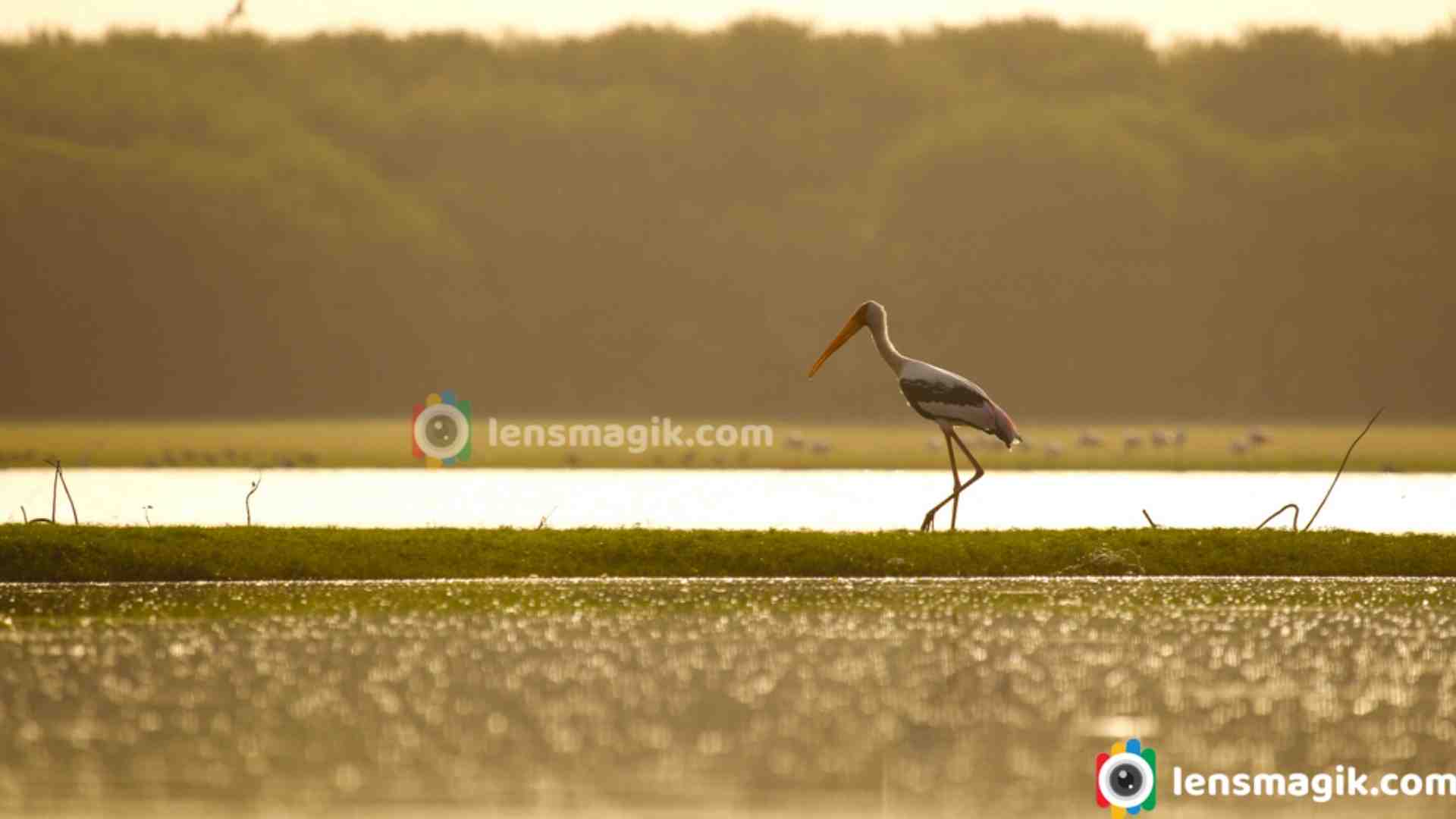
Painted Stork is a large wader bird. It is found in Asia, southeast Asia and South of Himalayas. Painted stork is not migratory bird. They can fly only short distance depend on weather and food. As per name it looks like beautiful paint on its body with black, white, pink and yellow color in different part of the body. They are generally found in wetlands, agriculture areas small farms and grasslands. In Gujarat they found at many bird sanctuary like Thol Bird Sanctuary, Nalsarovar Sanctuary, Jamnagar , Pariej Wetland and many other wetlands and outside sanctuary agriculture areas where the water level is low they easily found.
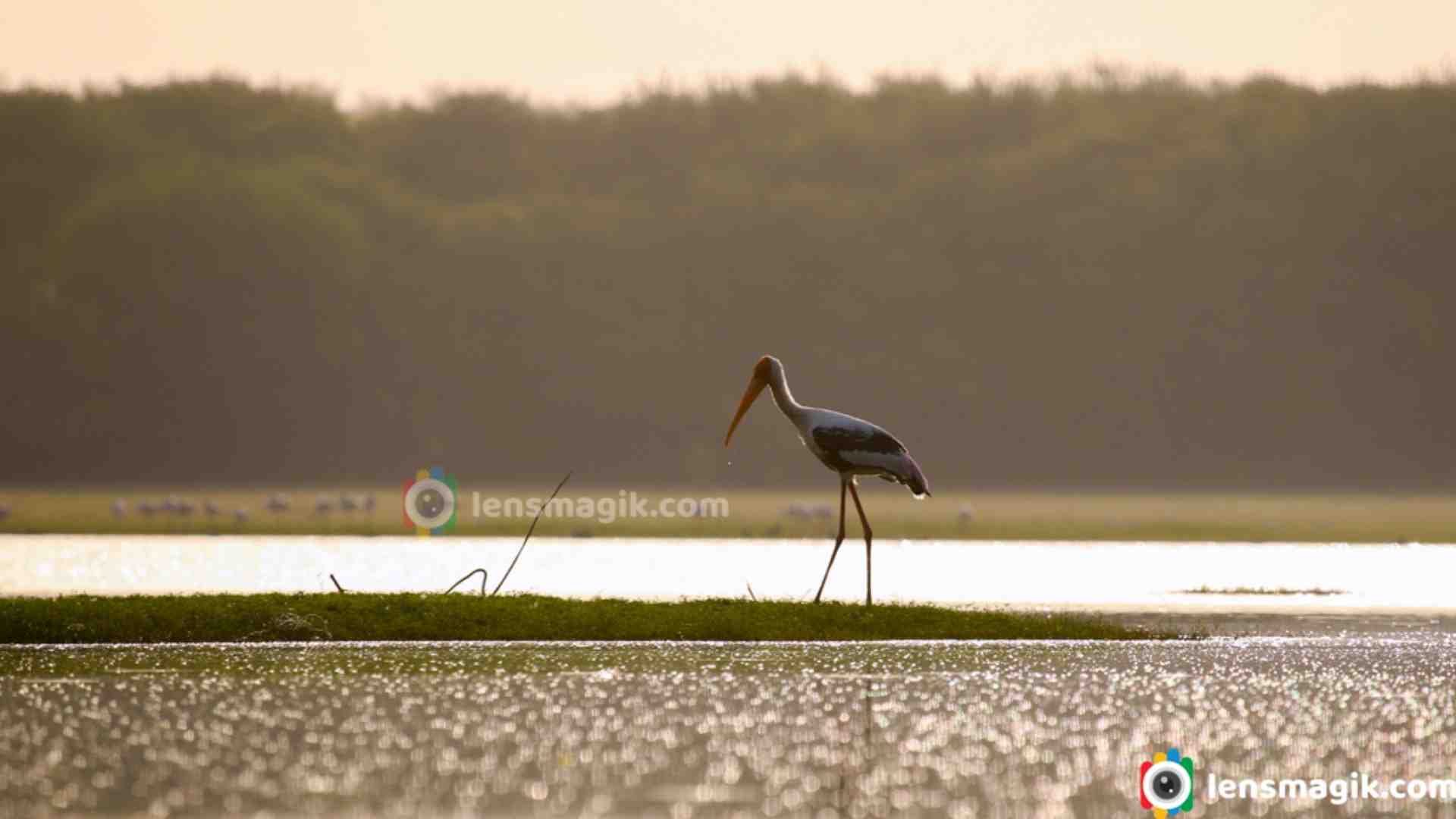
Description And Facts About Painted Stork :
- Painted stork is 90-100 cm tall and wingspan around 150-160 cm. Weight of Painted Stork is around 2-3.5 kg approx.
- Painted Stork have heavy yellow beak. Beak is down curved like an Ibis bird.
- Head of adult painted stork is red or orange. Legs are yellowish and wings are black and white on tip.
- Male painted stork are larger then female painted stork.
- Juvenile and young Painted stork are whitish grey bill and blackish skin.
- Painted stork are silent mostly.
- Painted stork widely distributed in Asia but they are absent from deserts, high mountain range, dense forest and dry areas.
- They mostly prefer freshwater wetlands, crop fields, irrigation canals etc.
- They breed on large trees to secure their nest from predators.
- They feed mostly small fish.
- Flock size is not big just less than 5. Sometimes flock size may reach to 50 in agriculture areas.
- The well known nest site in south Indian Village near Kokrebellur near to human habitats. Locals protect their nest during nesting seasons.
- Painted Stork is in Least Concern of IUCN list. Its population is decreasing and is in nearest threaten list.
- Young painted stork call loudly But after 18 month they are voiceless.
- Painted stork can live 28 years .
- Total 19 Stork spices found in the world and among them 8 spices found in India. In India the rare spices of Stork is The Greater Adjutant stork.
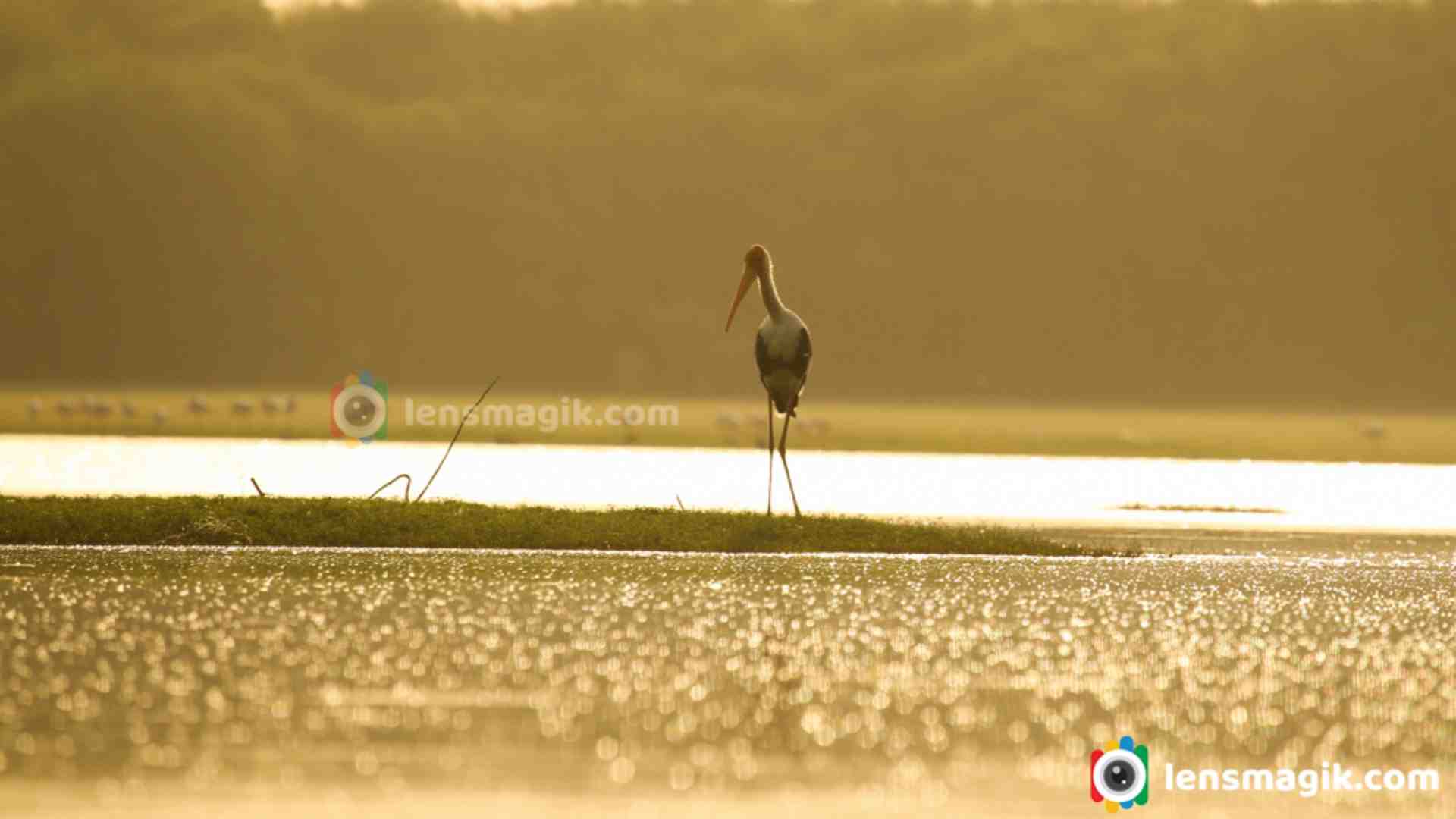
In Gujarat i found painted stork at Thol Bird Sanctuary during morning feeding time and also near to my farm which is in agriculture area near Narmada canal. During flying painted stork colors are looks awesome because of multicolor. I just like to watch them feeding very slowly. It long beak attract more for shoot photos of it. Pink color with black wings tip make painted stork more attractive. During sunrise i shoot painted stork at Thol bird sanctuary i took beautiful shot with golden light of sunrise in water. its a silhouette shot of painted stork looks amazing with golden light.
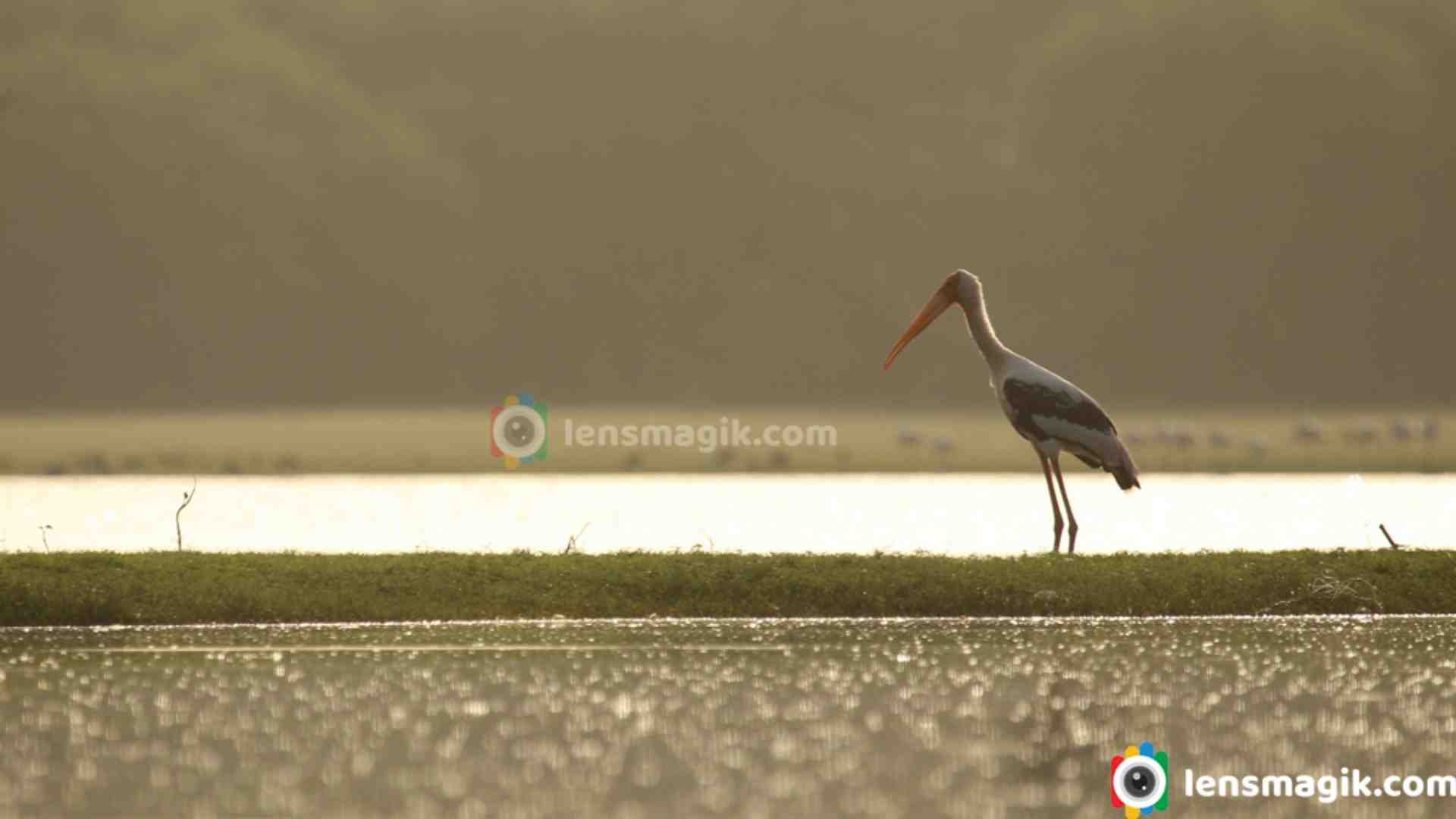
Camera used : Canon 6D, Canon 1000 D, Canon 100-400 mm lens
Location : Thol Bird Sanctuary
Exif Data of Image : F-stop : F/8 , Exposure time or Shutter speed : 1/400 sec., ISO :125, Focal Length 400 mm, white balance : Shade
Read more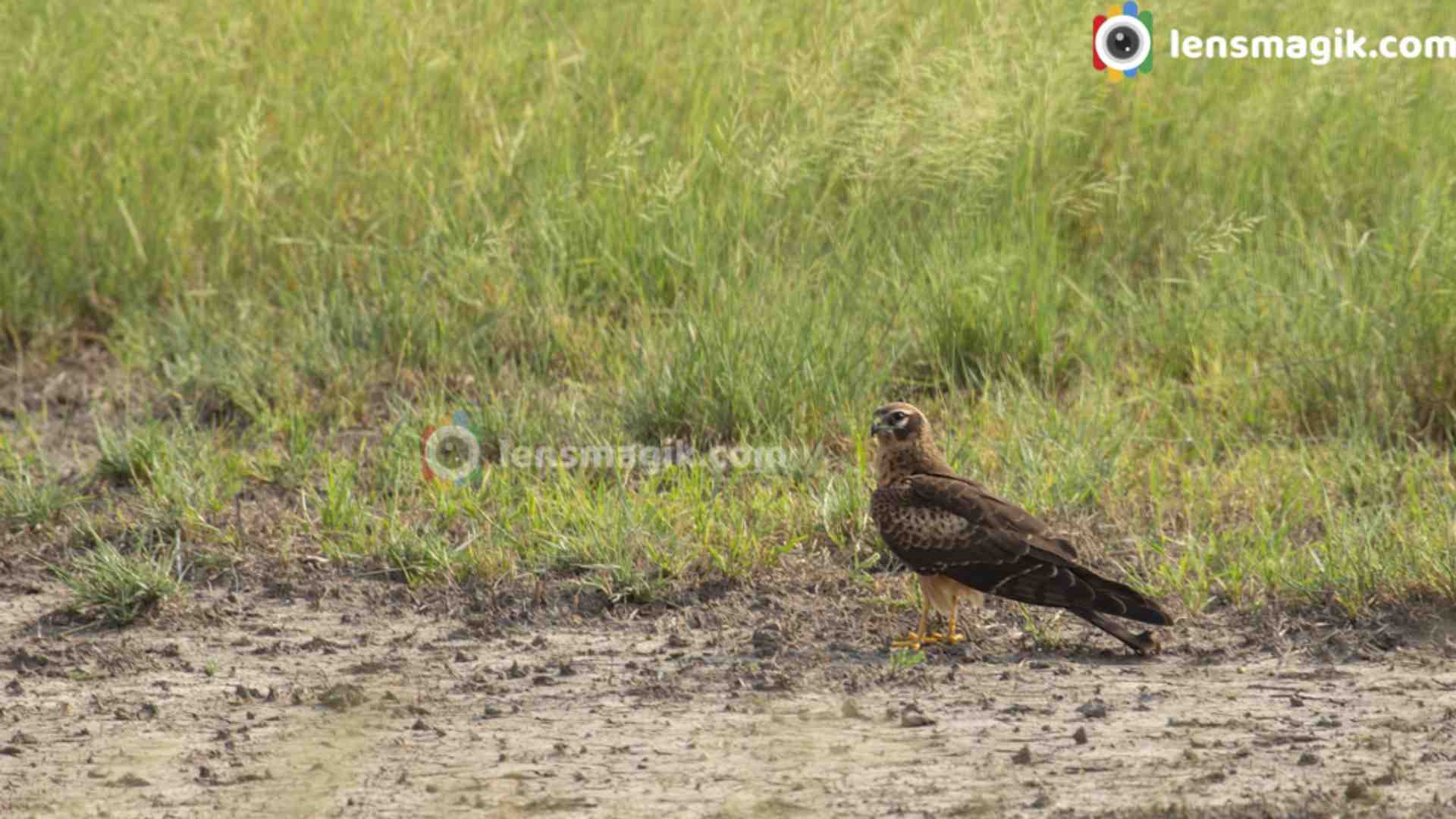
Montagu's Harrier is a migratory bird in
Gujarat. It is also a Bird of Prey. Binominal name of Montagu's Harrier is
Circus Pygargus. It is found in most European Countries and also can be
found in Eastern Palearctic. Breeding occur in Portugal ,
Northern Africa , Great Britain and Morocco. Montagu's Harrier also common
in may areas like Russia, France, Spain, Poland, Belarus etc. Montagu's Harrier
is a long distance migratory Bird. I Found it at Velavadar National Park in Gujarat. It is also found in Little rann of kutch also. It is small raptor but can seen large because of large wingspan.
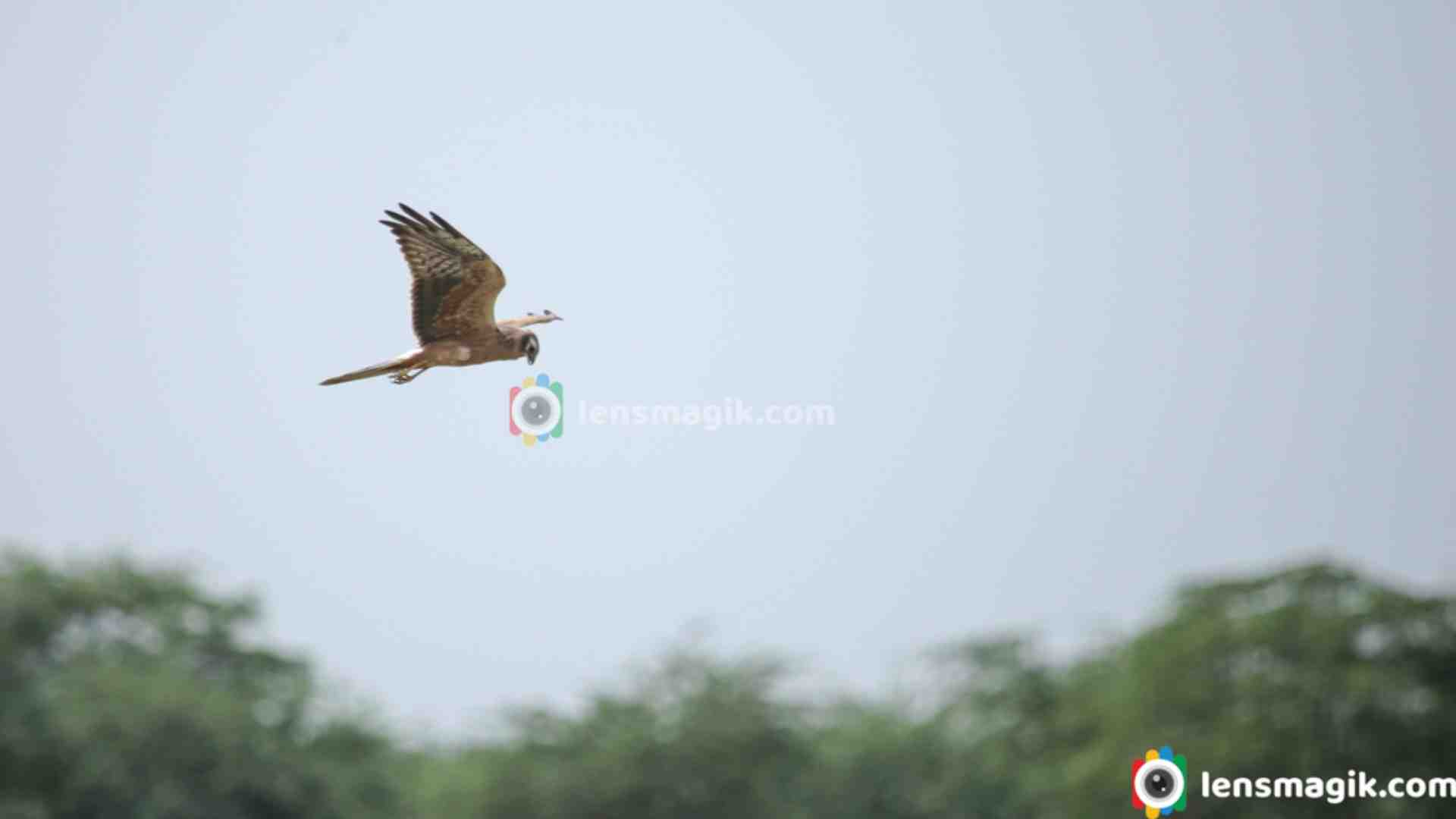
Facts and Description about Montagu's Harrier :
- Length of Montagu's Harrier is around 43-47 cm long and wingspan is around 97-115 cm.
- Male Montagu's Harrier weight is around 260-270 gm and female is around 340-350gm.
- Female is larger than male Montagu's Harrier.
- Montagu's Harrier is very similar to Pallid harrier and Hen harrier.
- It built nest at 1500 to 4900 mt height at lower lands, river and valley areas. Also built nest in agriculture areas and farm lands too.
- Montagu's Harrier need large open area for breeding.
- Montagu's Harrier feed small birds, small rodent, birds eggs, reptiles and insects.
- It can hunt while flying on fixed route and low height and low speed.
- Male montagu's harrier hunts around 12 km area from the nest and female hunts around 1 km area from the nest.
- Global population is around 150000-200000 approx.
- Female Montagu's Harrier lays 3-5 eggs. Eggs incubates in 27-40 days. After 28 days young Montagu's Harrier leave the nest and live individual after 2 weeks.
- They are long distance migratory birds . They start migrate in mid October.
Velavadar National Park is famous for Black Buck so it is also known as Black Buck Sanctuary. Area of park is around 34 sq km and it establish in july 1976. It is smallest National Park in India. In Velavadar national park there are lots of wildlife spices for wildlife lover.
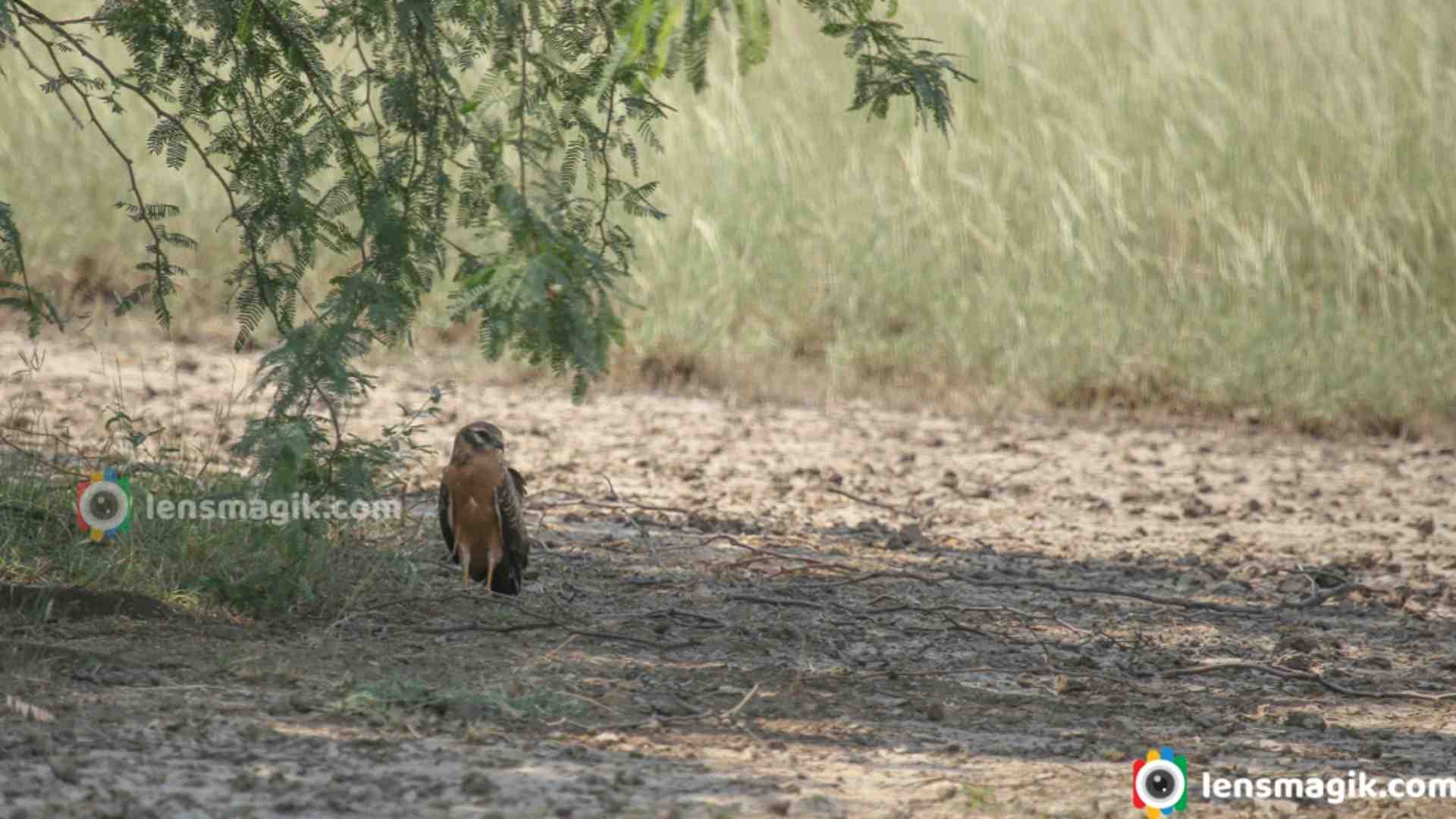
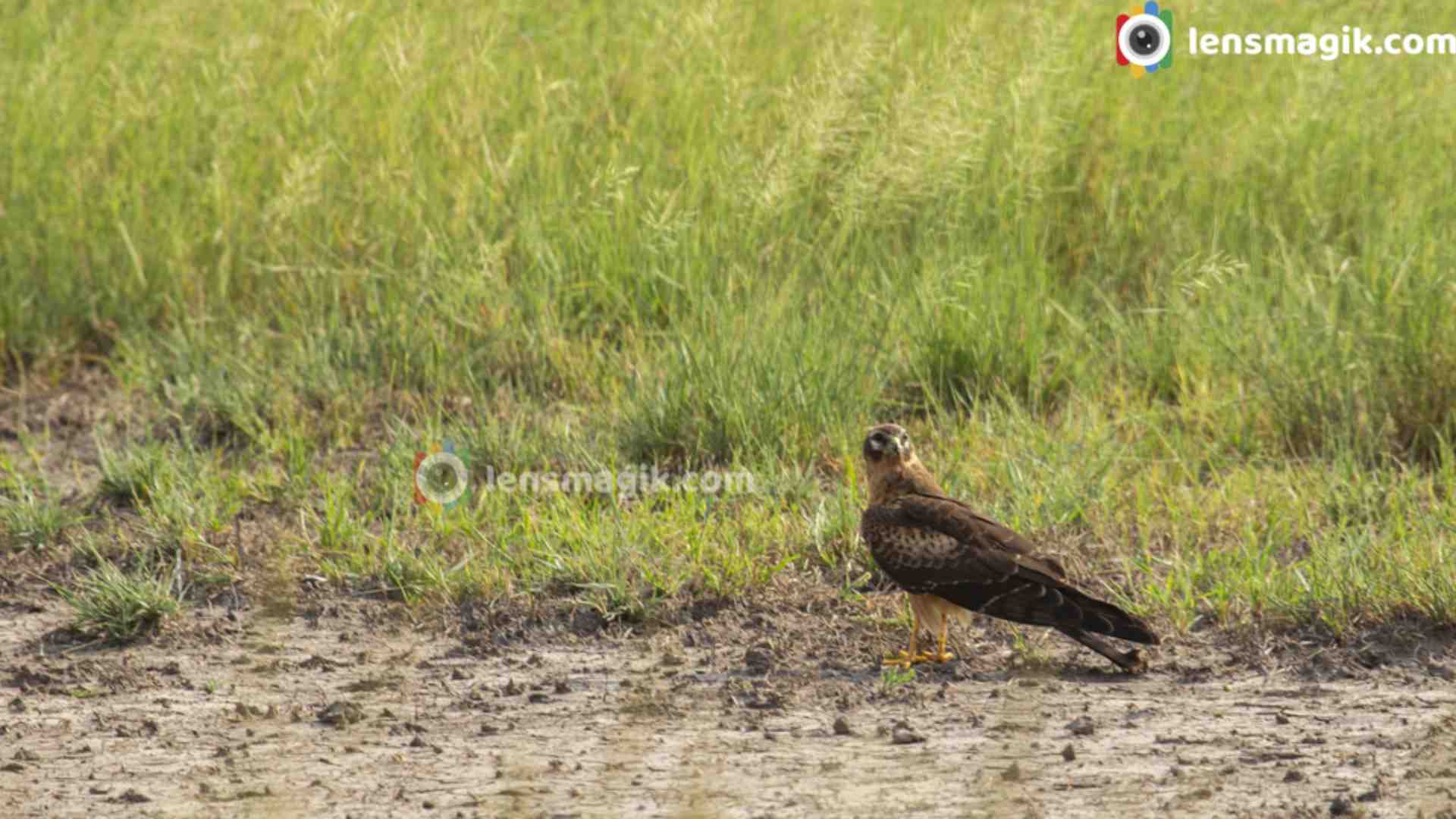
How to Reach Velavadar National Park :
Nearest big city is Bhavnagar around 47 km. From Ahmedabad it is around 140-150 km so by car you can reach in around 3 hours. Also Bhavnagar Railway station and Airport available for out state peoples.
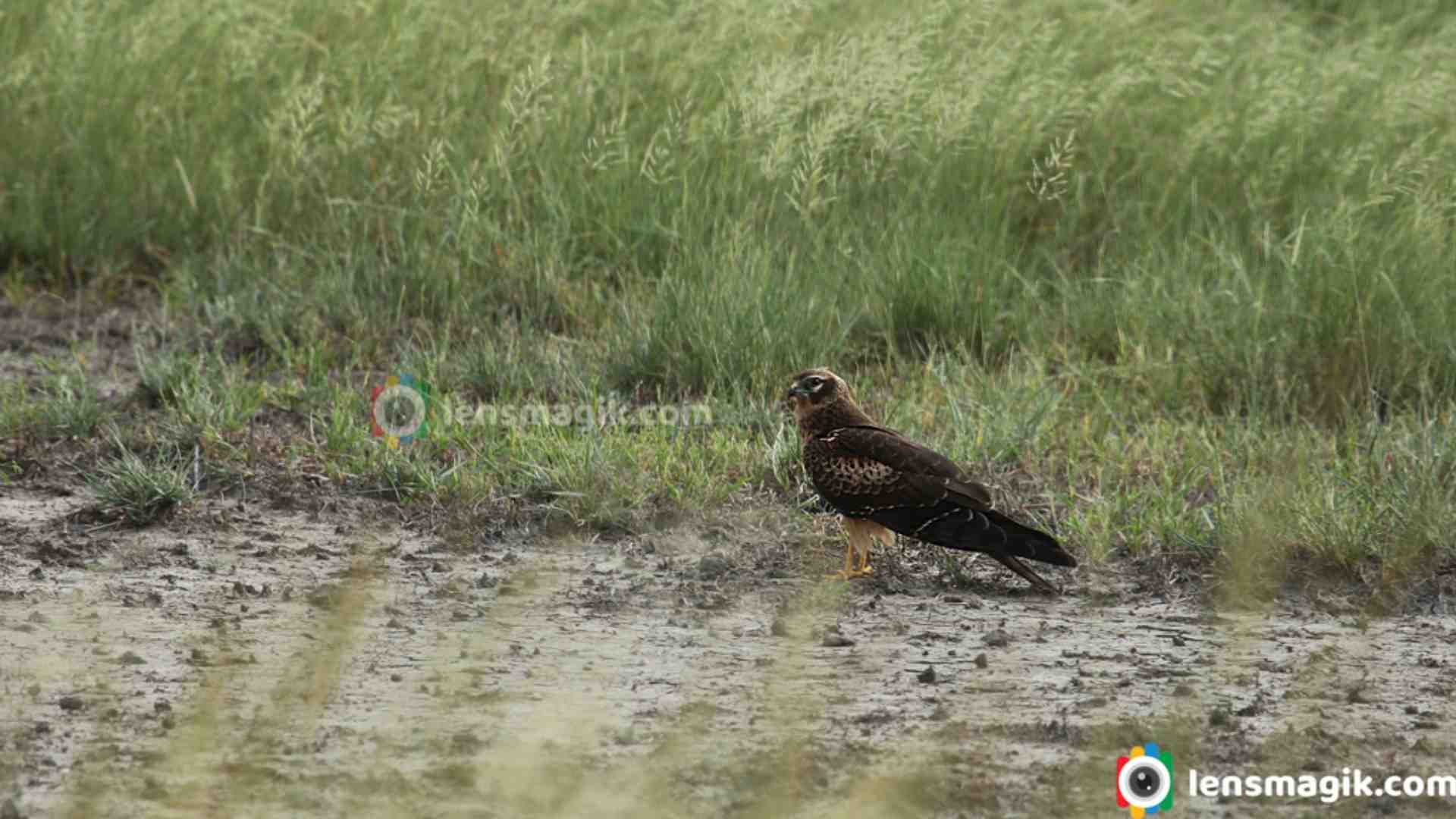
Velavadar National Park Fees and Timings:
Park fee is around 40 INR for Indian citizen , Car up to 6 person 400 INR, and for Foreigner it cost around 10 $ per person. For still photography they charge extra 200 INR and for Documentary or movie shooting charges 10000 to 50000 INR . Timings for safari is around 3 hours for 1 car.
Camera Used : Canon 6D, Canon 100-400mm lens
Read more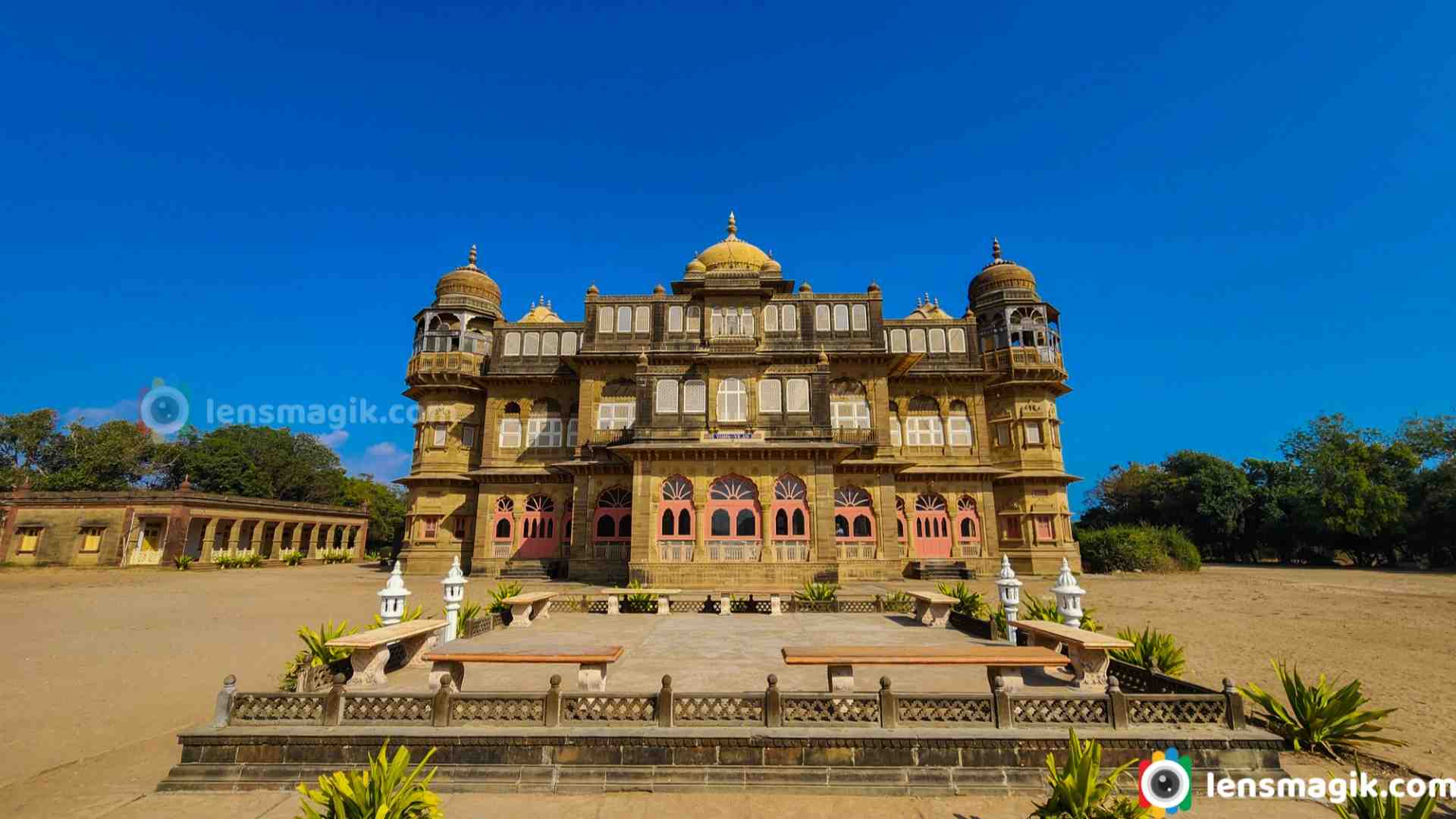
Vijay vilas palace is located in Kutch, Gujarat near Mandvi beach. Vijay Vilas Palace is popular tourist destination who visited Kuch and Bhuj.The resort was built as summer resort. It was built by Maharao shri Khengarji III for his sons Yuvraj shri Vijayaraji. The palace was built by red sandstone . It described the Rajput architecture. Vijay Vilas Palace is about 21 km from Mandvi beach. Total time for visiting vijay vilas palace is around 1-2 hours. Vijay Vilas heritage resort has own private beach. Vijay Vilas Palace is also a heritage hotel which provide A/C tented rooms with beach facing and access to private beach. you can have more details on Gujarat Tourism Vijay Vilas palace.
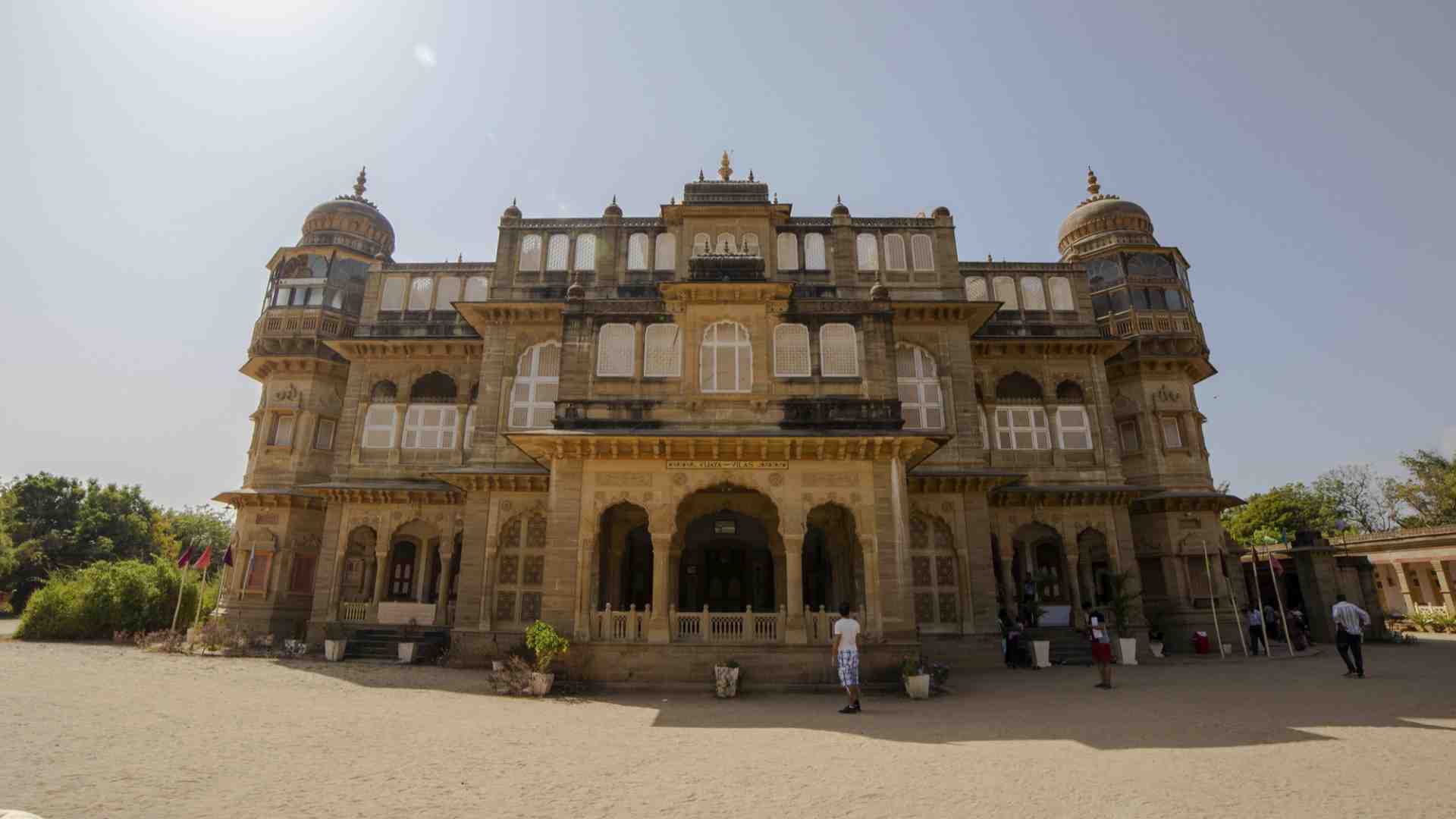
About Vijay Vilas Palace :
- · Vijay Vilas Palace was built by Maharao Shri Khengarji III.
- · Vijay Vilas palace covered total 700 acre area.
- · It has central high dom on pillars and Bengal domes on sides.
- · Windows are covered with colored glass and Jalis.
- · The palace is in the middle of garden where marble fountain and water channel are passed.
- · The Jalis, Jarokhas, Chajas, Chatris , colored glass work and stone carving made by craftsman of Jaipur,Bengal, Rajasthan and Saurashtra.
- · On the top of central dome open balcony where you can view 360 of surrounding area.
- · Vijay Vilas Palace has its own private beach. You can stay at palace with chargeable basis. Now its for museum purpose also.
- · In Vijay Vilas palace many bollywood movie shoots like Hum Dil De Chuke Sanam, Commando, Lagaan etc.
- · Palace construction started in 1920 and completed in 1929.
- · Inside palace you can see drawing room.
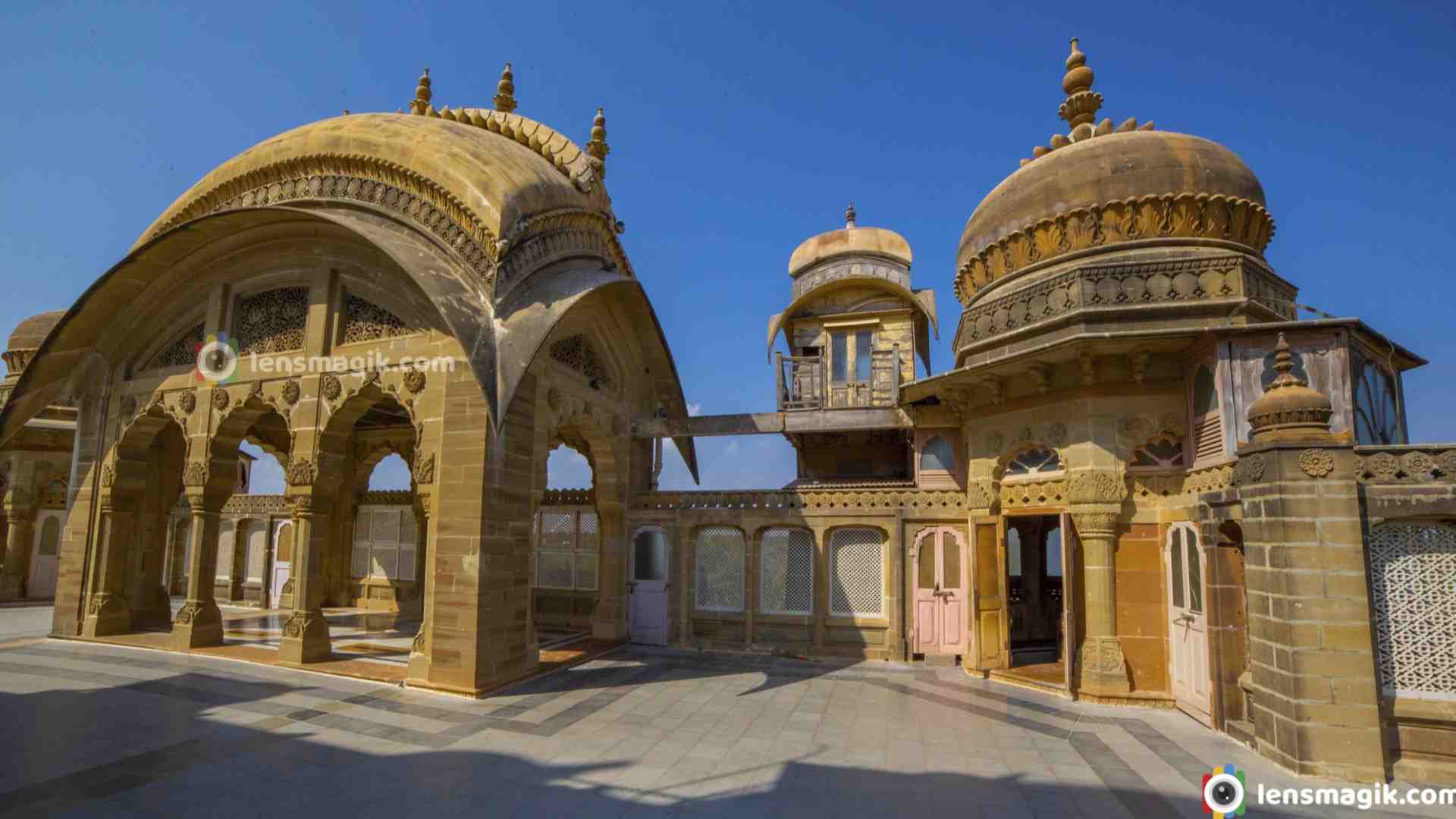
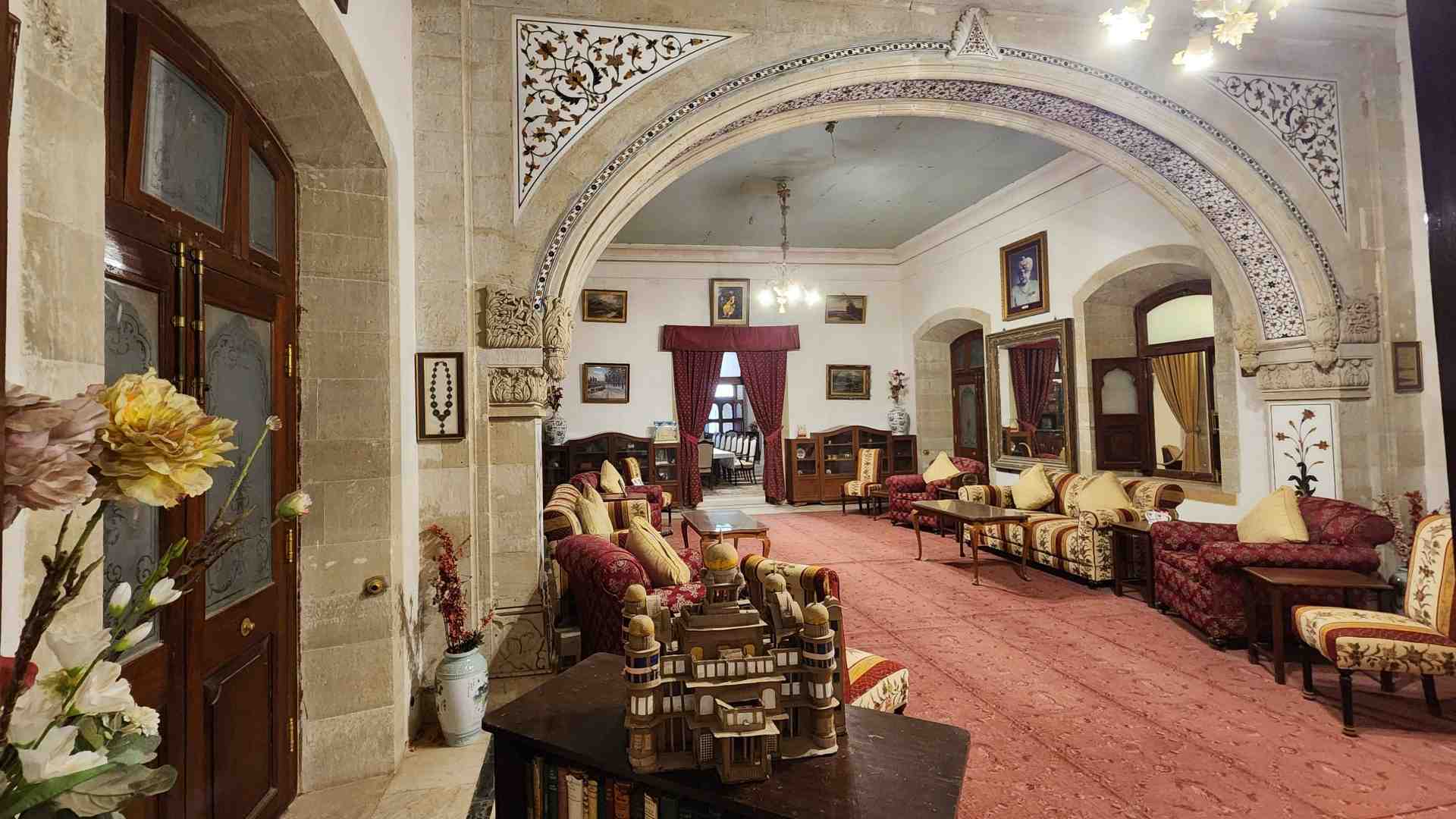
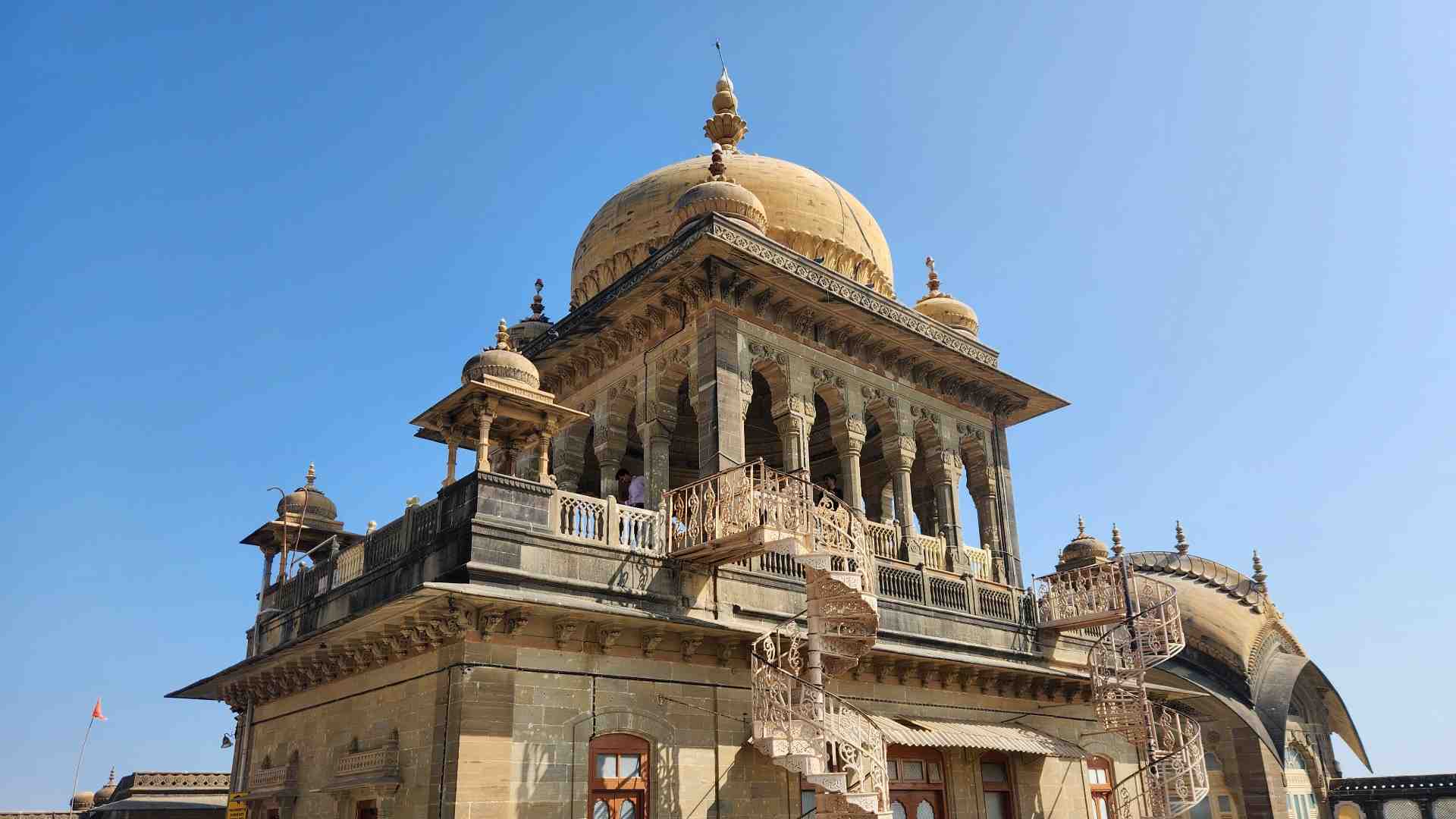
Entry Tickets for Vijay Vilas
Palace Bhuj:
Entry fees for Vijay Vilas Palace is INR 20 per person. Also Camera fees extra around INR 200 and photography charges around INR 50 .
Vijay Vilas Palace Bhuj
Timings :
Timings for Vijay Vilas Palace visit is morning 10 AM to 1 PM and in evening 3 PM to 6 PM.
Vijay vilas palace is closed on Thursday for visitors.
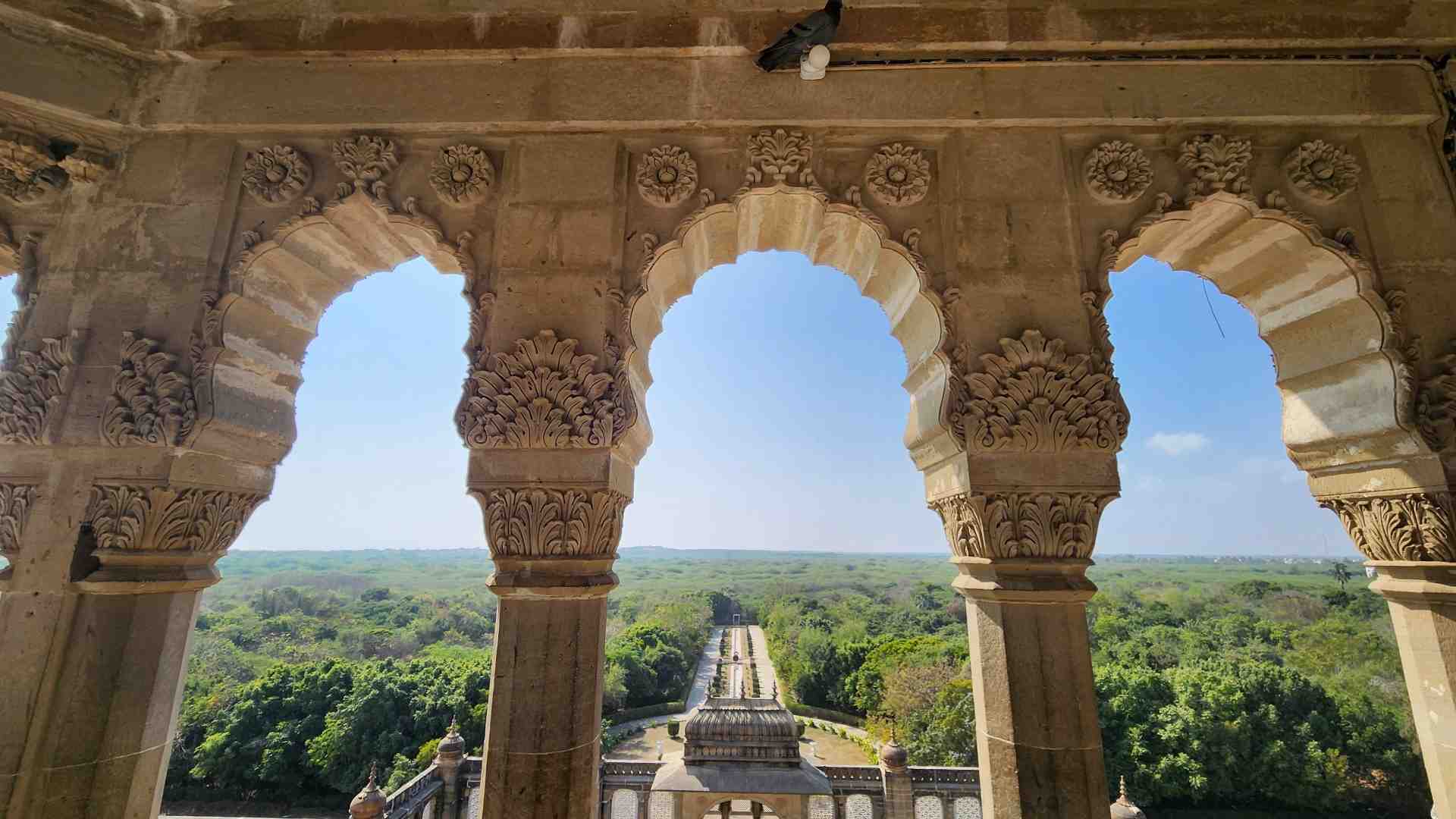
Nearest places to visit :
Mandvi Beach is the nearest place to vijay vilas palace around 20km distance. Beach is very neat and clean and lots of water activities are done here. It is not white sand beach but you can say its almost white sand beach.
Bhuj city is another place to visit around 65-70 km distance. In Bhuj you can also visit Aina Mahal, Chatradi, Smruti Van, Vandematram Memorial, Bhujyo Dungar etc and also local shopping too.
You can stay at Mandvi there are lots of hotels and resorts near to Mandvi beach. Or you can drive to Bhuj city where you have lots of hotel options to stay and also bhuj is main city of Kutch so you can easily go to White Rann from Bhuj, Dholavira, Road To Heaven, Kadiya Dhro etc.
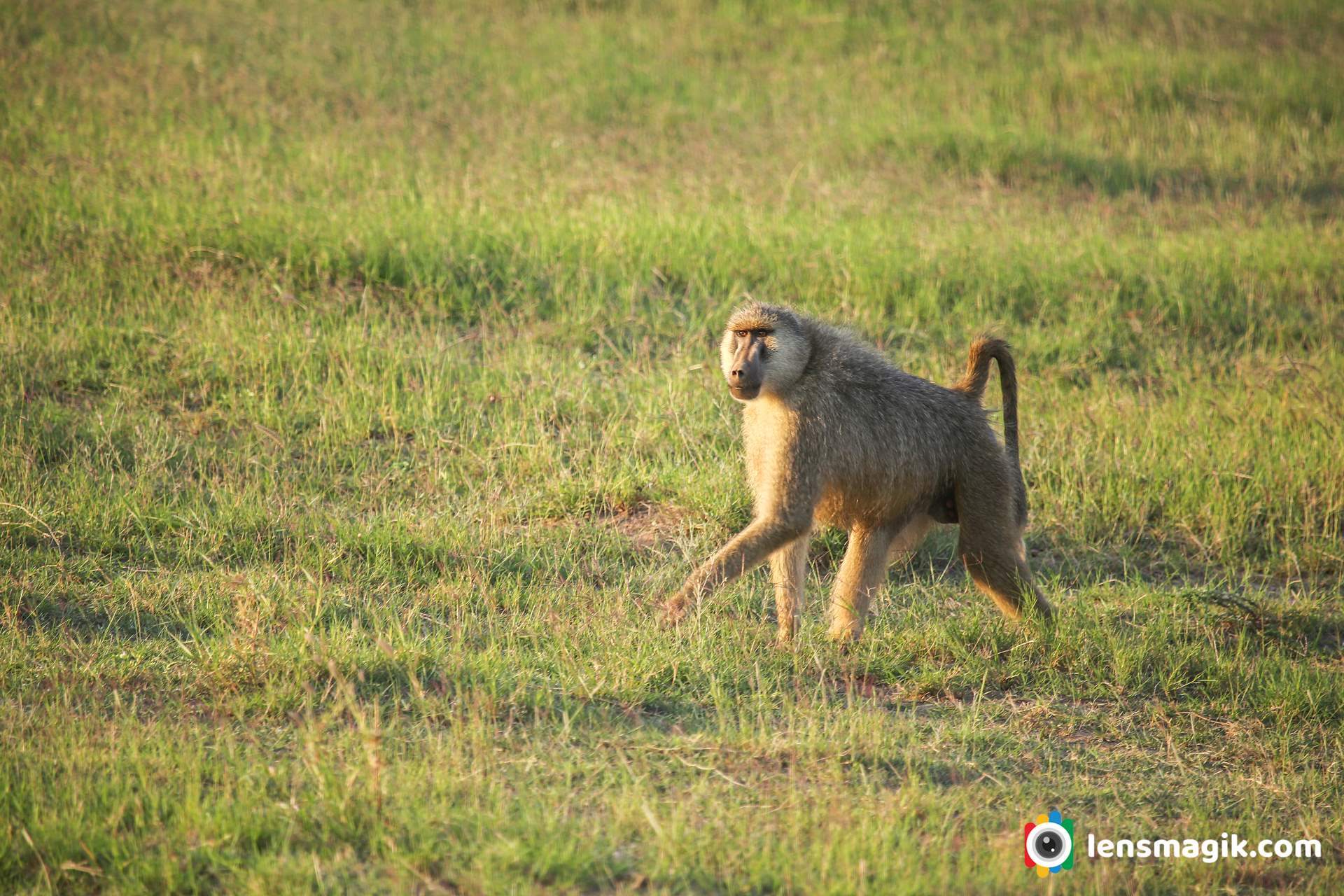
Baboons are Old world monkeys. In Kenya and Eastern Africa yellow baboon and olive baboon monkey spices found mostly. There are total 6 spices of baboon monkeys as below.
- Chacma Baboon – Found in Southern Africa
- Guinea Baboon – Far western Africa
- Hamadryas Baboon – Southwestern Arabia and Horn of Africa
- Olive Baboon – Savanna or North central Africa
- Kinda Baboon – Central Africa
- Yellow Baboon – Eastern Africa and South Central Africa
Well during my trip to Kenya I found Yellow Baboon monkey at Amboseli National Park and Masai mara National Park. I also found Vervet Monkey which is also a family of Old World Monkey too.
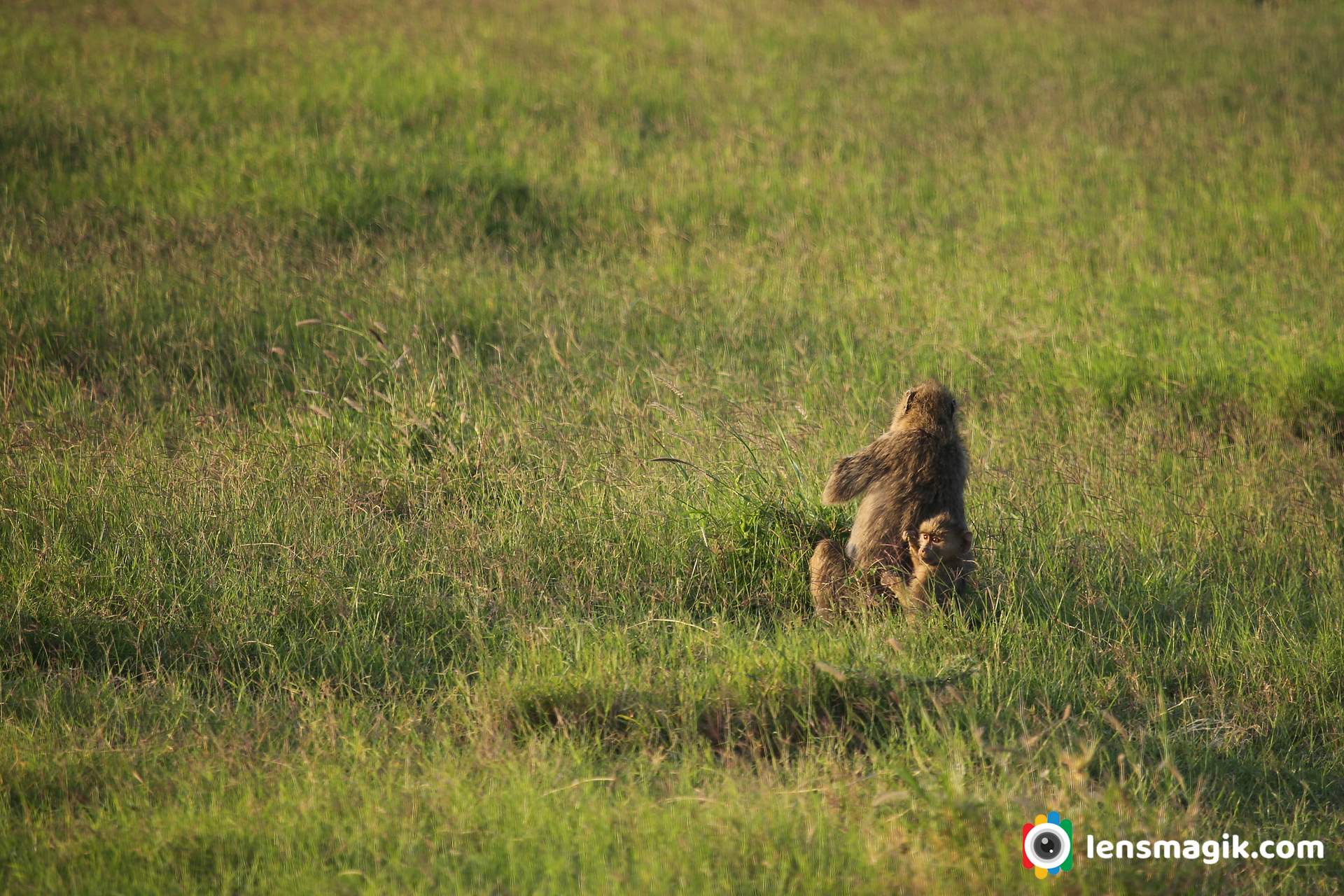
Yellow Baboon :
In Greek Yellow Baboon spices mean DOG HEAD as it has dog like shape of head and muzzle. Yellow Baboon found in Savanna , Kenya, Tanzania, Zimbabwe, Botswana and light forest in eastern Africa.
- Yellow Baboon has long arm and legs. It has slim body.
- It has yellowish brown hair so its called yellow baboon.
- Male yellow baboon can grow 84cm approx. and female around 60cm.
- Tail is almost as long as its body.
- Lifespan of Yellow baboon is around 15-20 years.
- They live in a group of 8-200 individuals.
- As yellow baboon is omnivorous they eat plants, fruits, leaves, seeds, warms, fungi, spiders, insets and small mammals.
- Male yellow baboon leads the group and females and and baby stay in center.
- Baboons are very strong. Weight of baboon monkey is almost 35 kgs.
- It has sharp teeth as long as lions.
- Yellow Baboon is in Least Concern in IUCN list.
- Yellow Baboon is a family of Cercopithecidae.
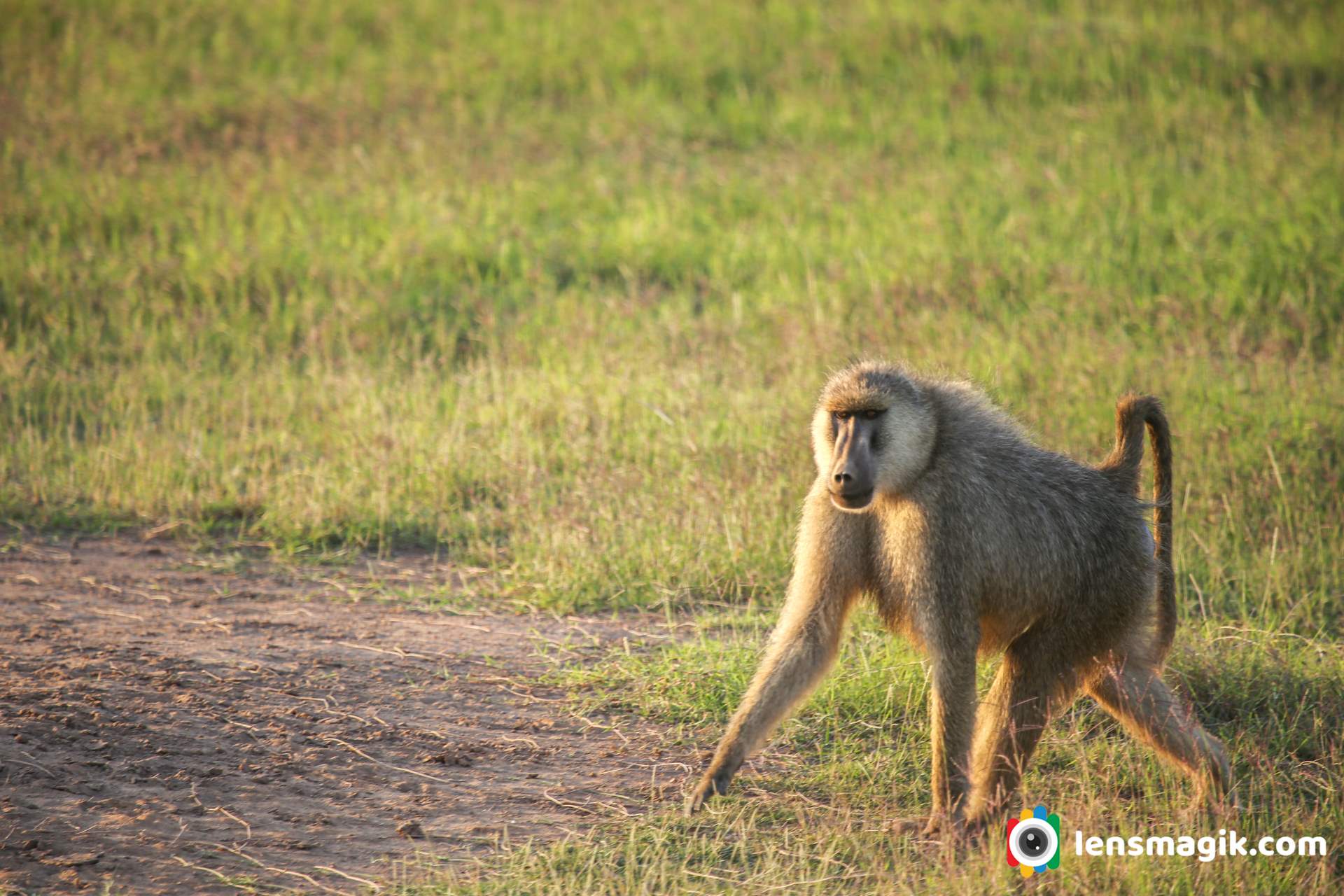
During morning safari at Amboseli National Park I found Yellow Baboon monkey family. They were too far but I catch them with my camera with good quality pictures. I shoot alone Yellow Baboon and also I take a picture of Yellow Baboon with Kid on his back. Baby looks very cute.
Vervet Monkey :
- Vervet monkey is also a old world monkey.
- It has black face and body hair color is grey.
- Vervet monkey have been noted for having human like characteristics.
- Weight of vervet monkey around 3 to 9 kgs.
- Vervet monkey range from Southern and east Africa, south Sudan to down south Africa.
- Vervet monkey killed by Pythons, eagles, leopards and baboons mostly.
- Vervet monkey is omnivorous so they eat fruits, flowers, vegetable , grains, seeds etc.
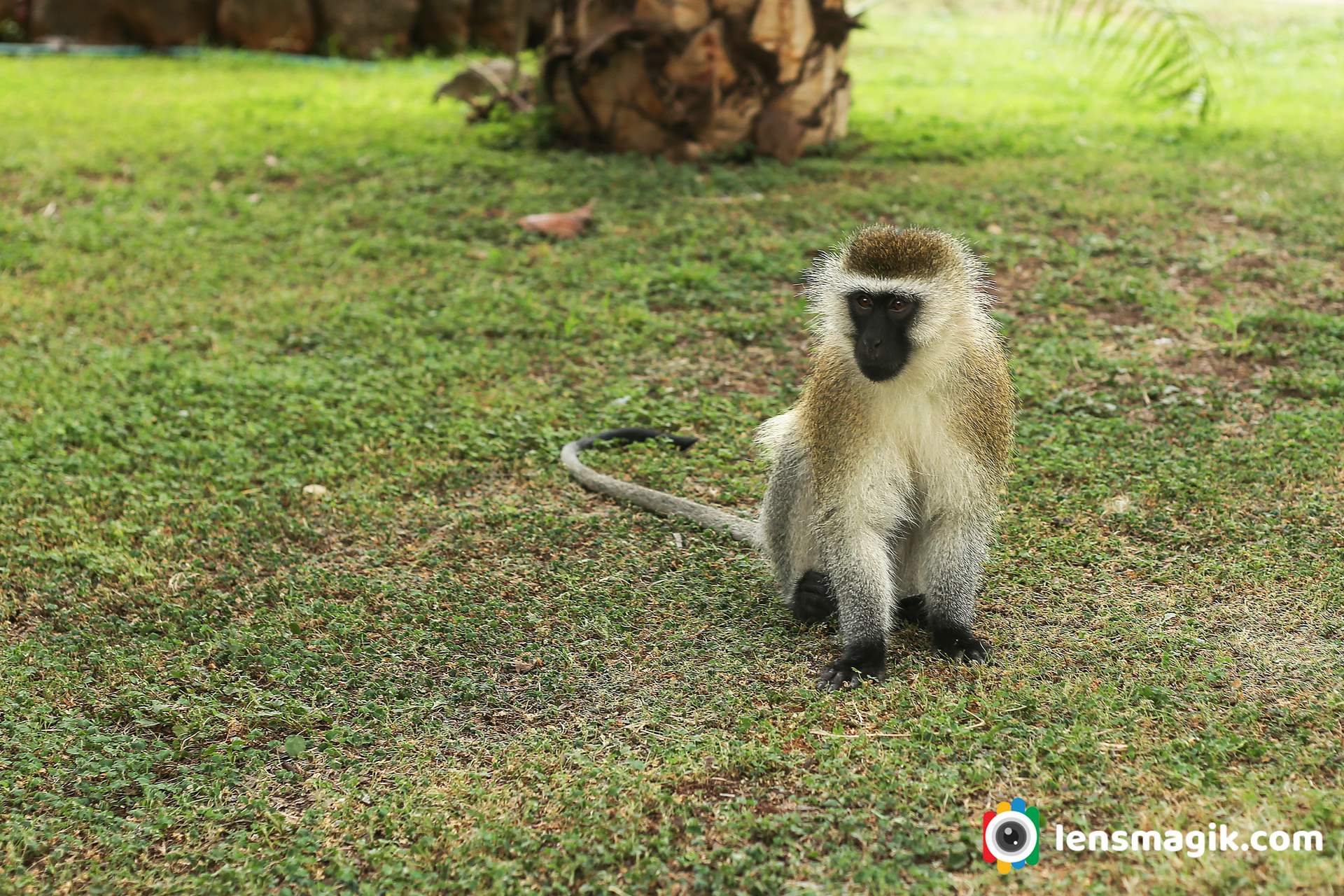

During my trip to Amboseli national park I found vervet monkey at my hotel play yards. They are cute and very friendly to humans until you do not disturb them. We stay at Ol-tukai resort at abmoseli national park. Good resort to stay and good hospitality. In amboseli National Park there are also huge number of African Elephants you can find. A group of elephants easily found in the Amboseli National Park. Also if weather is clear then you can see Mount Kilimanjaro during safari. I also wonder a shot of elephant with Mount Kilimanjaro but weather did not support me.
Gear Used : Canon 6D, Canon 100-400 mm lens.
Location : Amboseli National Park , Kenya , Africa
Read moreBar Headed Goose is high flying geese generally found in Asia. Bar Headed Goose and Bar Headed Geese both name you can use and both are same. It breeds in central Asia. It found many states in India during winter. In India its a winter visitor and breeds also during the month of November to April. For identification its looks simple because of it looks separate from other goose. There are black bars on head makes them different from other goose. It found in lakes and grasslands. I shoot them in Thol Bird Sanctuary near Sanand, Gujarat.
Migratory Birds In Gujarat : Bar Headed Geese/ Bar Headed Goose
You can call Bar Headed Goose or Bar Headed Geese also. It is migratory bird in India and also it can fly long distance and also at high altitude too. Some description and interesting facts about bar headed goose are as follow
- Bar headed goose size around 70-75 cm length and weight around 2-3.5 kg
- Bar headed Goose color is pale grey. It is easily different from other geese birds as it has black color bars on head so it is called bar headed goose.
- Bar Headed Goose call is like typical goose honking.
- Bar Headed Goose breeds in Central Asia near mountain lake. Also breeds in winter in south Asia.
- Bar Headed Goose lays 3-8 eggs at a time.
- Bar Headed Goose known for high altitude flying bird because it fly over the Himalayas. Before crossing Himalayas it migrate from South Tibet, Kazakhstan, Mongolia and Russia.
- Bar Headed Goose is one of the Wolrd's Highest flying birds.
- Some report says it fly over Mount Makalu ( fifth highest mountain in World ) around 27825 ft and also from Mount Everest around 29029 ft but this report has no verification but we must say that Bar Headed Goose is high Altitute flying bird. It is an interesting subject to study for Naturalist that why Bar Headed Goose flying so high and extream altitude.
- Bar Headed Goose built their nest in Tibetan Plateau.
- Bar Headed Goose has little large area of wing than other goose because of their weight.
- Bar Headed Goose can migrate around 1600 km in a day.
- Rajhans is the Gujarati name of Bar headed Goose.
- Bar headed Goose eat plants and invertebrates.
- Bar Headed Goose is Least Concern in IUCN list.
- Bar headed Goose Binominal name is Anser Indicus
In Thol Bird Sanctuary lots of migratory birds found and more than 150 different spices of birds found . Main attraction of Thol Bird Sanctuary is Greater Flamingo, Lesser Flamingo, Great White Pelican , Bar Headed Goose, Ducks, Waders, Blue Throat, Flycatcher, Greater spotted Eagle, Pochard and many more.
During winter to summer season this bird is found at Thol Lake. I often travel to Thol Lake because its very near to my house. I reach early morning and back after half day. This time Bar headed goose is very close to me. I am so lucky that i got very sharp and clear blurred picture.The bird looks awesome in solo picture and in duo and also in a group. Bar headed goose is very shy bird so its is too difficult to get them very close. They are also high altitude migratory birds and passes over Himalayas from migration time.
Camera Used : Canon 6D, Canon 80 D, Canon 100-400mm lens
Location : Thol Bird Sanctuary, Sanand, Kadi
Places to Visit near Thol Bird Sanctuary : Adalaj Ni Vav, Motera Sun Temple, Little Rann of Kutch, Mahatma Mandir Gandhinagar.
Read more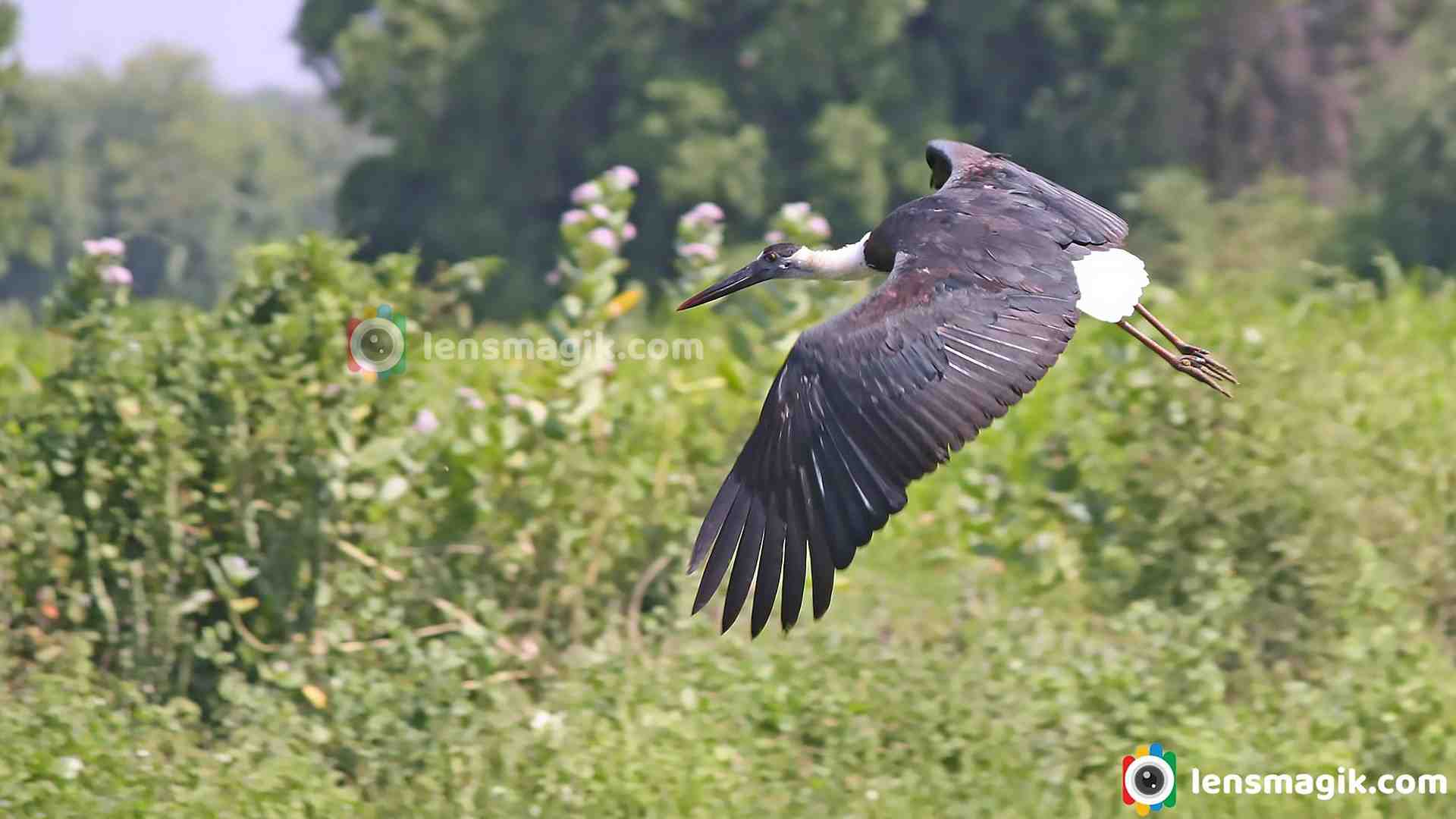
Asian Woolly-necked Stork is the large wading bird and it is also known as Asian Woollyneck . It is a spices of Stork family and large wading bird. It is widely spread spices and it breeds in Asia , India and Indonesia. It generally found at wetlands, agriculture field, cliff, and on trees. It also build nest on trees, mobile towers. Asian woolly necked stork found in Gujarat at many places like Thol Bird Sanctuary, Nal Sarovar Bird Sanctuary, Velavdar Sanctuary, and many more agriculture lands and wetlands, small ponds etc. I shoot it at agriculture land near vamaj village neat to kalol.

Facts and description about Asian Wooly-necked Stork :
- Binomial name of Woolly-necked stork is Ciconia Episcopus.
- Wooly necked stork is medium size stork in stork family
- It is around 75-92 cm in height.
- The iris of wooly necked stork is crimson or similar to wine red.
- Overall body is black in color . Neck is white and underparts are glossy purple or dark green. under tail and lower belly are white in color.
- It has long legs and heavy bill.
- Asian Woolly necked stork breeds singly. It breeds in India, Asian and Indonesia.
- They are attracted of fire in farms and agriculture because they found insects easily run away from fire .
- It has long and browed wings to travel long distance.
- They are generally in solo, pair or in 4-5 group. Flocks are generally found in summer when wetlands are very few.
- Asian woolly necked stork generally eat insects, reptiles and amphibians.
- They build nest in agriculture area on trees. They lay 2-6 eggs.
- Population of Asian woolly necked stork population is decreasing . It is now in near threaten ( NT ) in IUCN list.
Well Like Asian woolly necked stork the other stork spices found in Gujarat is Painted Stork too. Size of both are almost same but difference of color. In Gujarat there are lots of bird sanctuary where we can found woolly necked stork and painted stork. My nearest bird sanctuary is Thol bird Sanctuary. In Thol Sanctuary there are more than 150 spices found by bird watcher.
Gear Used : Canon 6 D , Canon 100-400mm lens
Location : Near vamaj village at agriculture area.
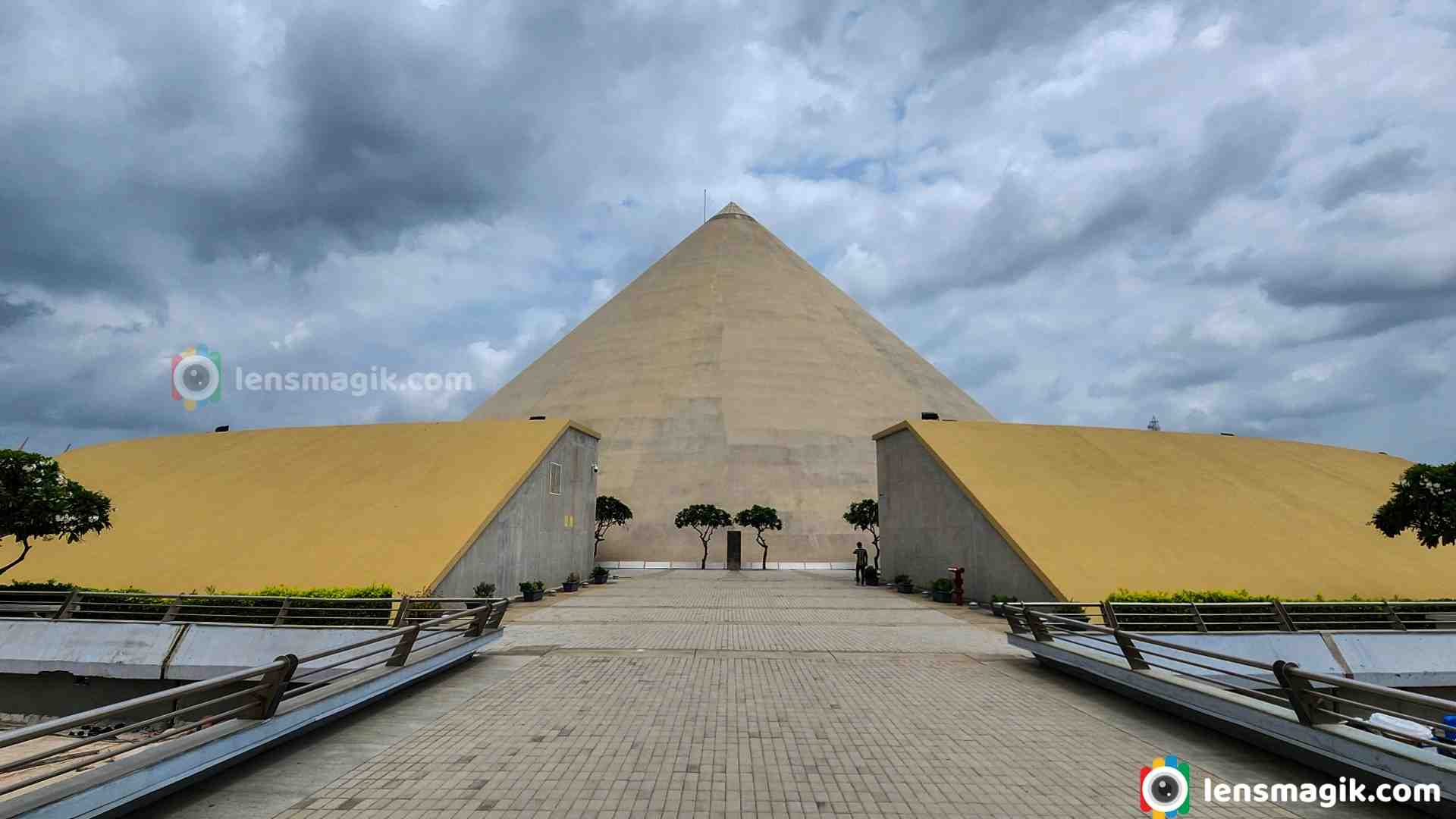
Gandhi Kutir is a convention center is located in Gandhinagar in sector 13 C. It is also known as Dandi Kutir. It is inspired by life of Mahatma Gandhi. It is spread in 34 acers area so it is the biggest convention center in India. Gandhi Kutir developed by Government of Gujarat. Many business summits like Vibrant Gujarat held here. Government of Gujarat developed Mahatma Mandir as a place of development and Unity. It was built by L&T . The design and planning of Mahatma mandir is environment friendly. Gandhi Kutir is a 41 meter high dome represent the famous Dandi March by Mahatma Gandhi. Gandhi Kutir Museum built on life of Mahatma Gandhi . It describe full life about Mahatma Gandhi from childhood to Purna Swaraj against British. In the Gallery there are different levels . At different levels different techniques used like 3D mapping , 3D holograph, 360 degree projection, Interactive Audio , LED screens and photographs.
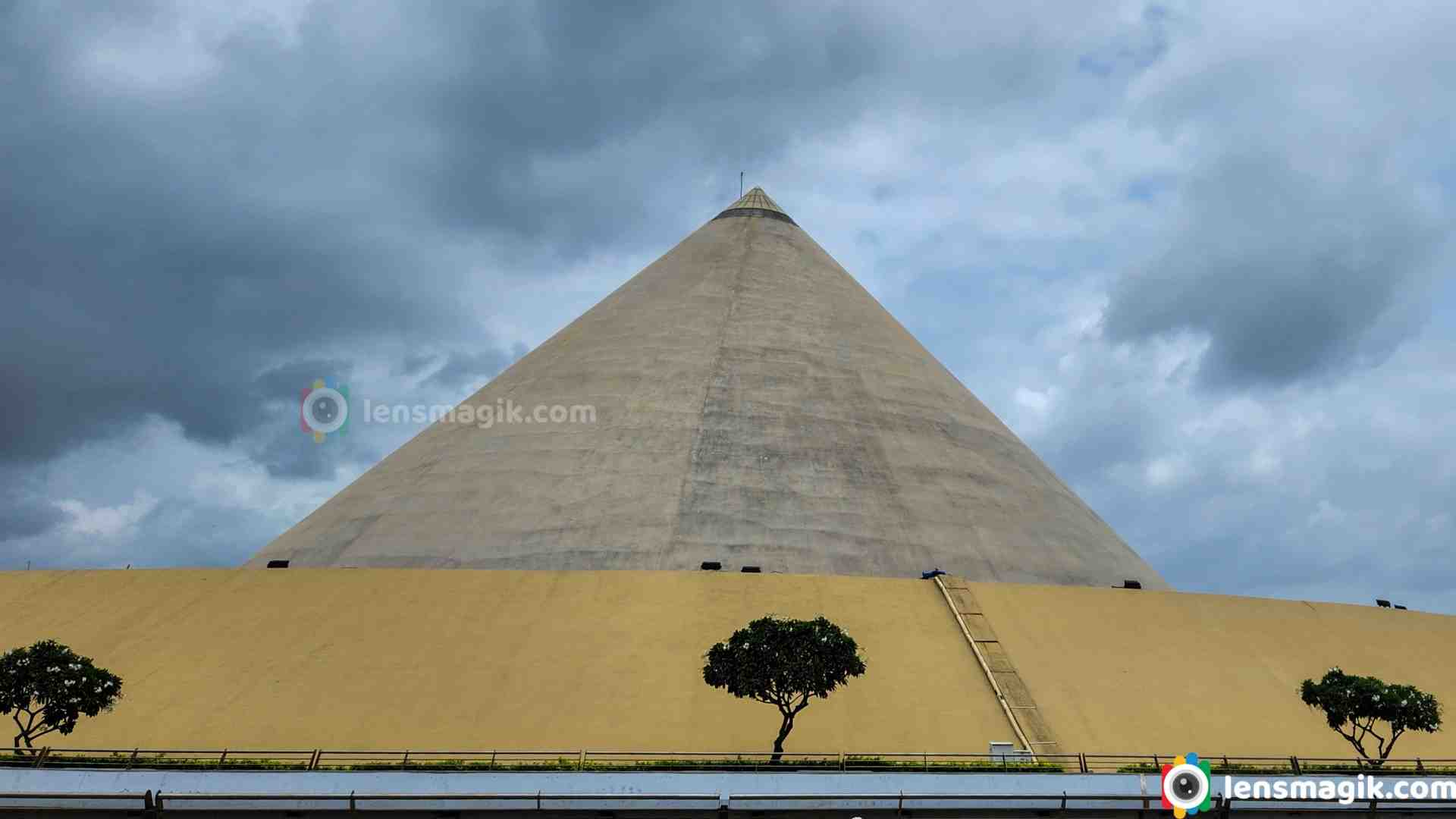
There are three part in Mahatma Mandir area :
- Convention Center : Convention center is column free air-condition hall. Total capacity of convention hall is around 15000 people at a time. Theater style hall can accommodate around 6000 peoples. It has 4 seminar hall with capacity of 500 of 3 hall and 1000 of 1 hall. Convention and exhibition area has natural light and air spaces. It is also equipped with sufficient lighting and waste water management.
- Memorial : Memorial is dedicated to Mahatma Gandhi . It was constructed by Shapoorji Pallonji and company limited. In the memory of Dandi March a suspension bridge was built. A dome like structure made by concrete and it represent salt mound houses, library and research center. Outer side of Dome structure a beautiful garden made for sitting. Also a Chakra or Spinning Wheel was built.
- Central Vista : A 3 km long and 162 mt wide road constructed to connect Mahatma Mandir and Gujarat Legislative Assembly. Road has three lanes both side and between road there is a garden.
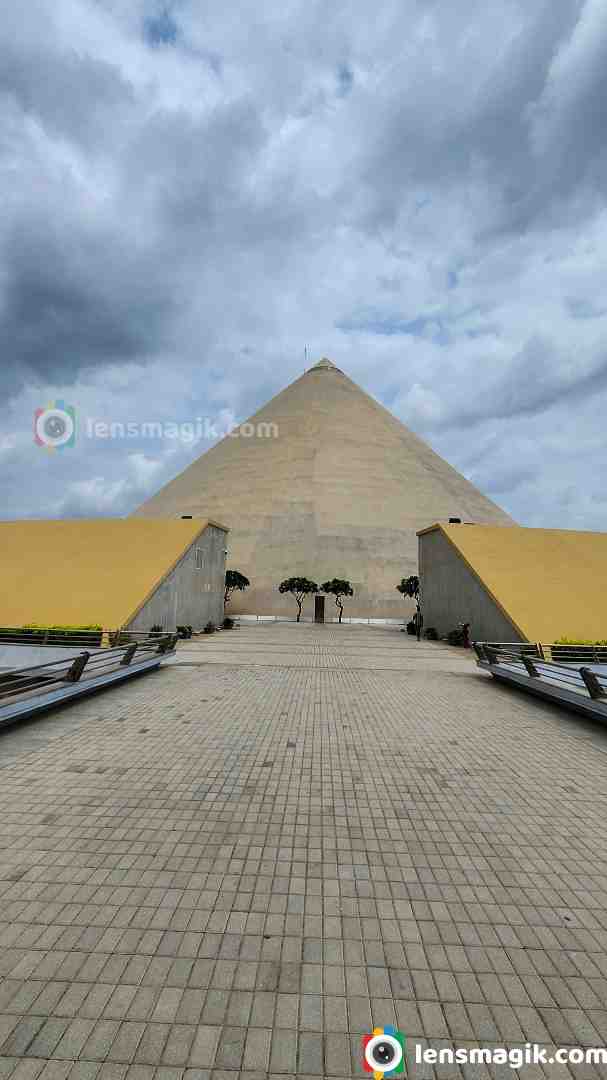
Entry Fee for Gandhi Kutir :
An entrance fee for Gandhi Kutir is 10 INR for Indians and 200 for foreigners. Free tickets for school and collage students but they have to submit request on school or collage letterhead. Free entry for disabled.
Timings for Gandhi Kutir :
Timings for Visit Gandhi Kutir is Tuesday to Sunday 10:30 AM to 5:00 PM . Monday Gandhi Kutir visit is closed.
How To Reach Mahatma Mandir :
Nearest Airport is Ahmedabad. From Ahmedabad airport to Mahatma mandir is around around 20-22 km distance.
Nearest Railway station is Gandhinagar railway station.
Hotels near Mahatma Mandir : The Leela Hotel located on Railway station near to Mahatma Mandir . It is 5 star hotel so bit costly. Also cheap hotels available in Gandhinagar too.
Places to Visit Near Mahatma Mandir : Adalaj ni Vav is the nearest place to visit which was in between Gandhinagar and Ahmedabad. Also Narendra Modi Stadium which was world's largest cricket stadium.
Read more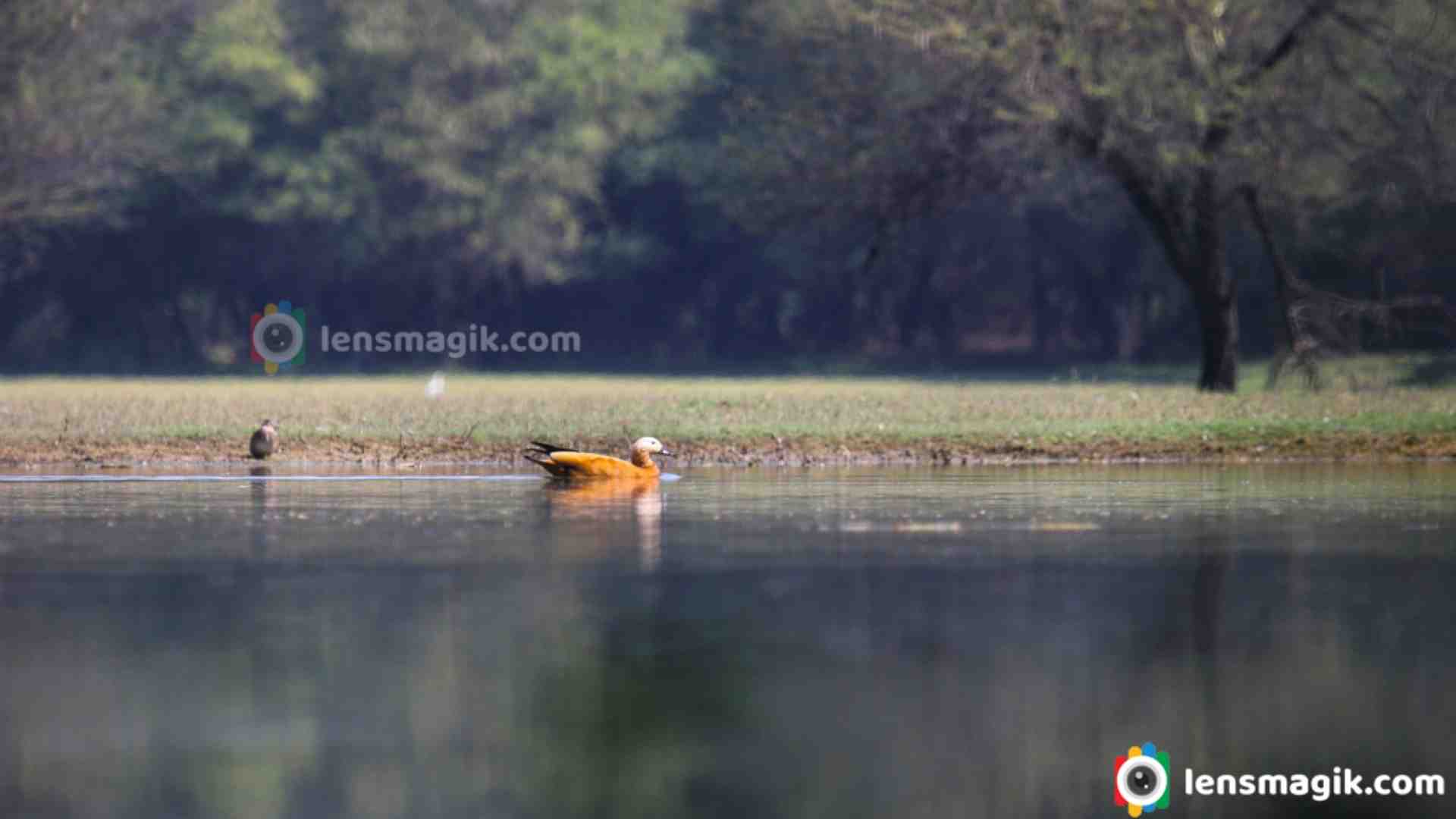
Ruddy Shelduck is migratory bird in India and also in Gujarat. It is generally found in many wetland areas and bird sanctuary like Thol Bird Sanctuary, Nal Sarovar , Little rann of Kutch , Pariej Wetland etc. It is known as Brahminy Duck in India. They are resident in Northwest Africa and Ethiopia. Their main breeding area are southeast Europe, China and Mongolia. Ruddy Shelduck is common winter visitor in India during October to April. Ruddy shelduck generally found near lakes, rivers , reservoirs and water bodies. Ruddy shelduck is the member of shelduck Genus Tadorna in wildfowl family Anatidae.
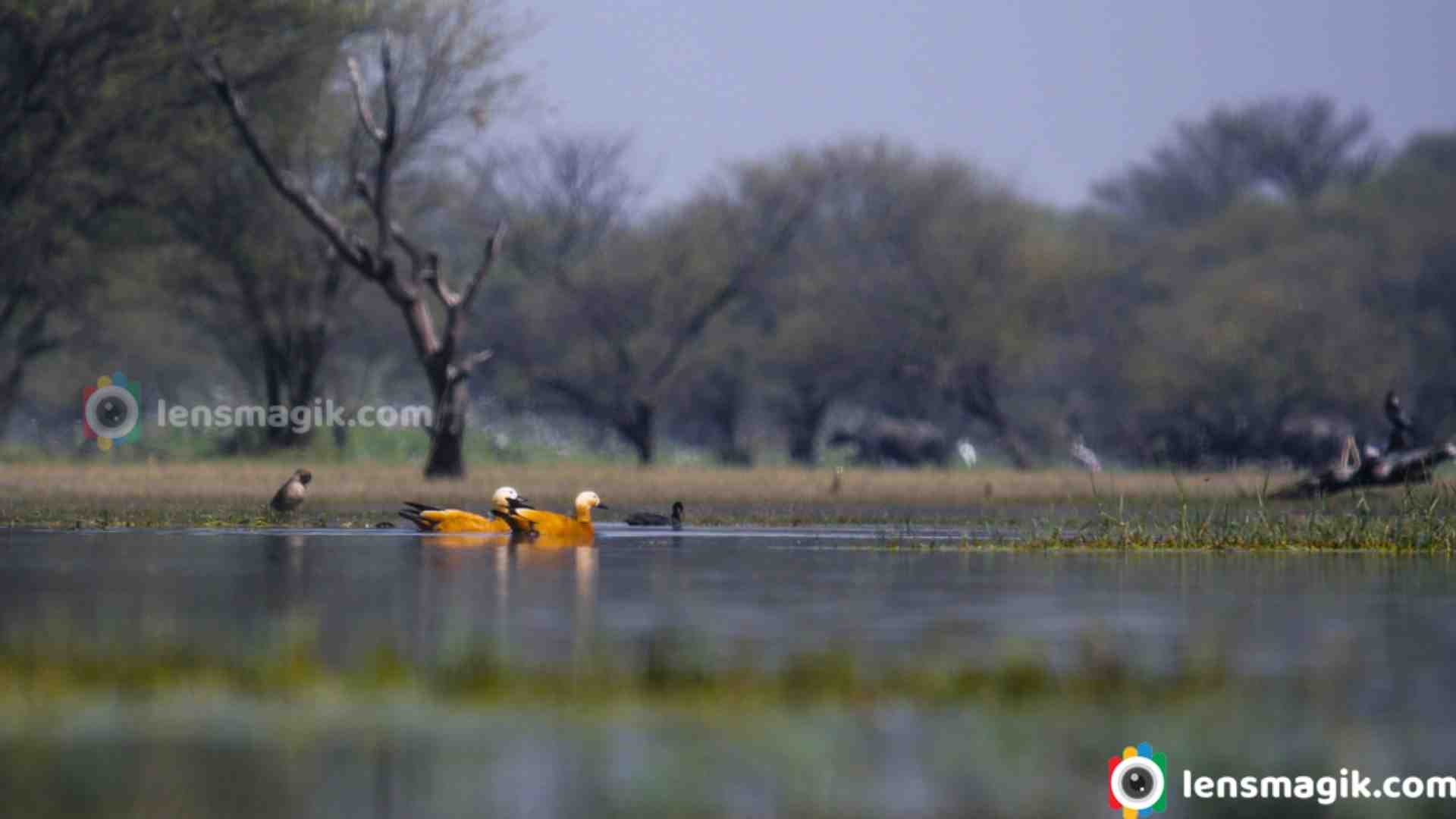
Description and Facts about Ruddy Shelduck :
- Length of ruddy shelduck is around 56-70cm . With wingspan length is around 110-135 cm.
- Ruddy shelduck body is orange brown, head is paler , tail is black and wings feather during flight is black also.
- It is migratory bird in India during winter . It breeds in Central Asia, southeast Europe .
- Female Ruddy Shelduck lays around 8 eggs . Female incubate them for four weeks.
- Ruddy Shelduck call loud nasal honking notes in series. They can call from ground and from air also.
- Juvenile is darker brown shade but very similar to female.
- Ruddy Shelduck is mainly nocturnal bird. It is omnivorous and feed grass, plants, grains and aquatic invertibates.
- Population of Ruddy shelduck is around 170000 to 225000 approx.
- Ruddy shelduck is in least concern bird list in IUCN list
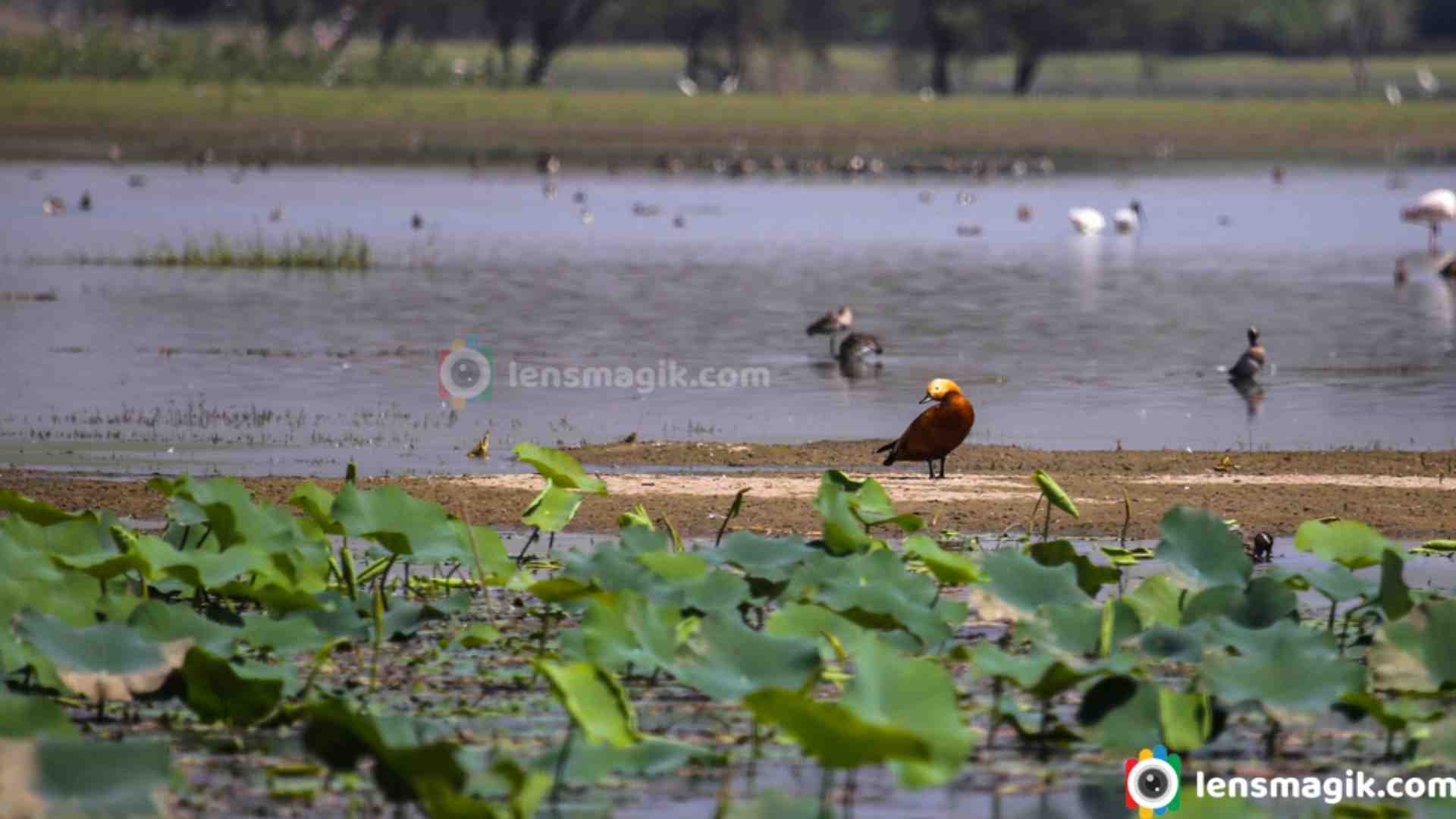
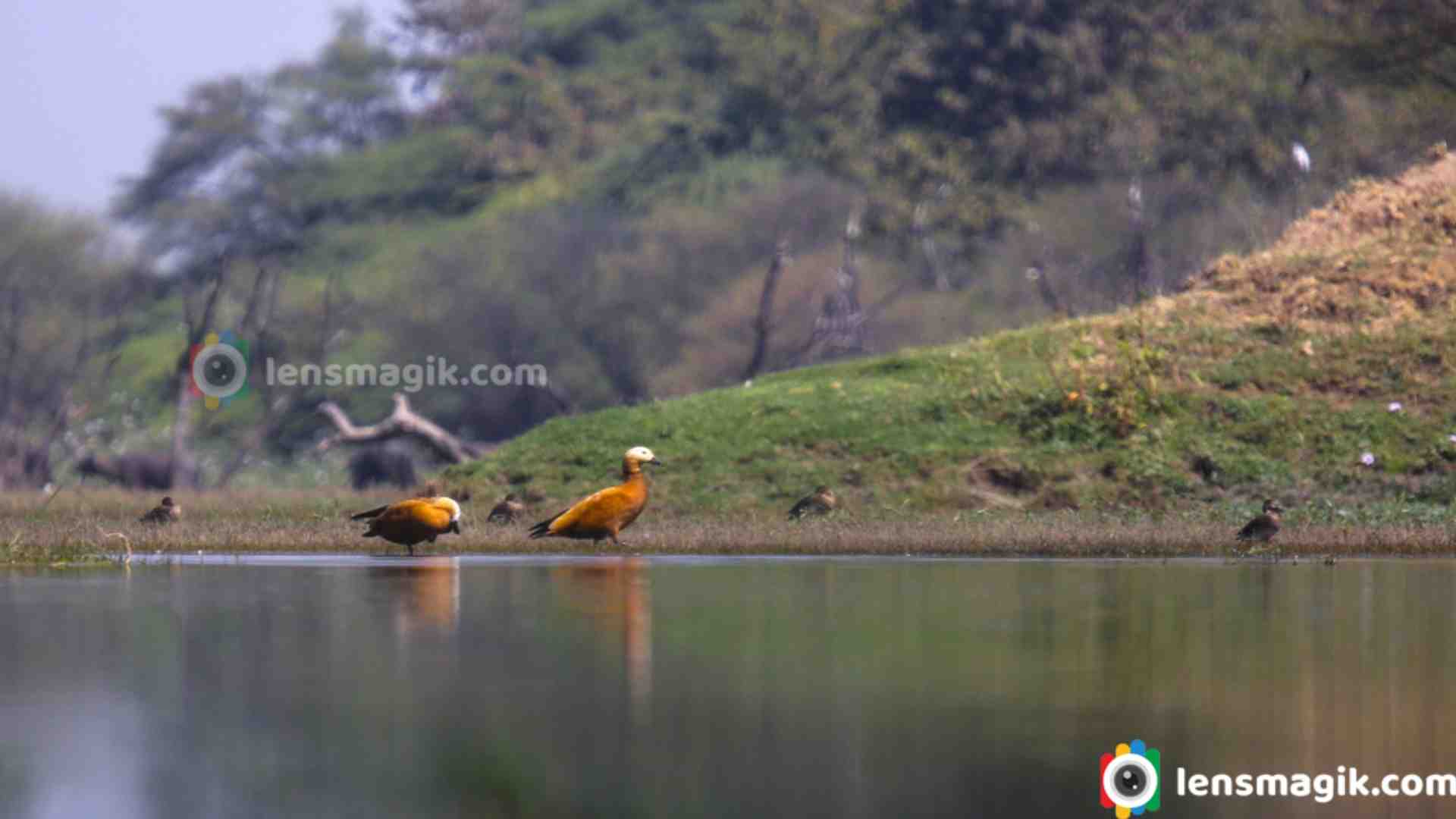
Ruddy Shelduck found in pair and small groups. They rarely found in flocks. It had been recorded more than 4000 birds in Koshi Barrage and Koshi Tappu Wildlife Reserve in Nepal. Also a 10000 recorded at Lake Duden in Turkey. In Gujarat i found Ruddy Shelduck at Thol Bird Sanctuary and also at Little Rann of Kutch. It is also found in many other wetlands like Nalsarovar Sanctuary, Pariej Wetland etc. Nearest bird sanctuary near Ahmedabad is Thol Bird Sanctuary where you can find more than 150 different spices of birds and also a migratory birds like Greater Flamingos, Great White Pelican, Ducks, Spoonbill , Bar Headed Goose etc.
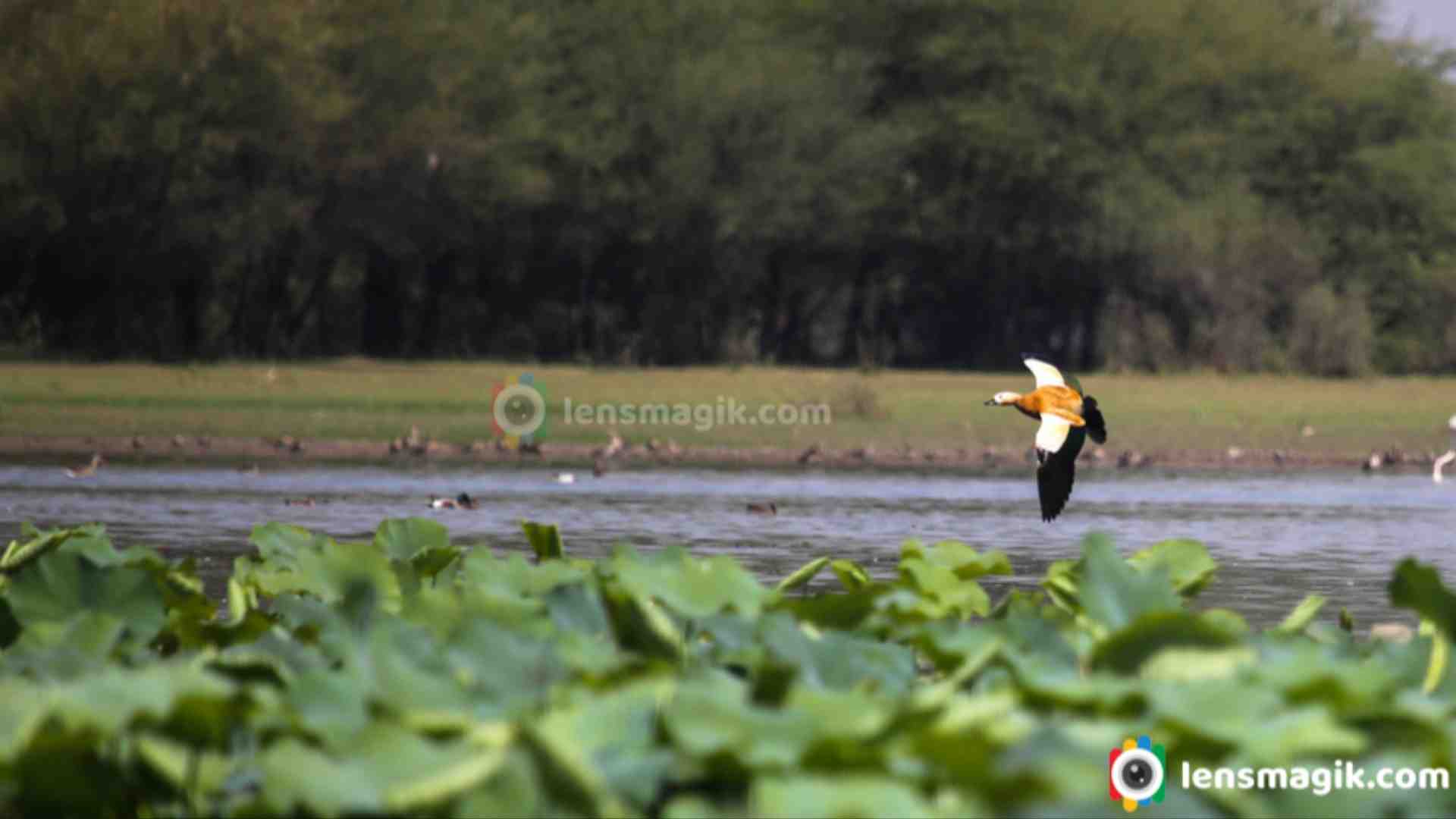
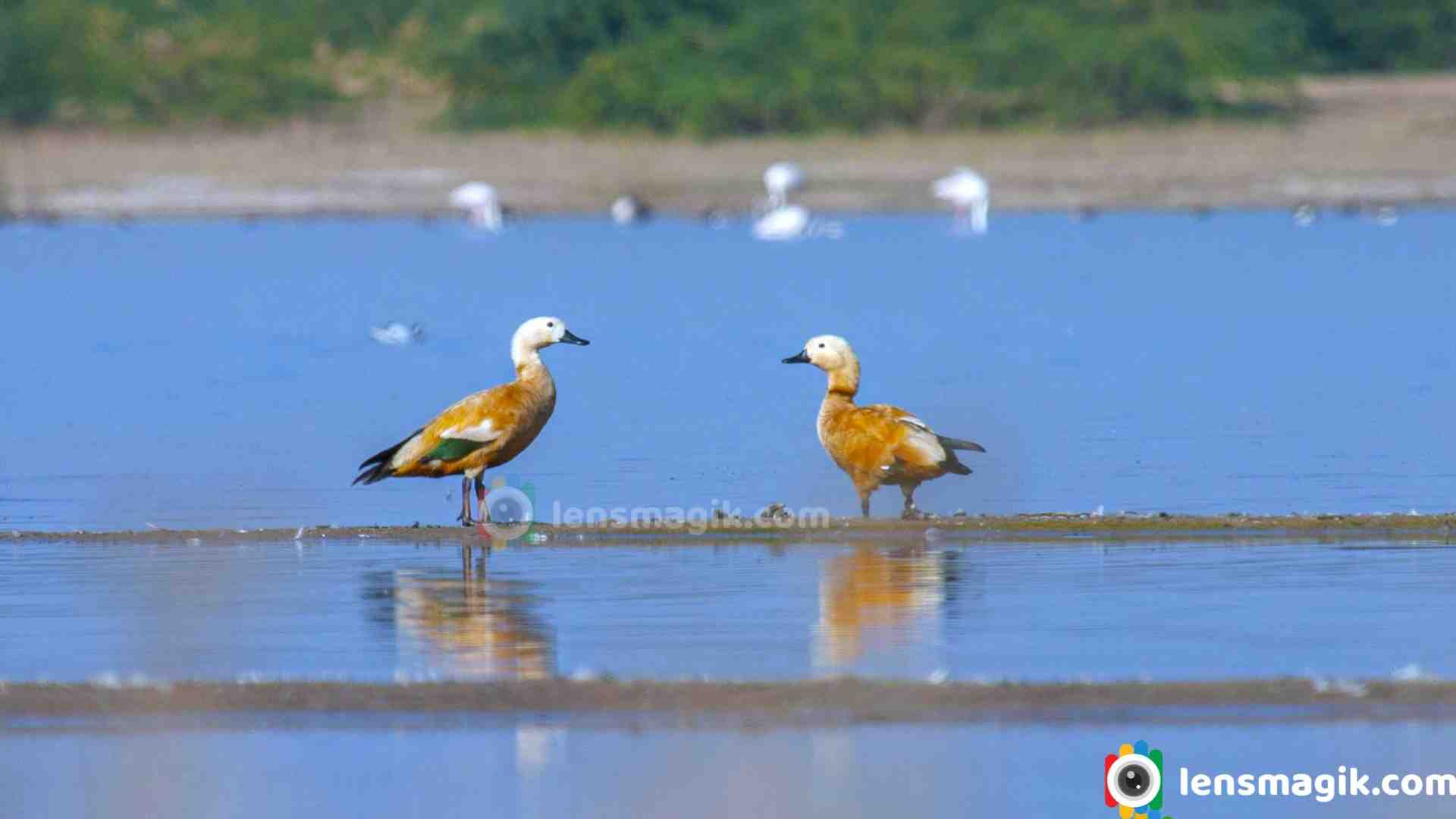
Camera used : Canon 6D, Canon 80D, canon 100-400mm lens
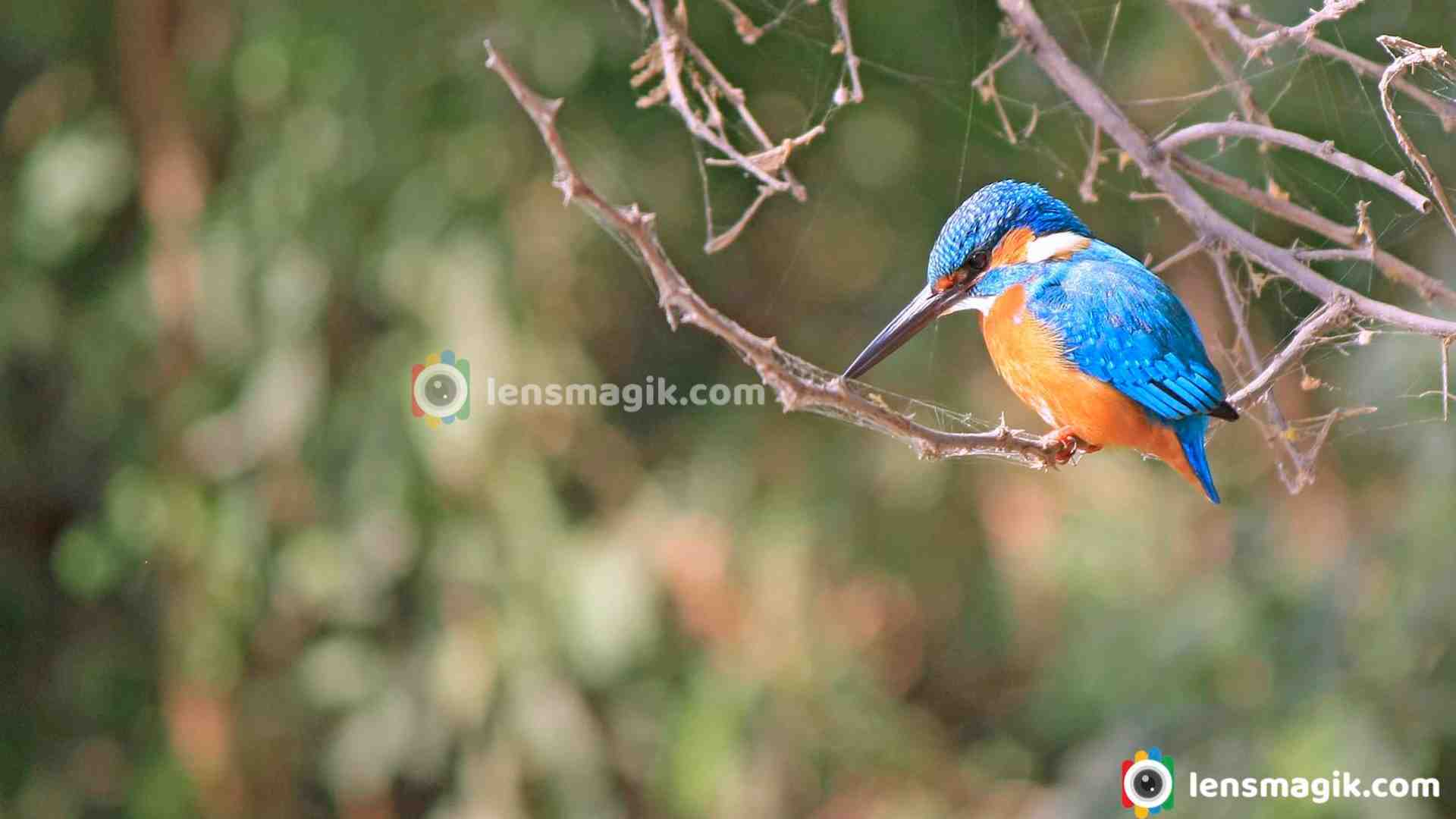
Common Kingfisher is also known as Eurasian Kingfisher or River Kingfisher. It is sparrow size bird with blue color on top of the body. It is widely distributed in North Africa and Eurasia. When rivers freezes in winter they migrate from their. In India common kingfisher also a widely distributed in all over region. They generally found near to the water areas like canals, rivers, river birdges, ponds etc. I took a shot of common kingfisher or Eurasian Kingfisher at Thol bird sanctuary located in Gujarat near Sanand.
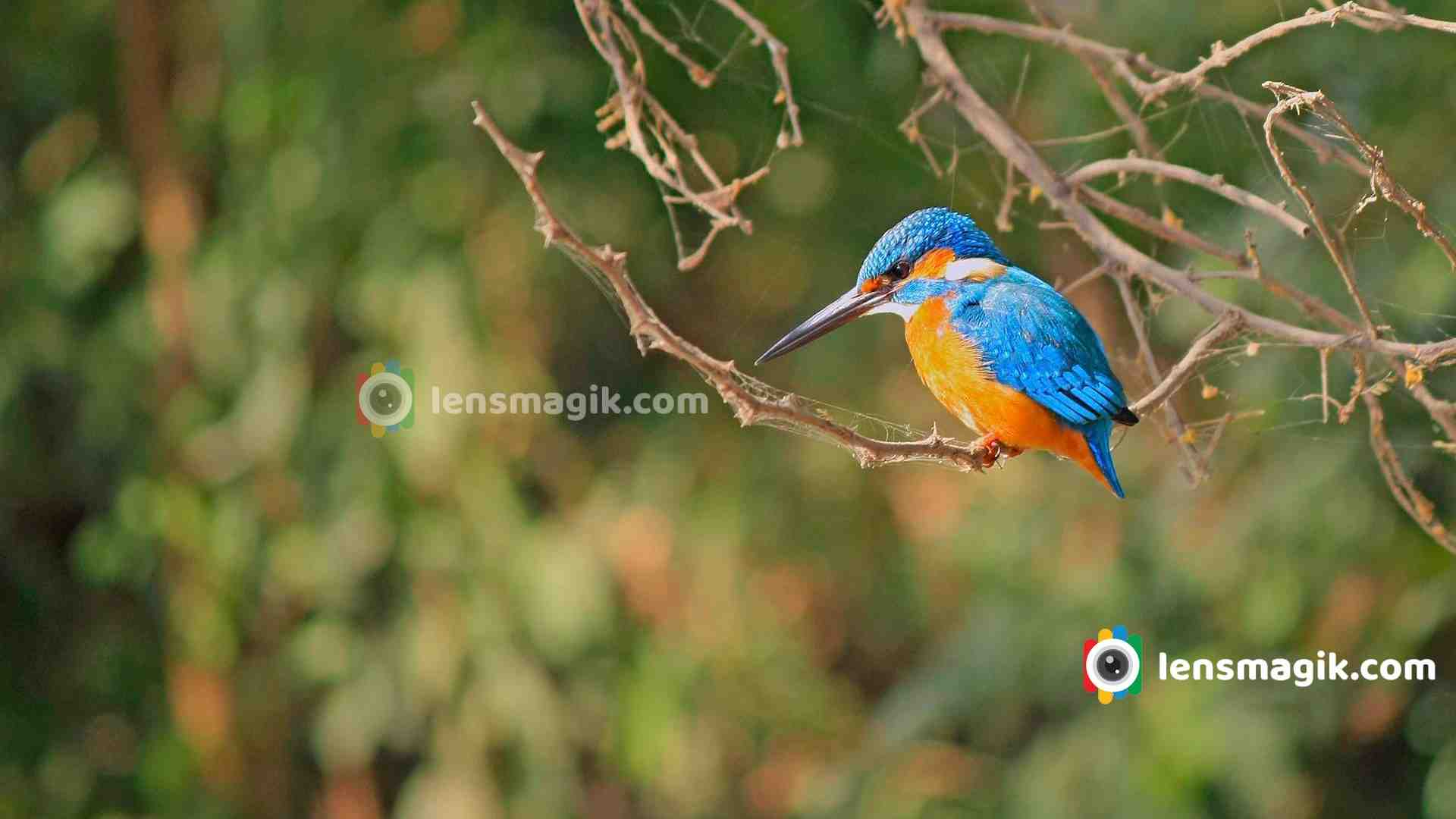
Description and facts about Common Kingfisher :
- It is about 16cm long and 25cm with wingspan.
- Its weight around 35-44 gm.
- It has short tail as all kingfisher tail is short.
- It has green blue upperparts and it has green blue neck stripe.
- Juvenile is similar to adult but dull underparts.
- Main flight feathers moult between july to november and it will takes 90-100 days to grow.
- Kingfisher flight too fast on low water.
- It is widely distributed in Europe, Asia and North Africa ( winter visitor ).
- Common kingfisher eats 60% of its body every day.
- Common Kingfisher lays 2-10 eggs which are white glossy in color.
Common Kingfisher in Gujarat :
Common Kingfisher or Small Blue Kingfisher found in Gujarat at many places like Thol Bird Sanctuary, Nalsarovar Bird sanctuary, Velavdar Sanctuary and many other outskirts of Wetlands too. They are very small and cute in look. There are lots of kingfisher bird spices found in Gujarat also.
Read more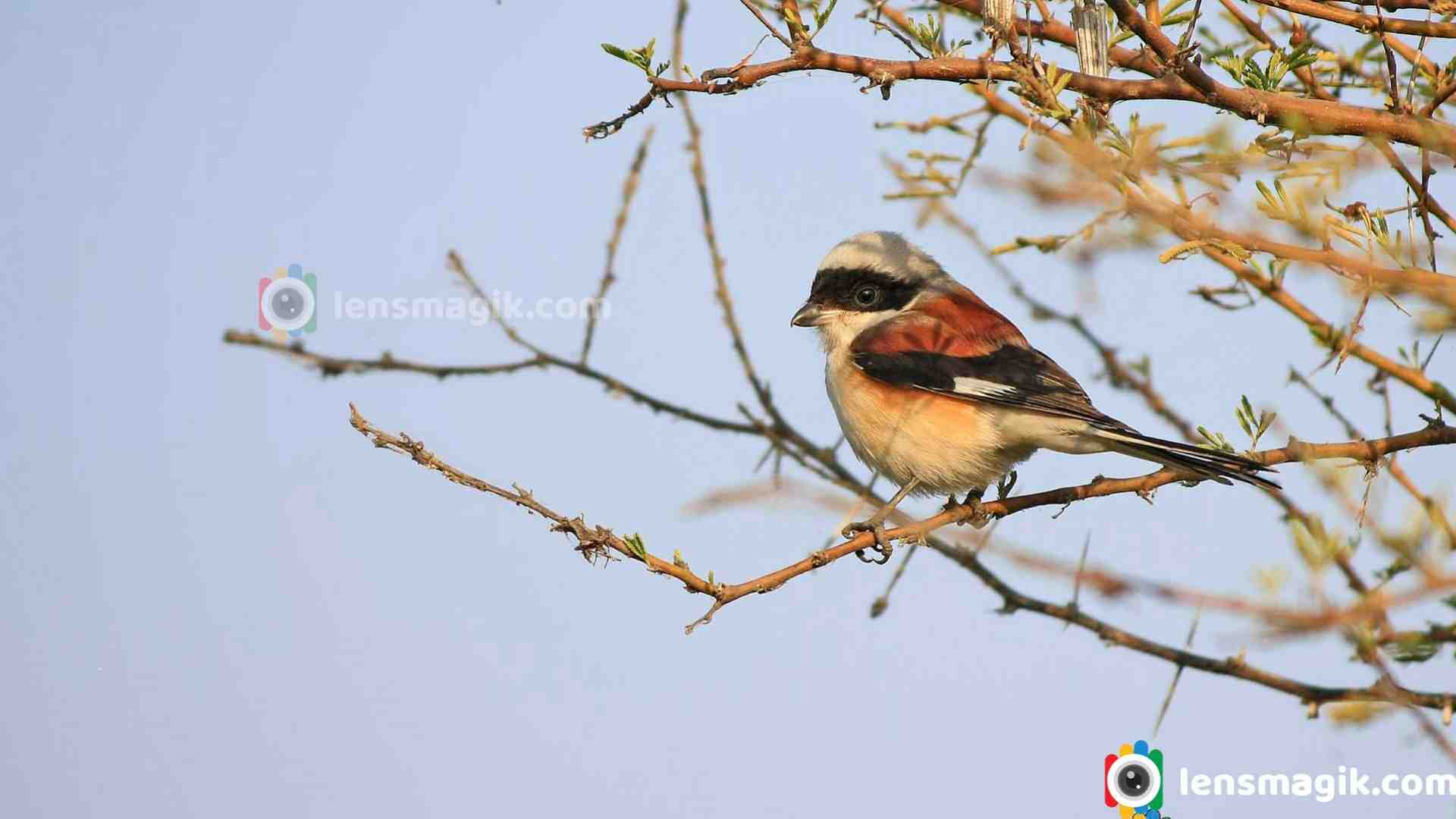
Bay backed Shrike is generally found in south Asia and it is resident bird of south Asia. In Gujarat it found many places and near to agriculture areas. Also found in Thol Bird Sanctuary, Nal Sarovar Sanctuary and many other sanctuaries . It is member of bird family Lannidae. Binominal Name of Bay Backed Shrike is Lanius Vittatus. It is generally found in India, Pakistan, Nepal and Afghanistan and also in Shri Lanka. In Lannidae family there are total 34 spices of shrike found in different places.
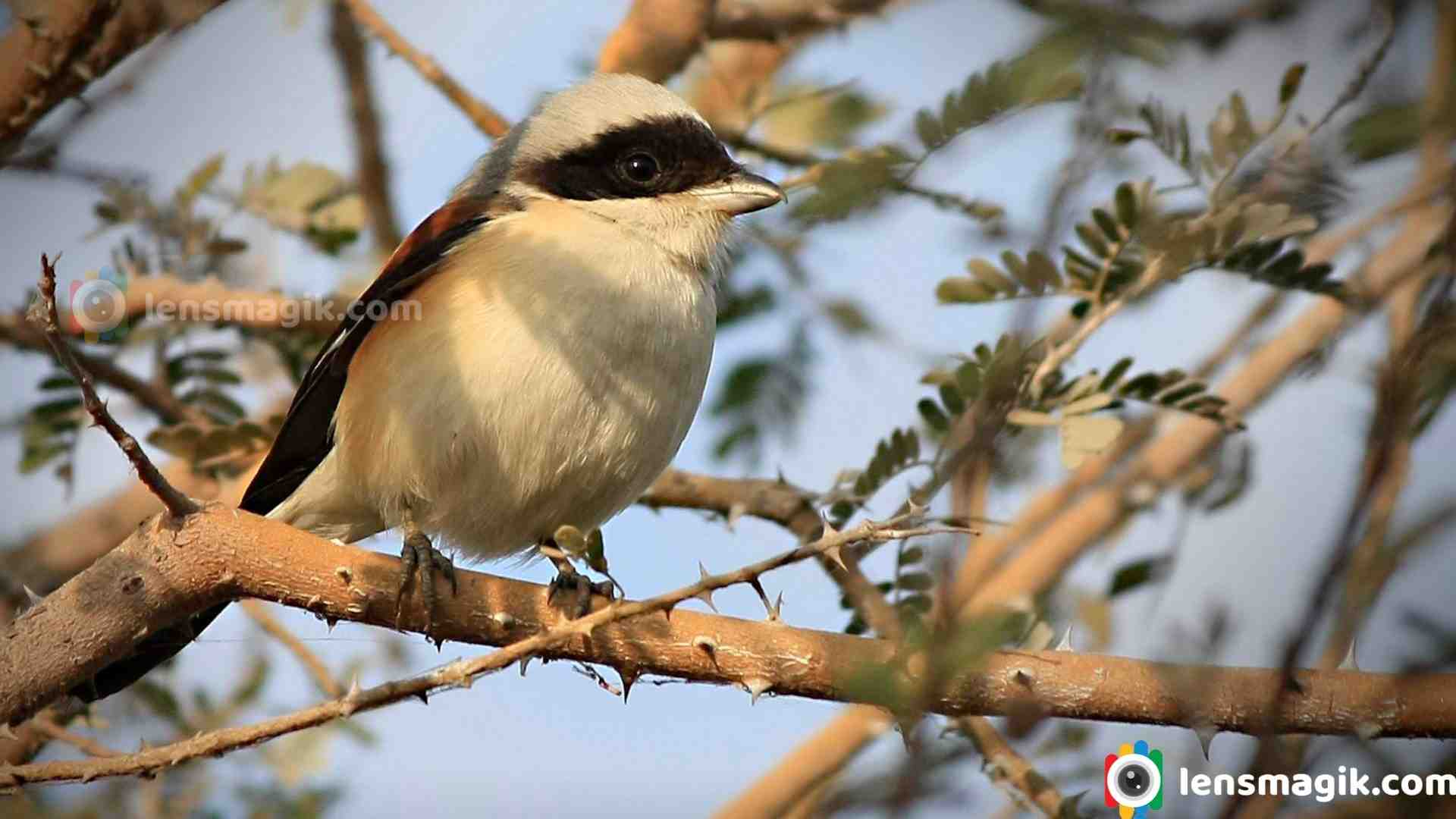
Description and facts about Bay Backed Shrike
- Bay Backed Shrike is smallish shrike.
- It has long black tail and maroon brown above parts with pale rump.
- Bay backed shrike Underparts are white.
- On the eye of Bay backed shrike there is a black strike like a bandit mask.
- Legs and bill are dark grey in color.
- It built nest in bush, cultivation area or scrubby areas.
- It lays 3-5 eggs .
- They found generally in Pair.
- For hunting they fly 2 to 2.5 mt high from ground and catch food within 10 mt radius .
- Shrike has good eyesight and sharp beaks.
- Status of Bay Backed Shrike is least concern in IUCN list.
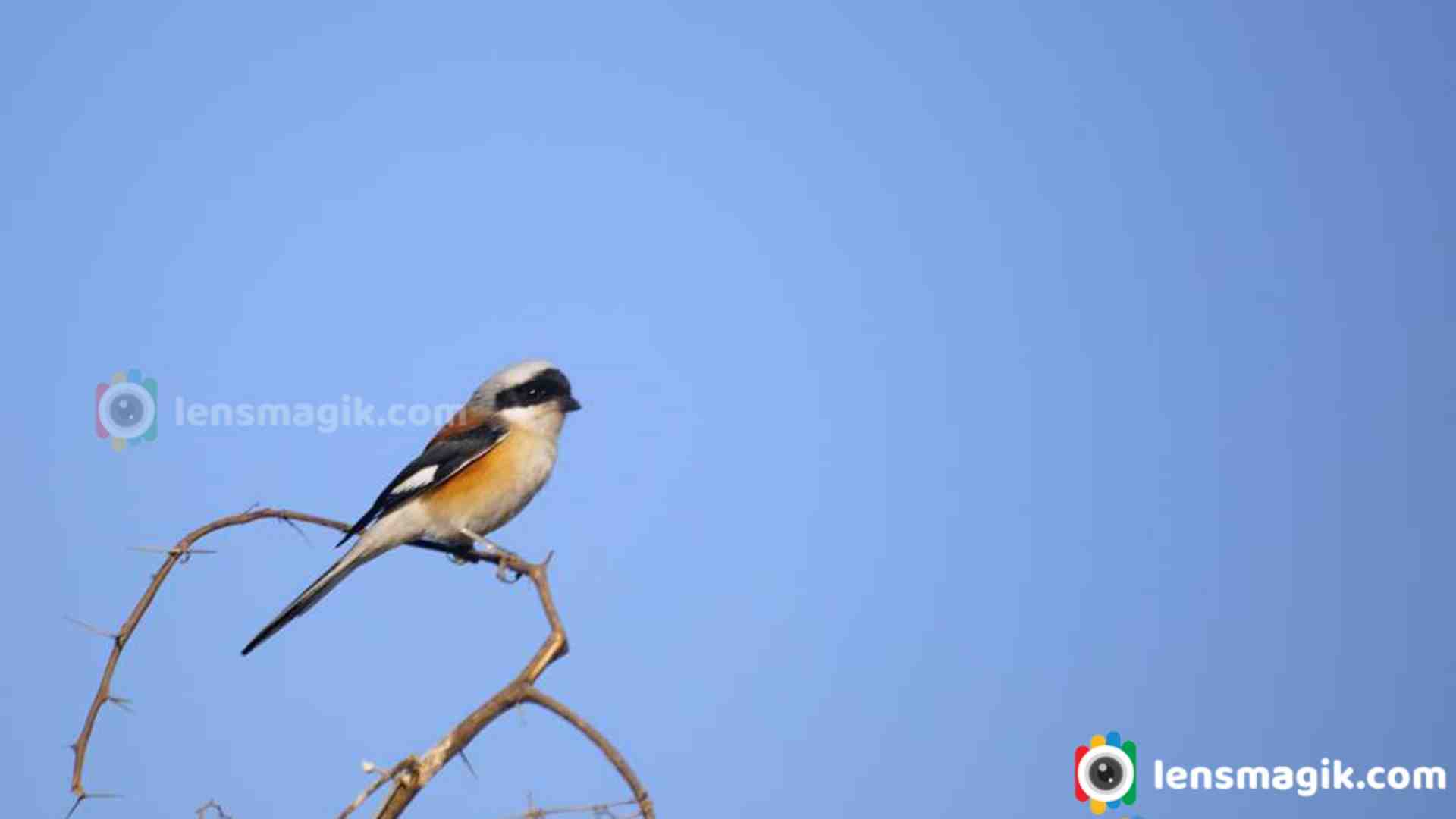
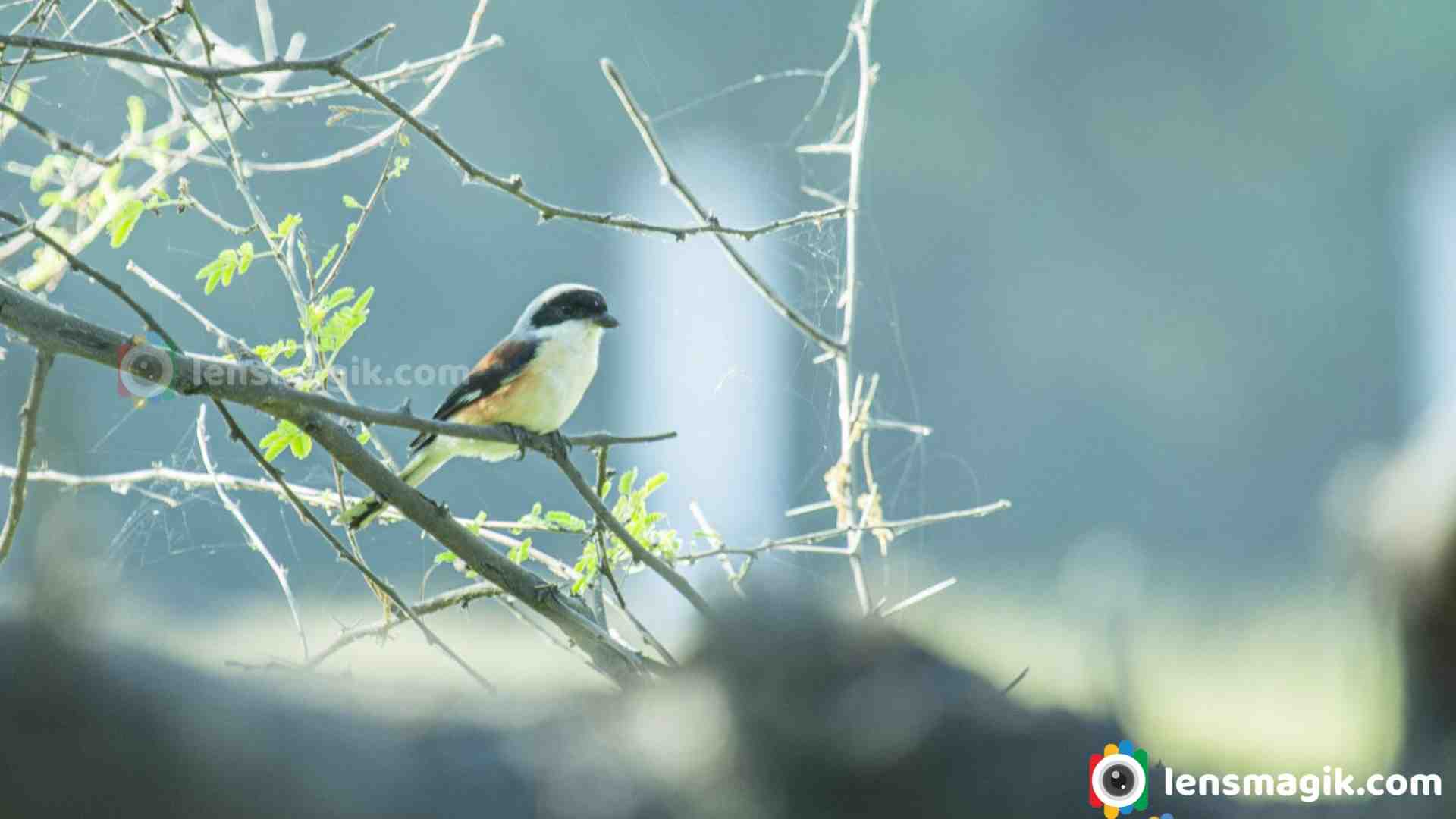
Bay backed Shrike is resident bird in Gujarat. It is found at many places like agriculture areas, farms, scrubby areas etc. I found it in Thol Bird sanctuary first time and then at agriculture areas outskirts it found easily. They find food easily near to agriculture areas and farms so they live near to them.
Camera Used : Canon 1000 D, Canon 6D, Canon 100-400 mm lens
Read moreAccentor is a small bird of prunellidae family. In India it is generally found in East Sikkim area. It built its nest low in a bush. When i was on a trip to Singalila National Park. I found at sandakphu area. Sandakphu is high altitude place in Singalila National Park located in West Bengal. From here you can see Mt. Kanchenjunga very clear which is highest peak of West Bengal. Lots of Birds here. To visit Singalila Park November to February you can found lots of snow and good landscapes too with snow on Mt Kanchenjunga. Also if you are going for birding you can visit March to May/June Month is the best . It is very cold weather during winter November to February at Singalila National park.
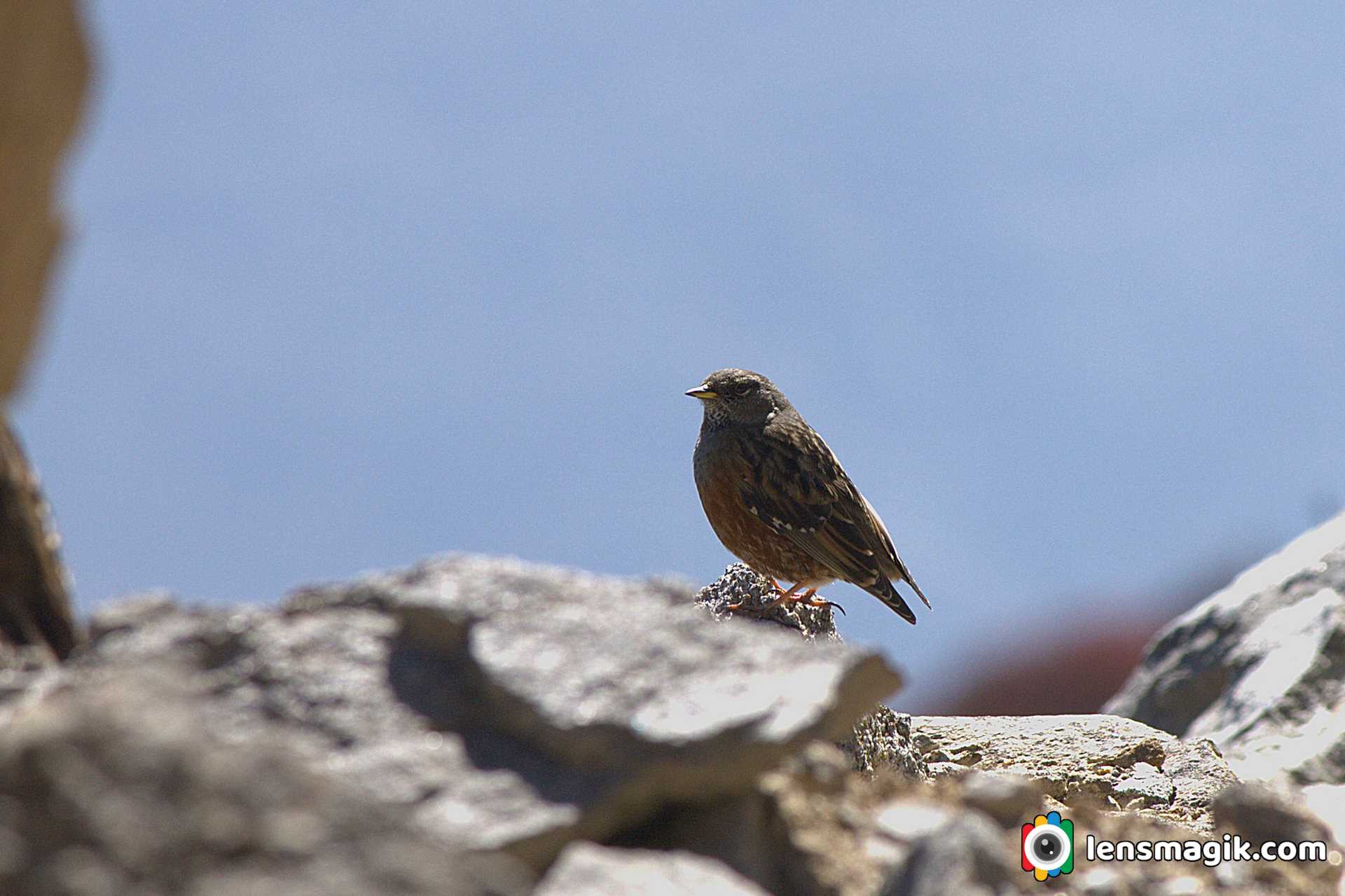
About Alpine Accentor Bird :
- Alpine Accentor bird is robin size bird. Length of bird is around 15 -17 cm.
- Bird just like similar to house sparrow in color with brown back streaked.
- Adult Alpine Accentor have red brown spotting on underparts
- Also adult have grey head too.
- In Asia Accentor found at 2000 m above height. Specially at Himalayas.
- It build nest in bush.
- It laying 3-4 plain (not spotted) eggs of sky blue color.
Singalila National Park :
Singalila national park is located in West Bengal. There are lots of birds in this sanctuary. Also its good for trekking at Sandakphu. From here you can see Mt. Kanchenjunga easily and very closely. Also a beautiful Himalayan Mountain range with snow. Amazing weather very cold in winter and moderate in summer. Summer season is the best for birding at sandakphu.
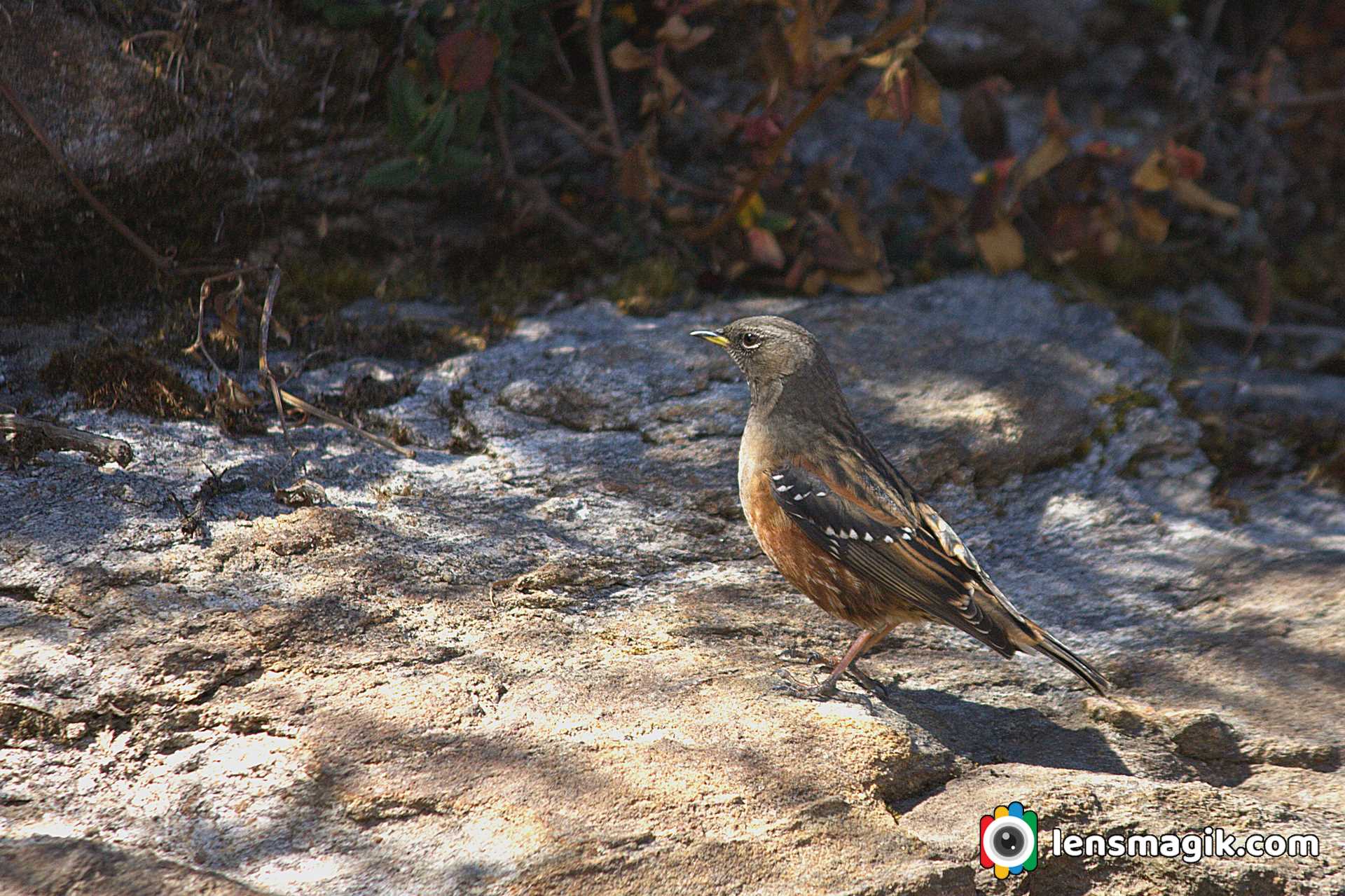
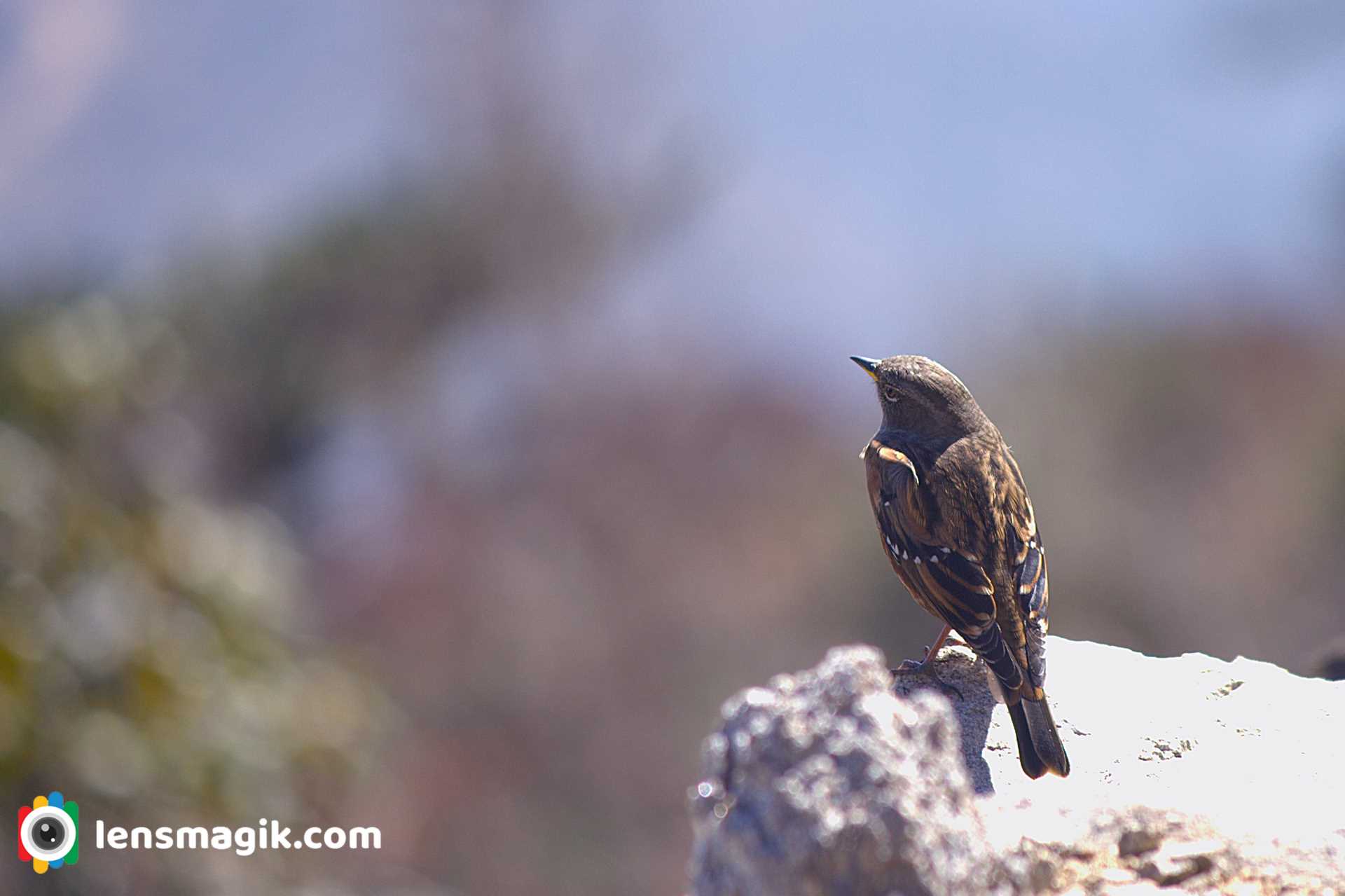
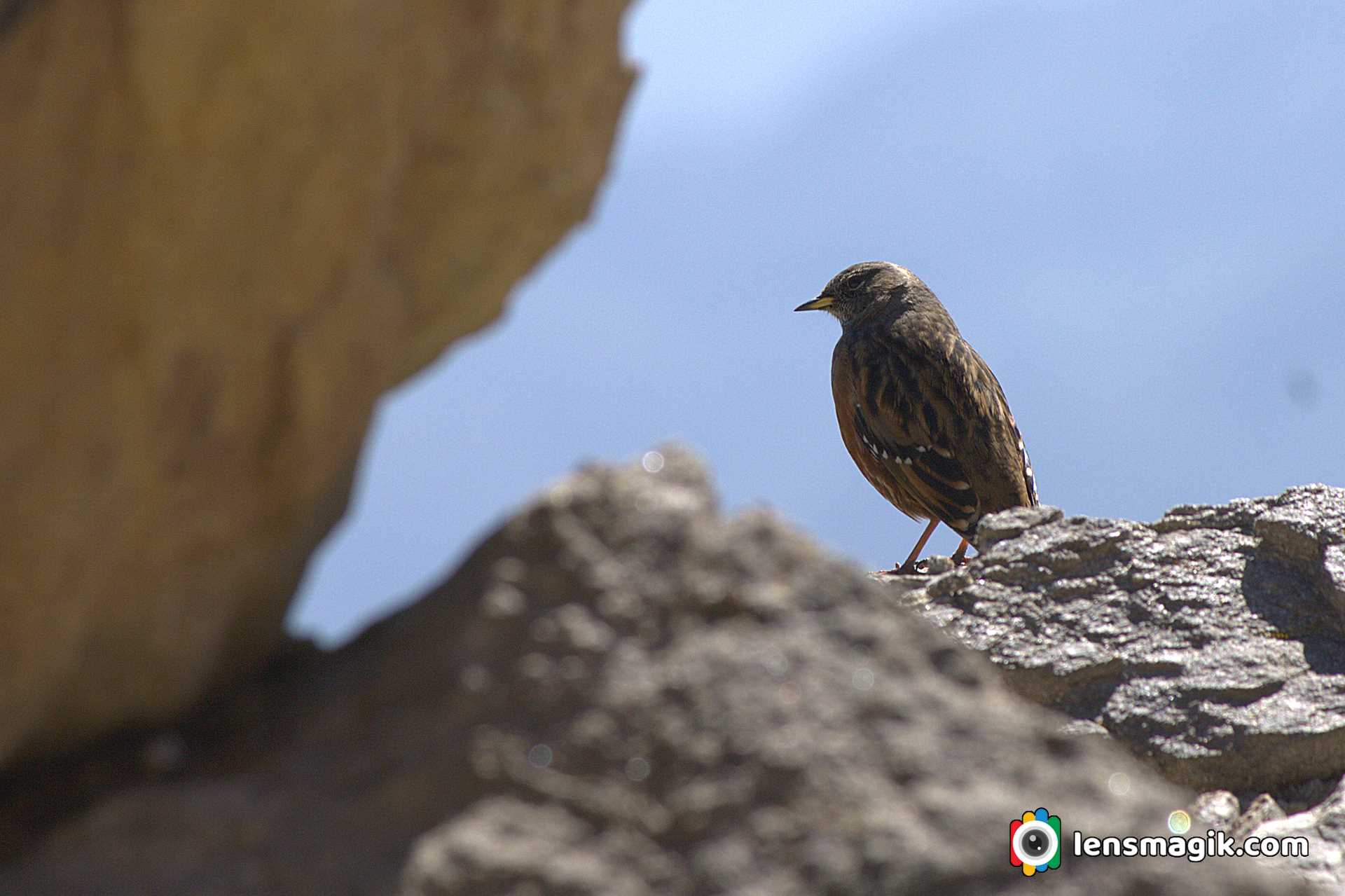
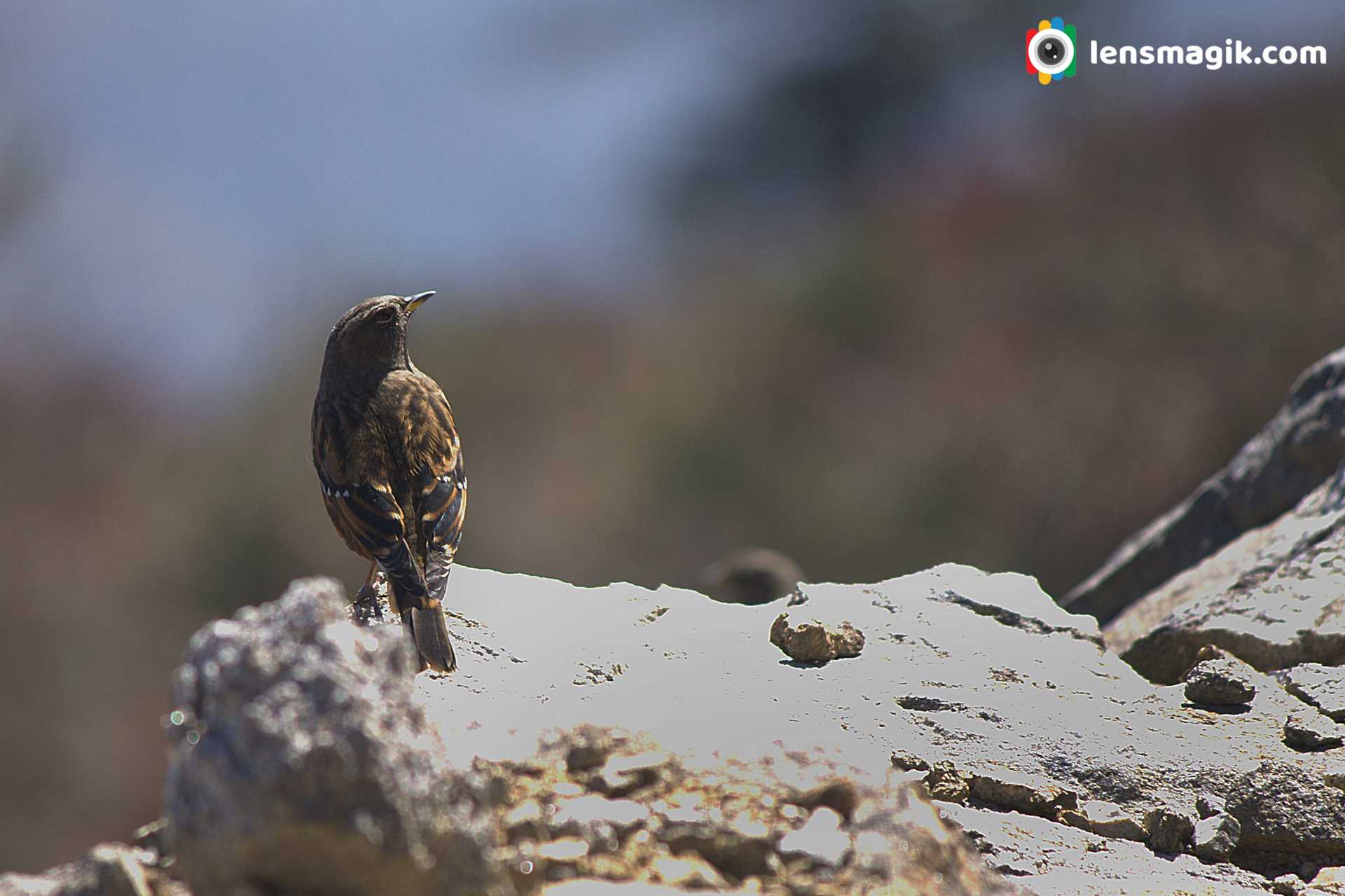
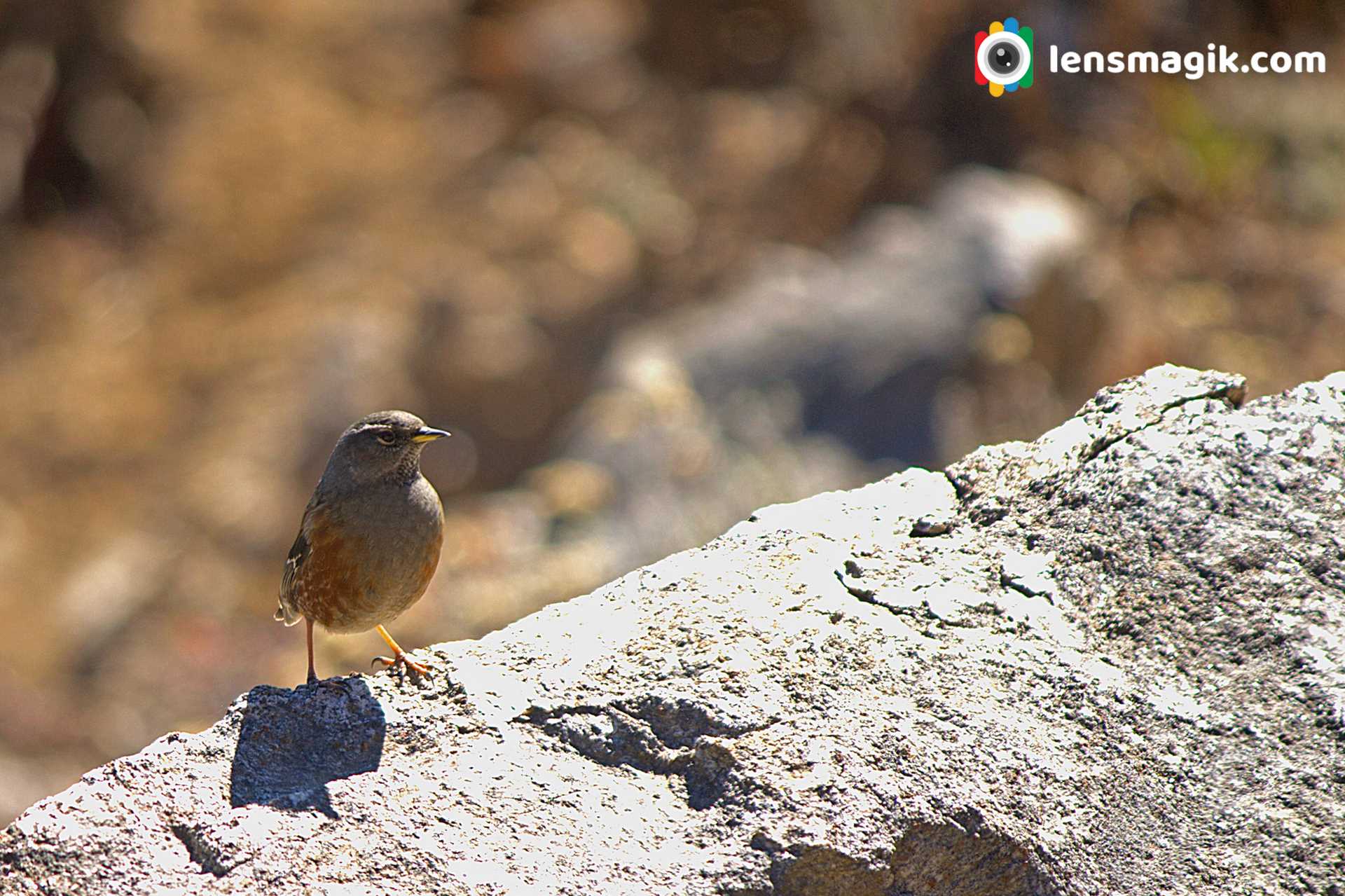
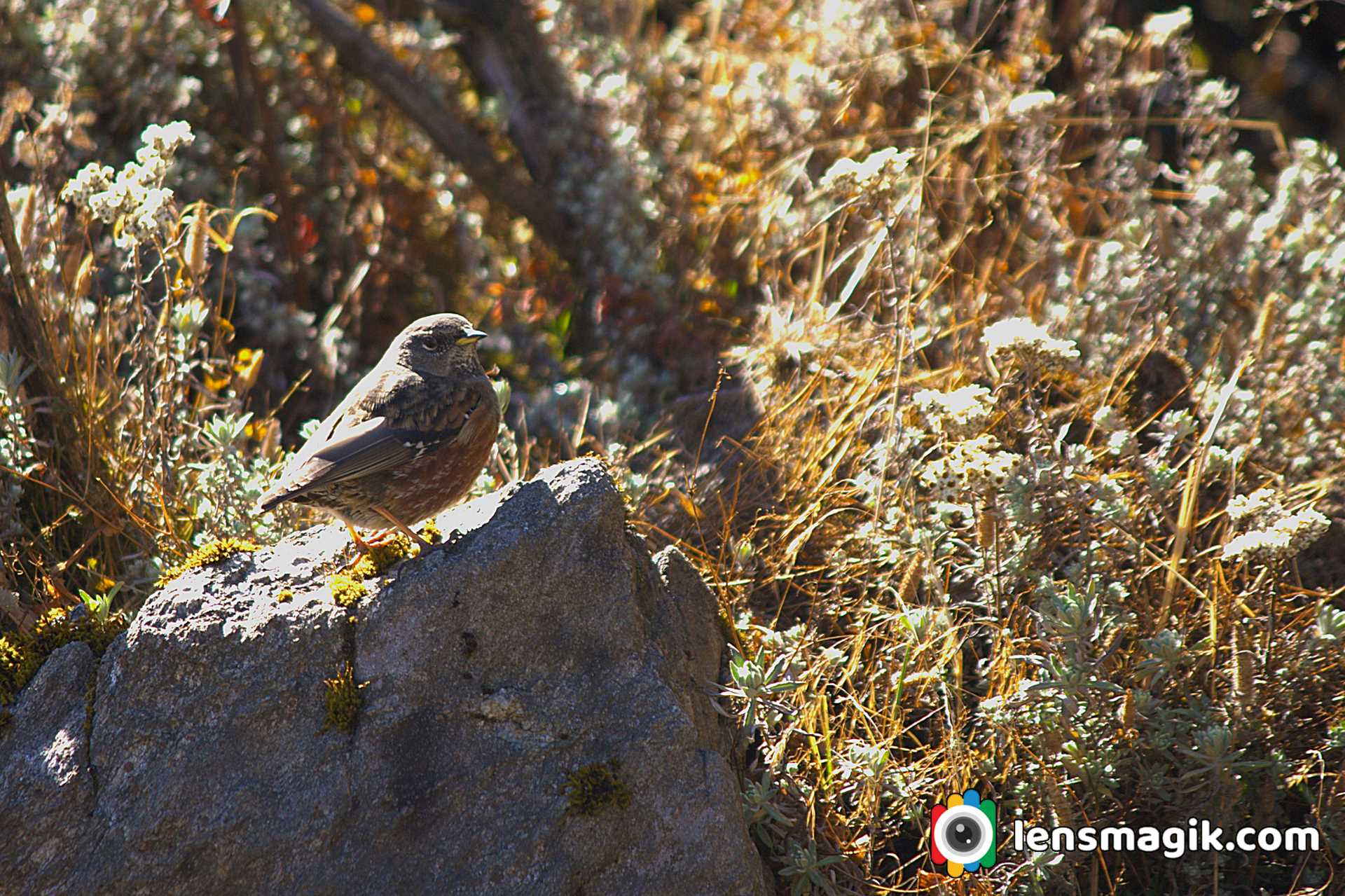


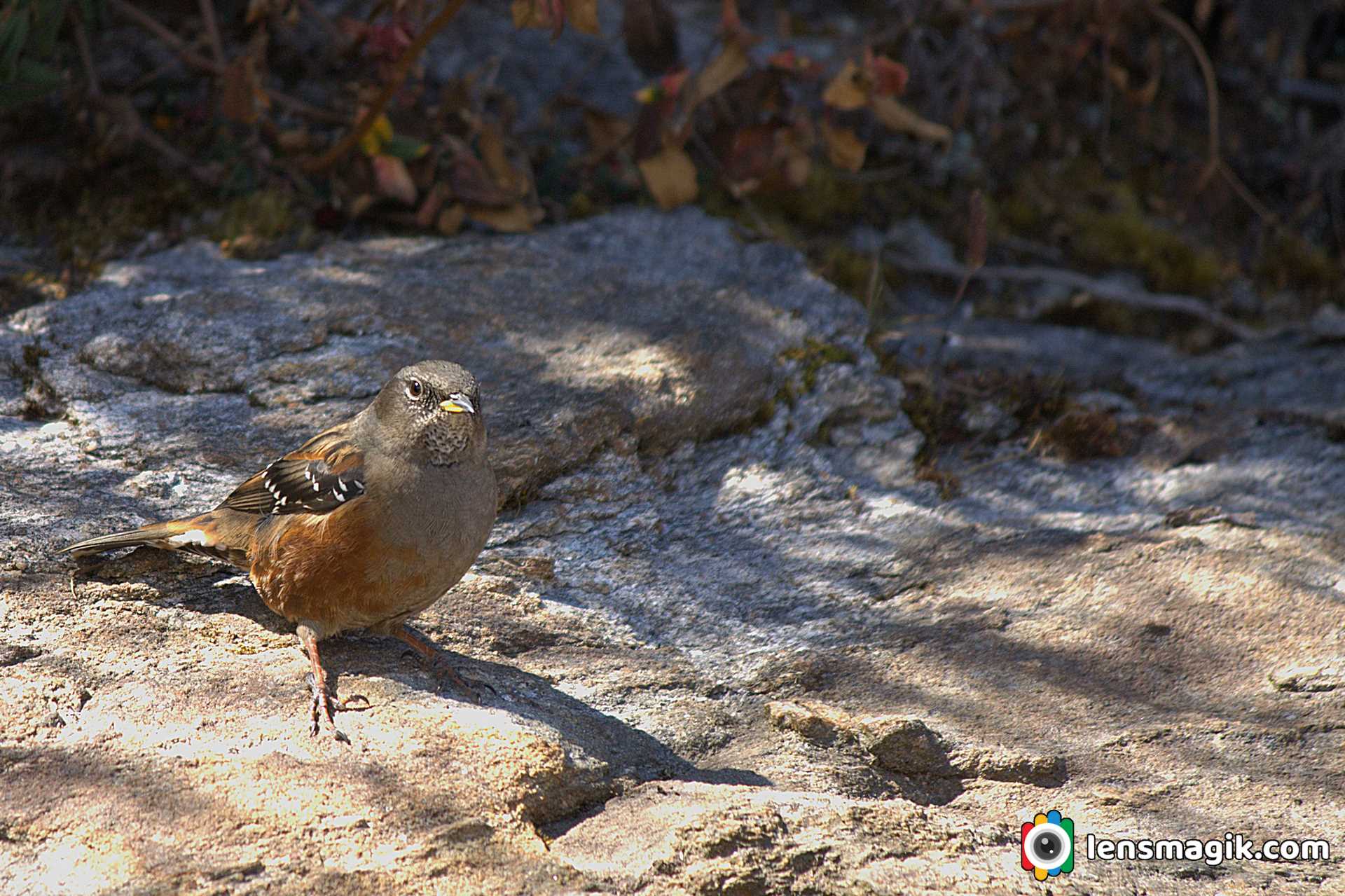
Alpine Accentor bird Binominal Name is Prunella Collaris . Total 9 subspices are recognised of Alpine Accentor bird.
Gear used : Canon 1000 D, Canon 55-250 mm Lens.
Road To Heaven is named to the road from Khavda to Dholavira in Kutch Gujarat. The road is so wonderful and scenery so it known as Road to Heaven . Khavda to Dholavira distance is around 58km but from Khavda there is a single line narrow road passes through small villages around 15-20 km approx. The main road starts after it and it is around 30-35 km approx. strait to Dholavira. Road is under constriction but almost 70-80% work done. The road heading to the city of Harappan Civilization Dholavira which is one of the largest site of Harappan Civilization and Indus valley Civilization.

Kutch is a largest district of Gujarat and also of India. Main City or Headquarter of Kutch District is Bhuj. Kutch is famous for White Desert or White Rann. In Every winter season from December to February celebrate “ Rann Utsav “ to attract foreigners and also locals. Tent City made in white desert to stay and also cultural programs arranged in it. The main Rann Utsav held in Dhordo of Kutch.
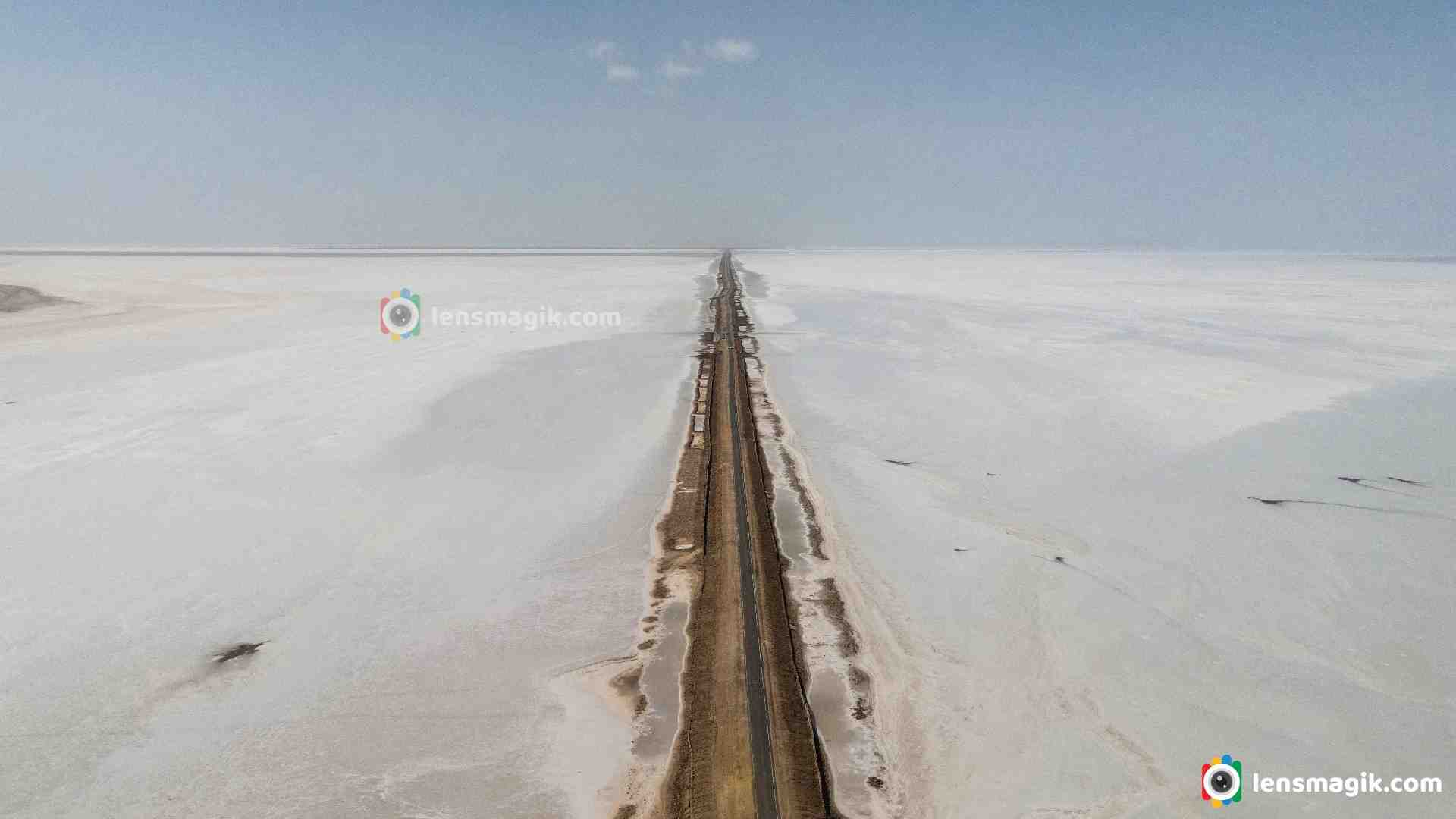
After visit White desert people also visit Dholavira which is nearest destination from Dhordo and also Kalo Dungar in between. From Dhordo you will have to go Khavda first and then from Khavda to Dholavira which is connected through “ Road To Heaven “. Dholavira is located at Khadir Bet. Khadir bet is separated because after monsoon the water filled outer side of bet. So the Road To Heaven is the way to connect Khadir bet to main city Bhuj.
About Road To Heaven Dholavira / Road to Heaven in Kutch :
- · It connected from Khavda to Dholavira.
- · Road to heaven distance around 30-35 km.
- · After monsoon the rain water on the both side of the road. You can see beautiful Greater Flamingo birds in between. Water level is low but muddy.
- · After winter in January –February the water on both side of the road is evaporated and turn into salt. Not all water but some areas during the road.
- · Water on the both side of the road or Salt/ white layer on both side of the road make the beauty of the road and that’s why it name as “ Road To Heaven “
- · When you are on the road there is hardly some traffic you face the open road with both side water or salt at morning or evening make the scenery like a Heaven.
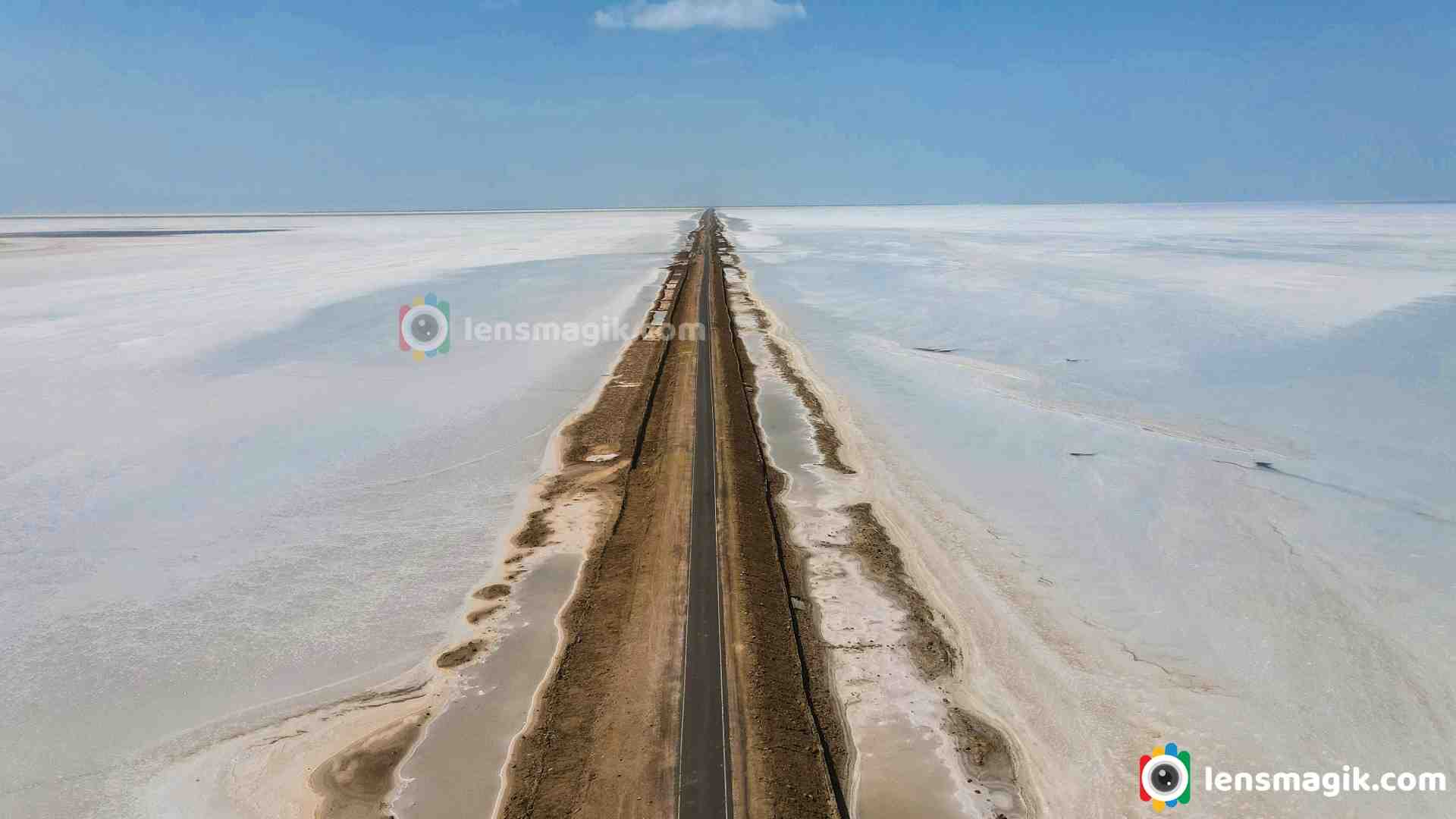
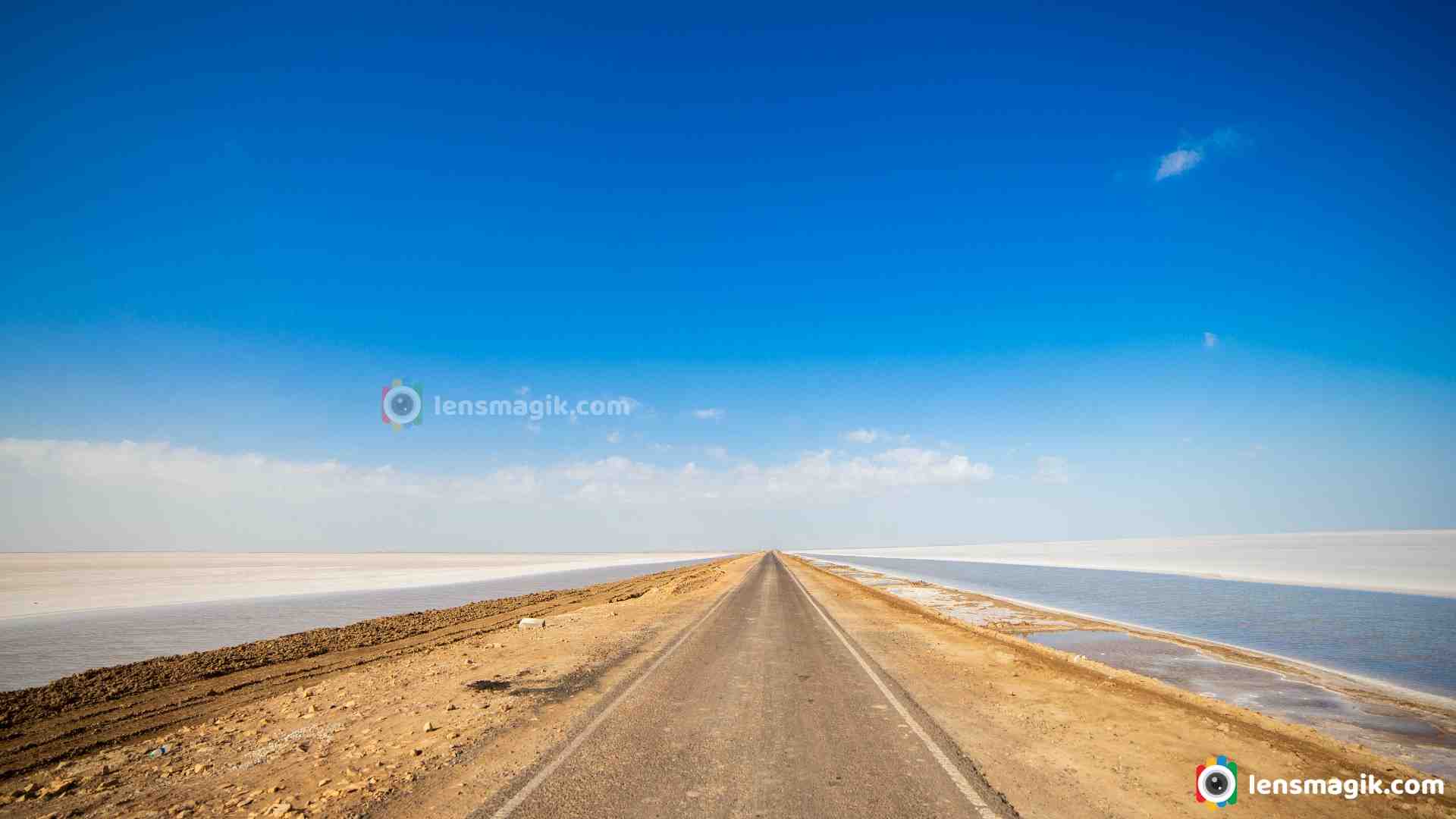
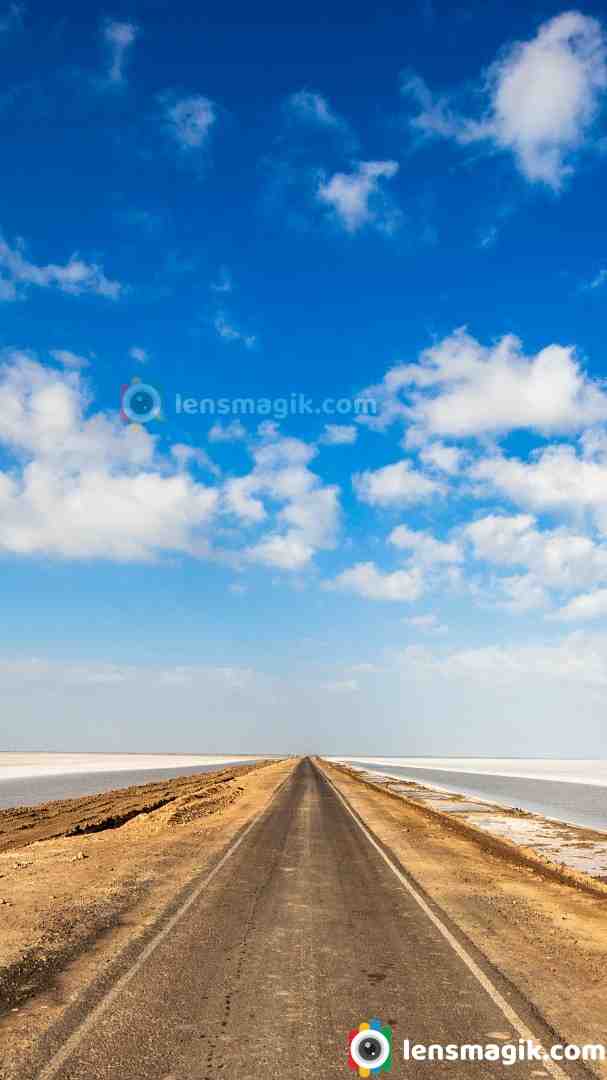
I must suggest to visit Road To Heaven in Kutch while you visit Kutch. Also Visit Dholavira which is one of the largest Harappan Civilization site.
Places to visit near Road To Heaven :
Dholavira, Kalo Dungar, Dhordo, White Desert
Places to Visit near Bhuj : White Desert , Kadiya dhro, Chhatardi, Mandvi beach, Vijay vilas palace, Bhujyo Dungar, Smriti Van, Vande matram memorial
Camera Used : Canon 80D, Canon 6D, DJI Mavic Air2
It is the largest species of Flamingo bird family and also a most widespread species of flamingo family.It is found in India ,south east , middle east and Africa. It is migratory bird. They also breed in India. In Gujarat they breed in Rann Of Kutch , Little Rann of Kutch also found in Thol Bird Sanctuary. I often visit Thol sanctuary so got good shots of them. Best time for shoot them is may-Jun at Thol bird sanctuary bcz of water level is too low . It is been recorded that some flamingo birds are resident in Gujarat at many places like LRK, Khijadia sanctuary, Nalsarovar and Thol Sanctuary. They also breed here and stay for all seasons. So you can find greater flamingo birds in all seasons in Gujarat at many places.
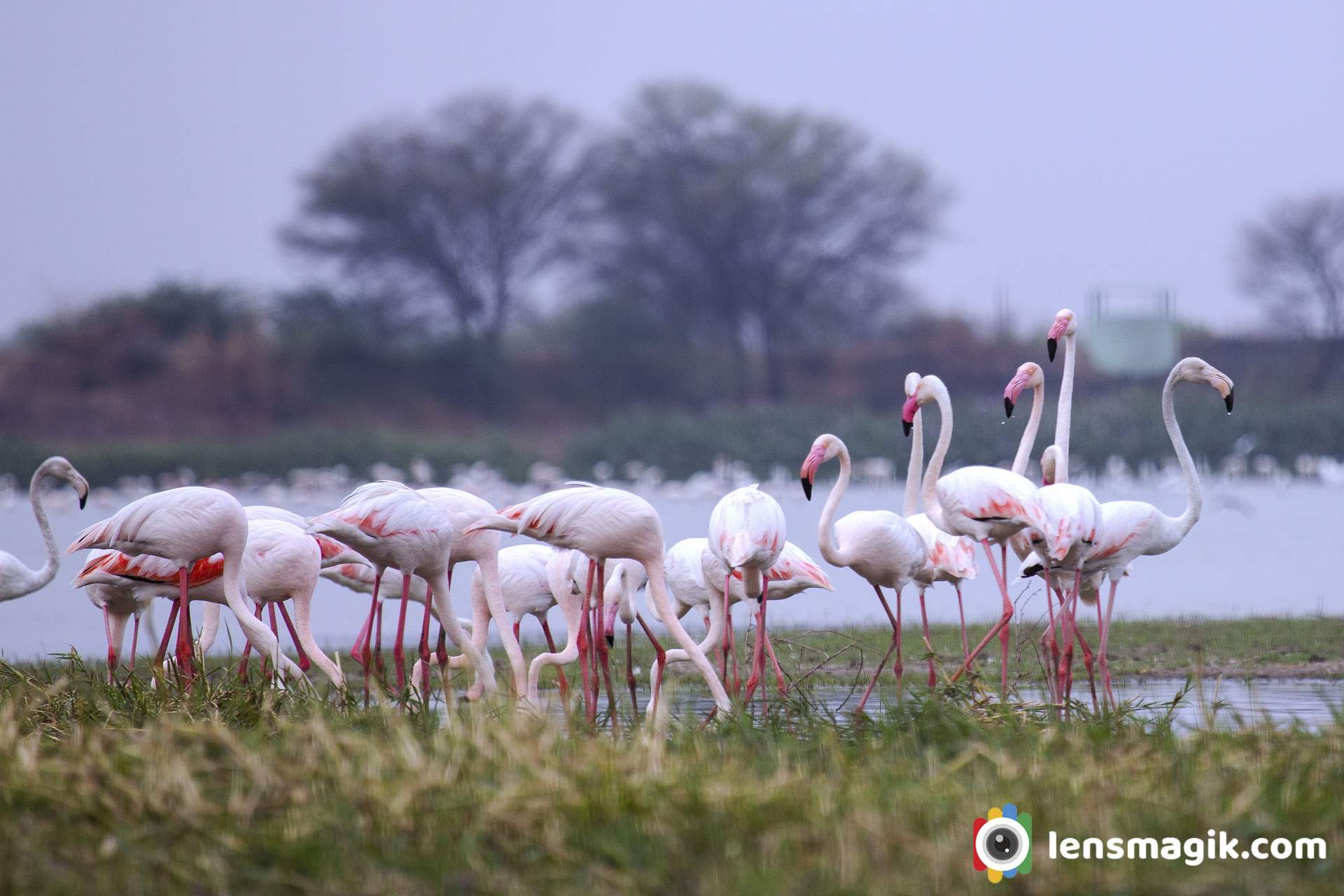
Flamingo bird facts and description :
- Greater flamingo bird is the largest living spices of flamingo.
- Greater flamingo has no subspices.
- Flamingo color most of pinkish white in plumage. Wings are red and feathers are black in end.
- Greater Flamingo bird call is like honking.
- The average lifespan of flamingo bird is 30-40 years.
- Main Difference between Greater flamingo and lesser flamingo is height . Lesser flamingo is shorter than greater flamingo. Also Greater flamingo has pale pink bill and black tip. In other case lesser flamingo has dark crimson bill. Lesser flamingo is also more red in color than greater flamingos.
Greater Flamingo birds In Thol Lake : Thol sanctuary is often i visit. Flamingo birds are stay here all seasons. I got good numbers of Greater flamingo and lesser flamingo bird images in a group when i visit Thol. This is my best time with flamingos. Also i got some beautiful pictures of flamingo birds with group and also in duo with some masti. Flamingos looks very good in frame bcz of their color. Thol lake is good place for birders because more than 150 birds spices found here. Also some mammals like Blue bull and black buck also found here. Lots of water birds and tree birds found here. Also sanctuary is not so big so you can find all birds in around 6 sqkm area. Best time to visit thol lake is November to March. All migratory birds are visit in winter so that is best time. Early morning is best for birders.
Timing And Fees of Thol Sanctuary :
Thol Sanctuary open at 6 AM in morning and close at around 5 PM
Fees of Thol Sanctuary is 50 INR per person and camera fees are 200 INR. Car fees are 500 INR.
Weekend fees may change that actually i don't know about it.
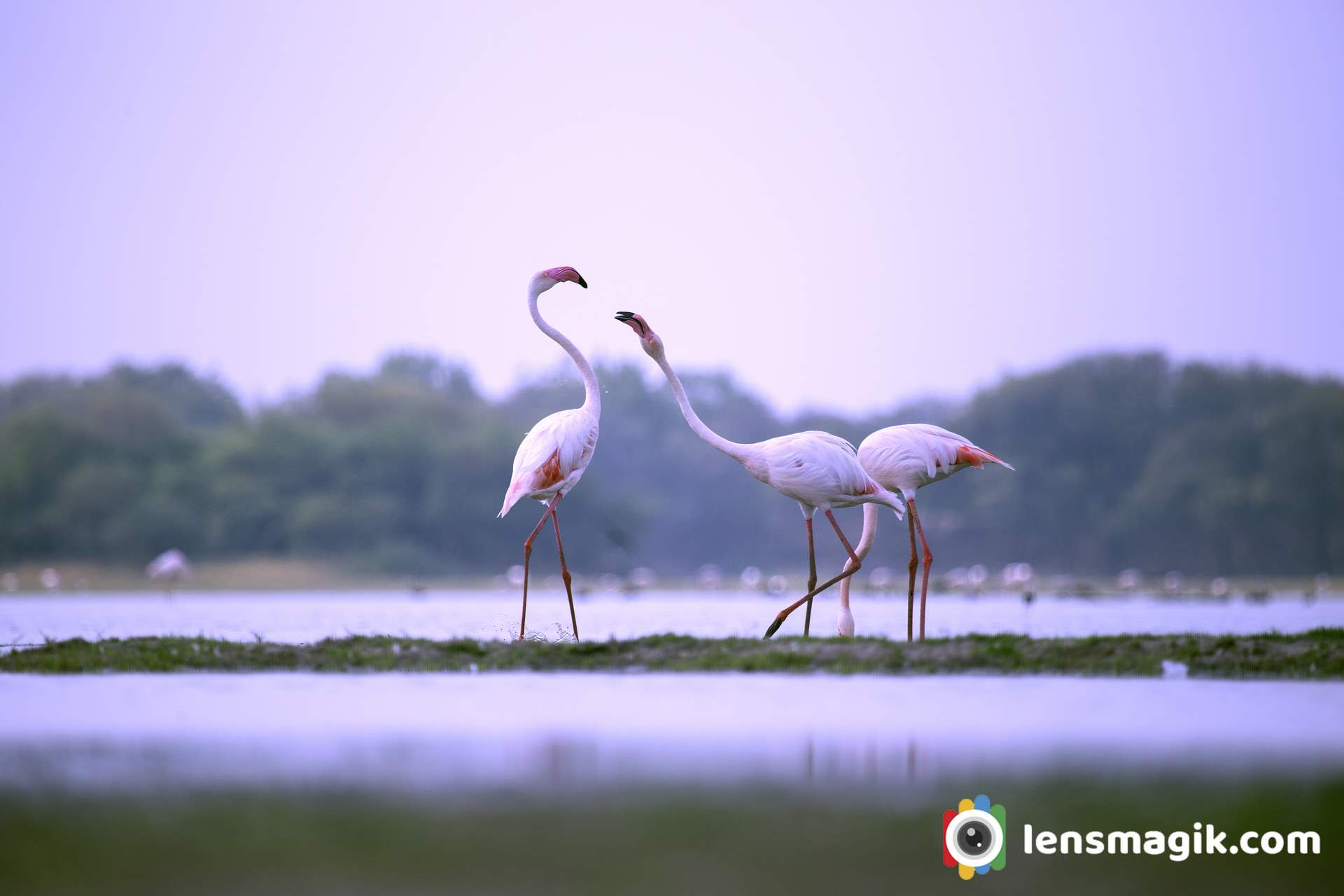
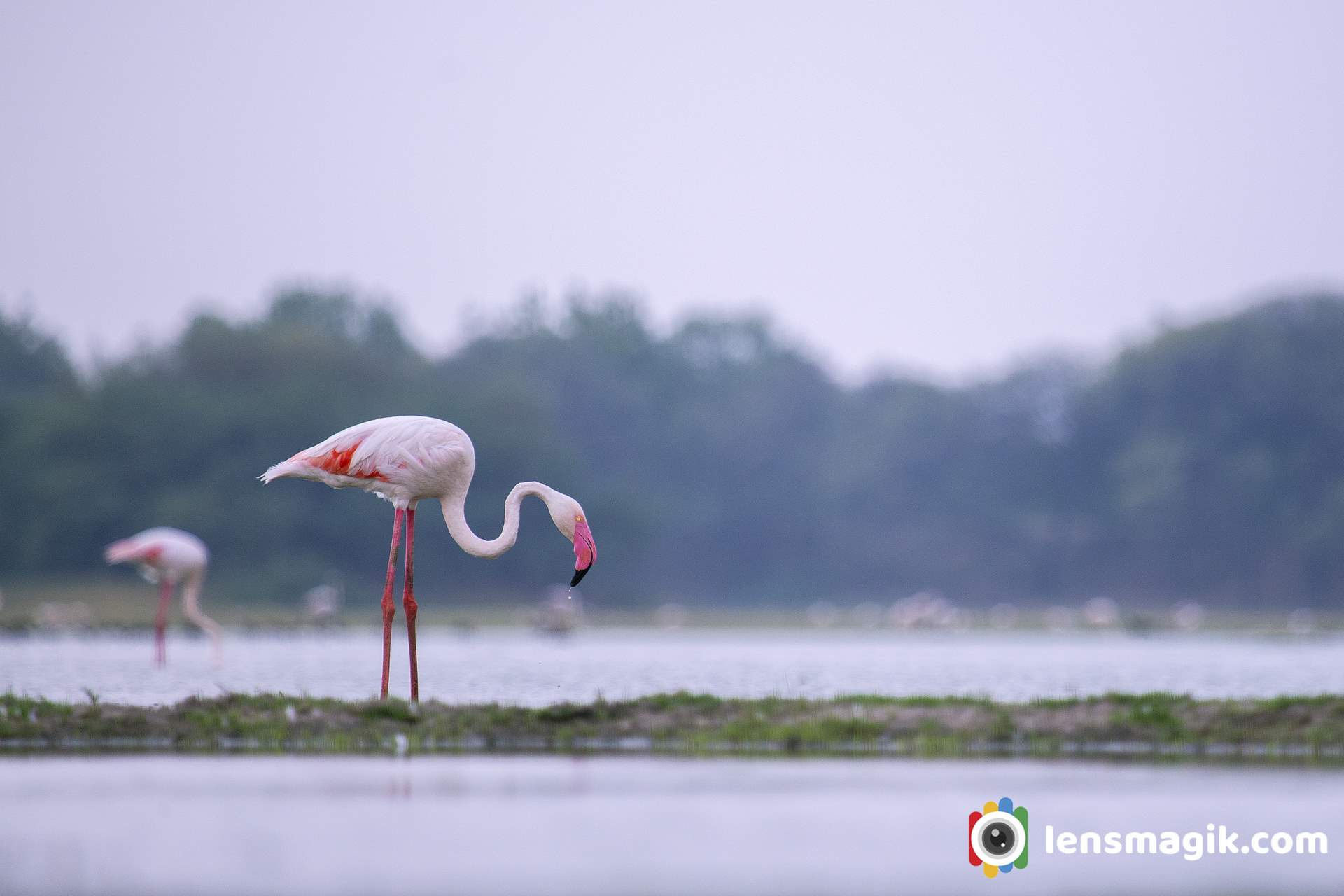
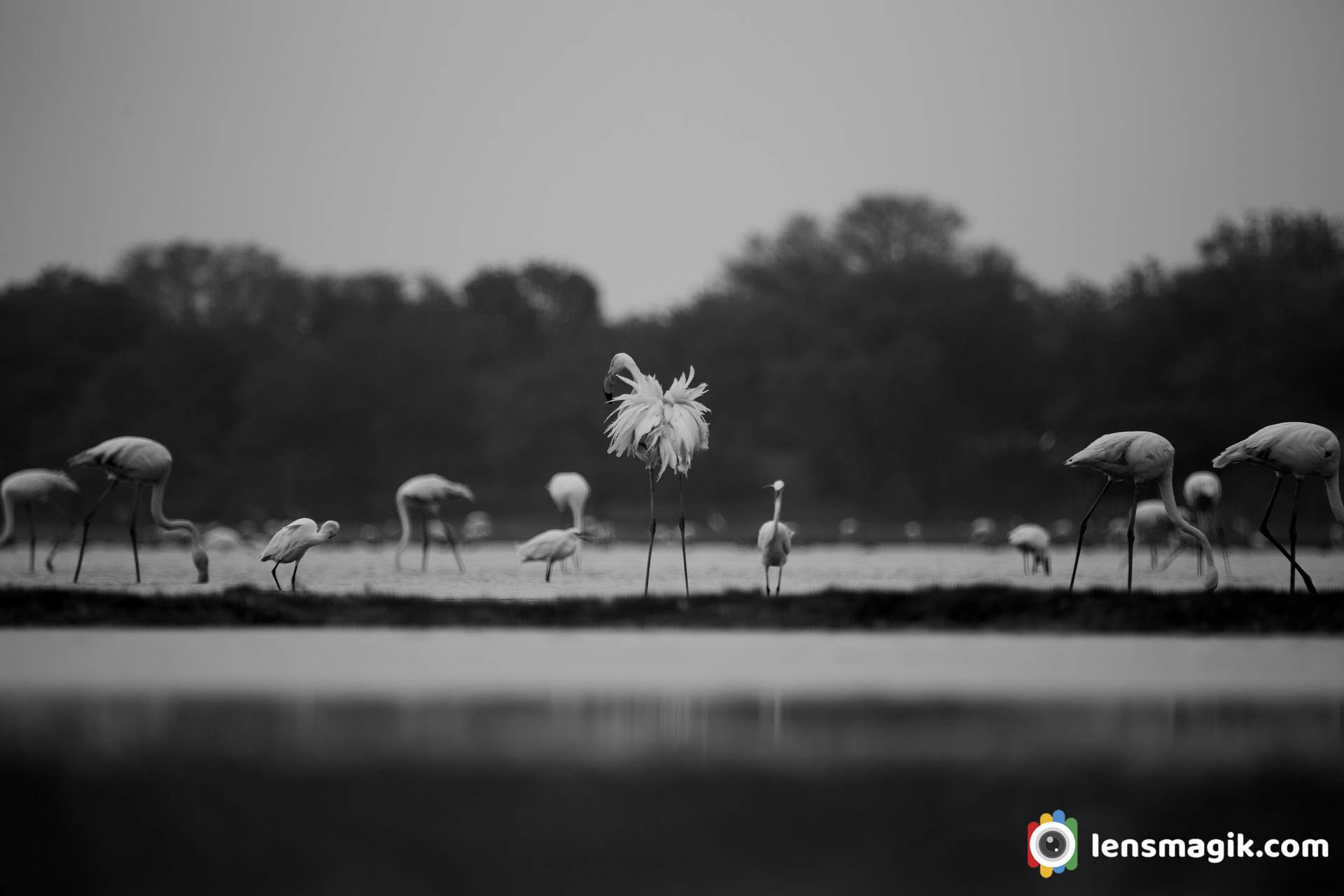
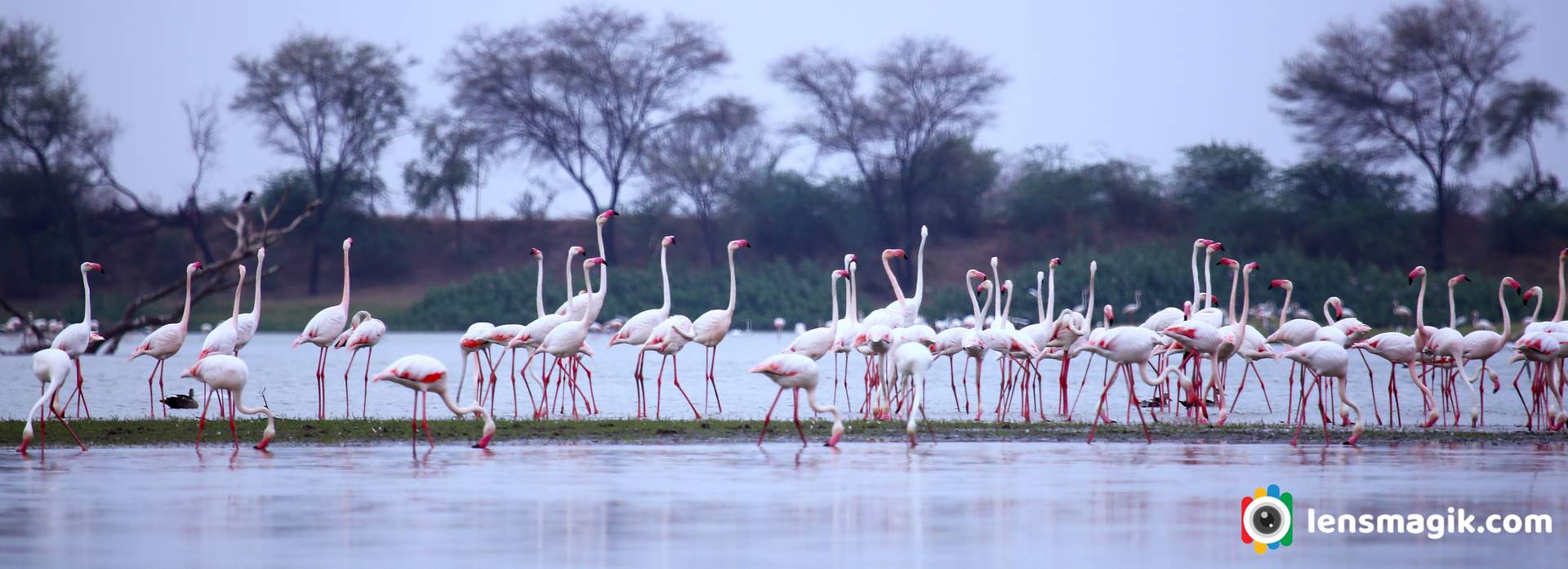
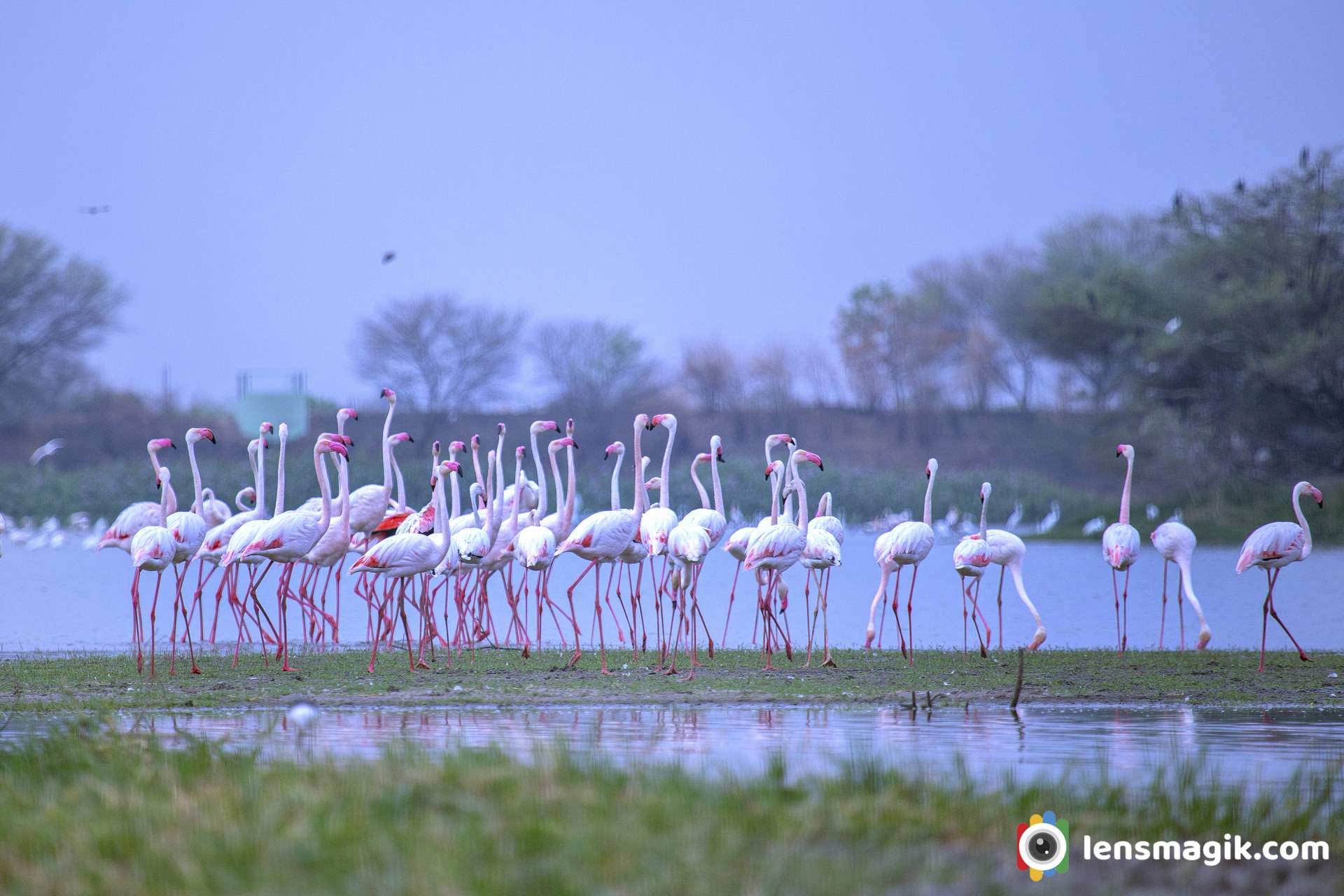
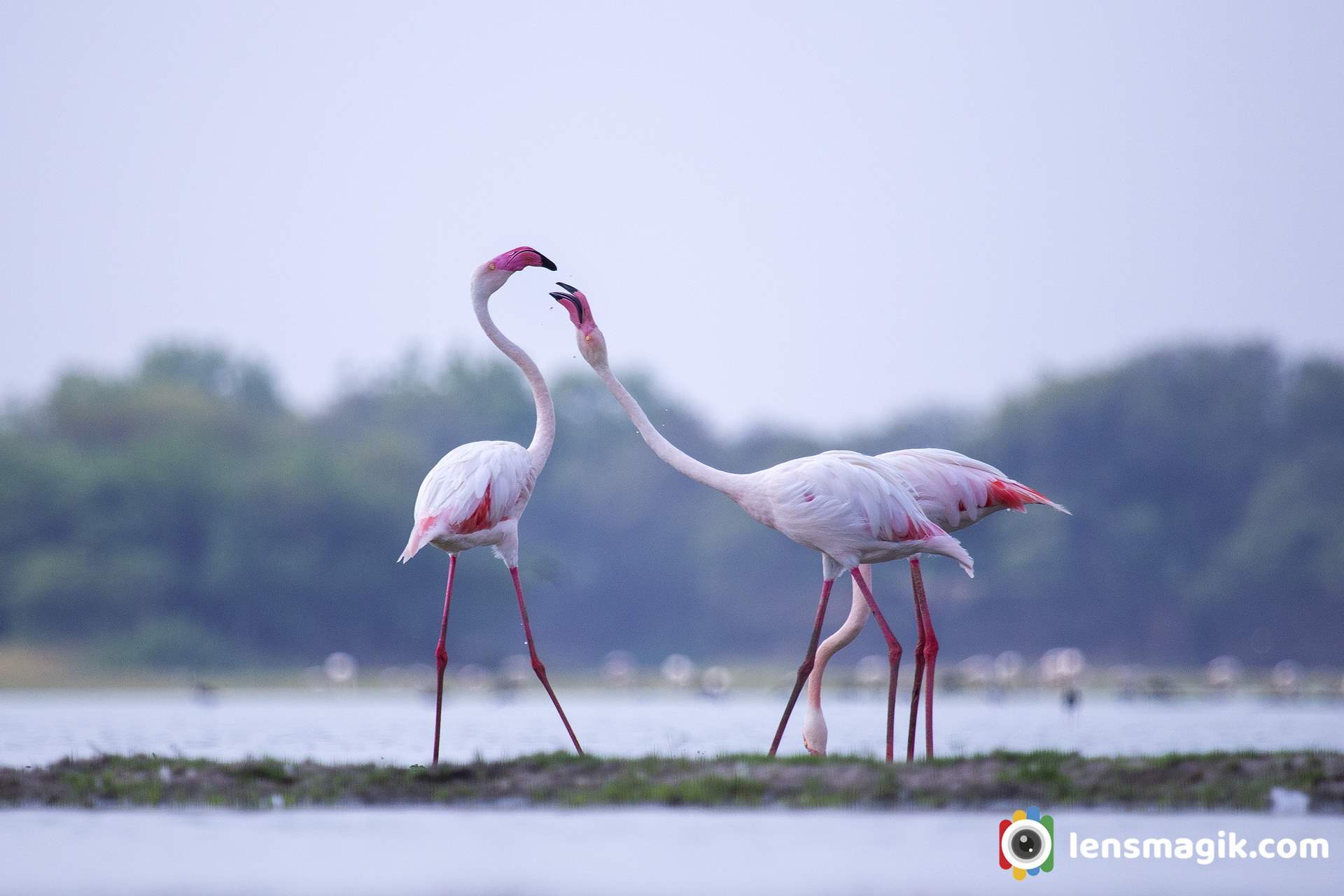
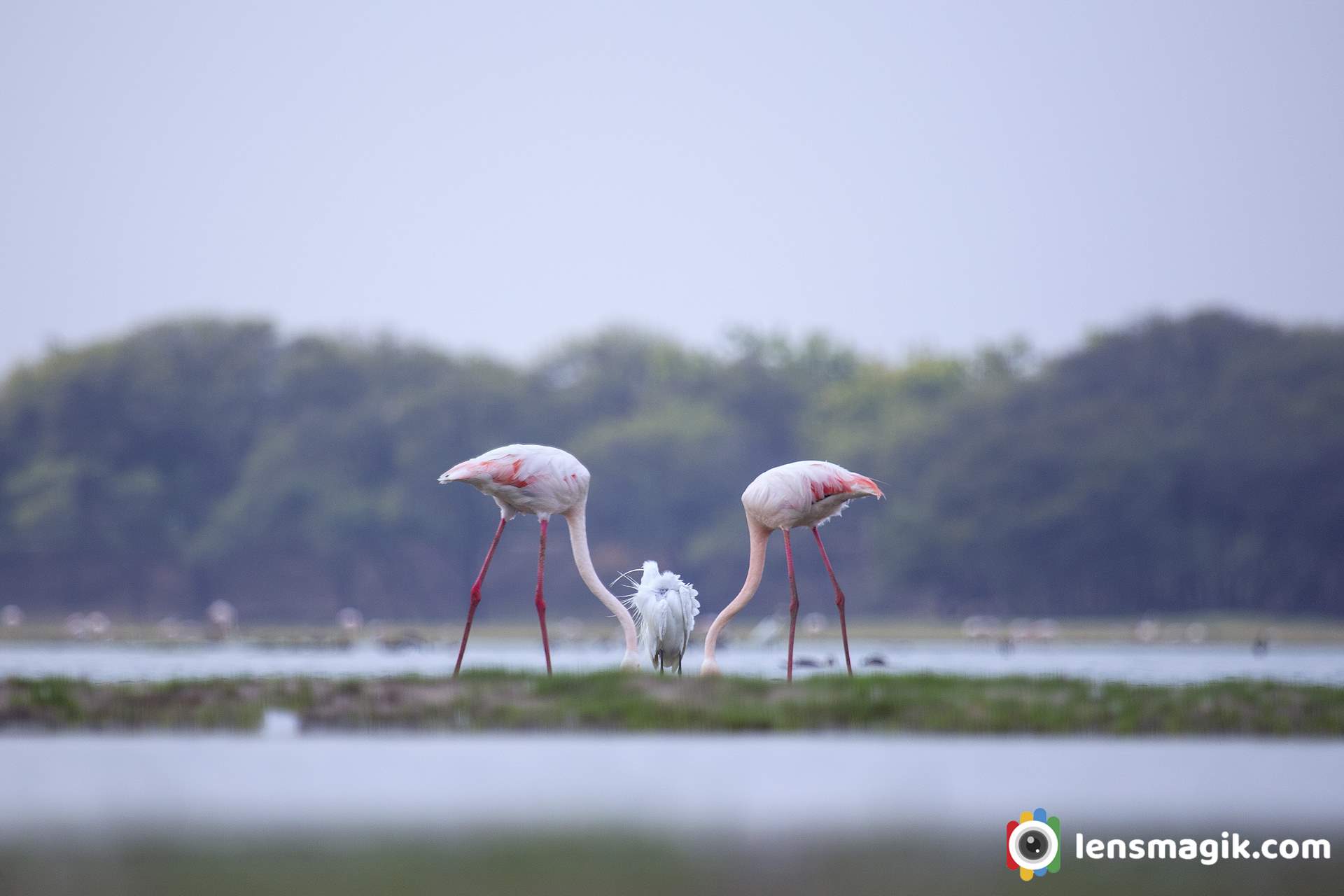
Two flamingos with little egret in between of them with down head all. The images of flamingo bird making a good frame. Because of its color flamingo birds images are very attractive and also their grouping make a perfect frame of flamingo bird picture.
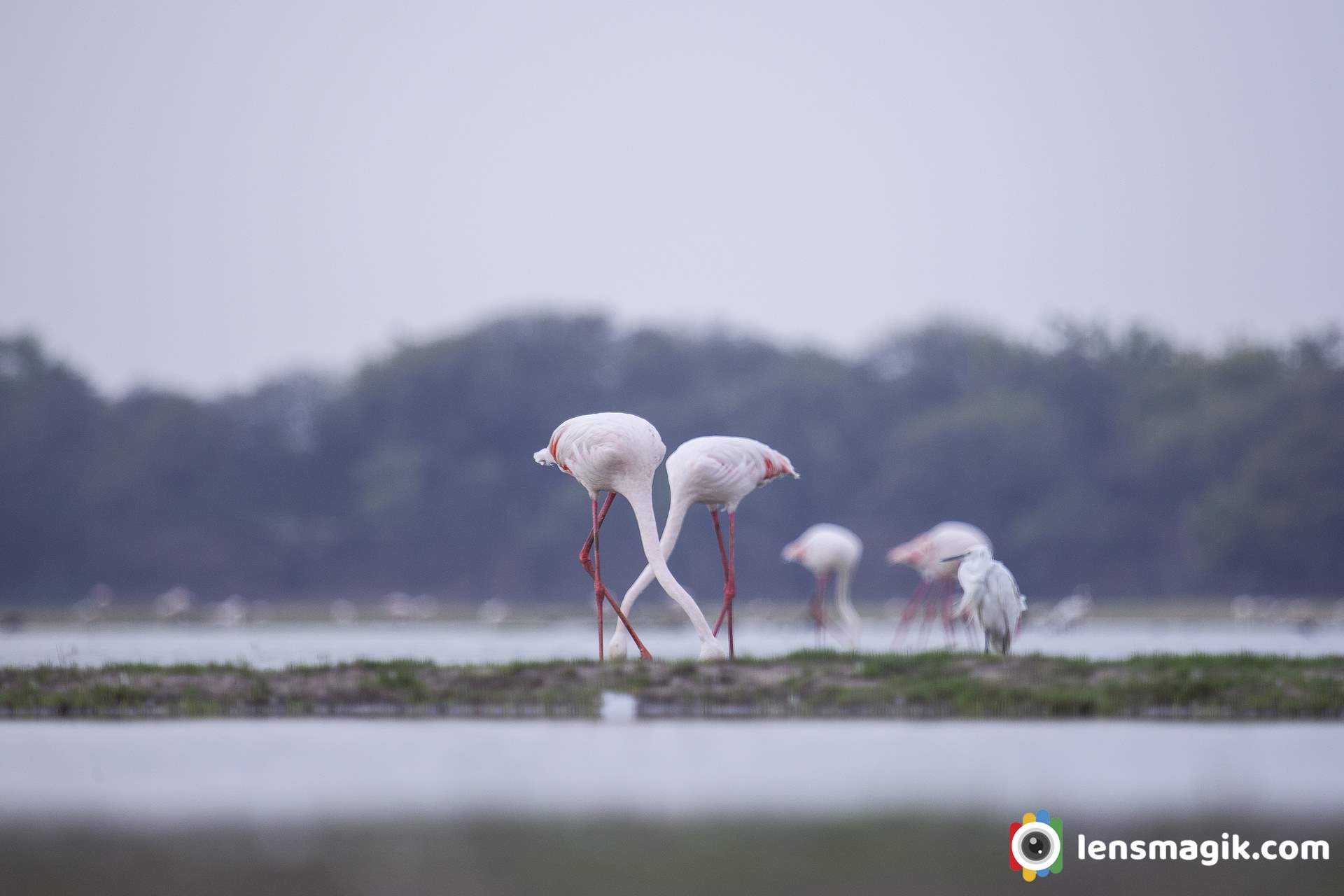
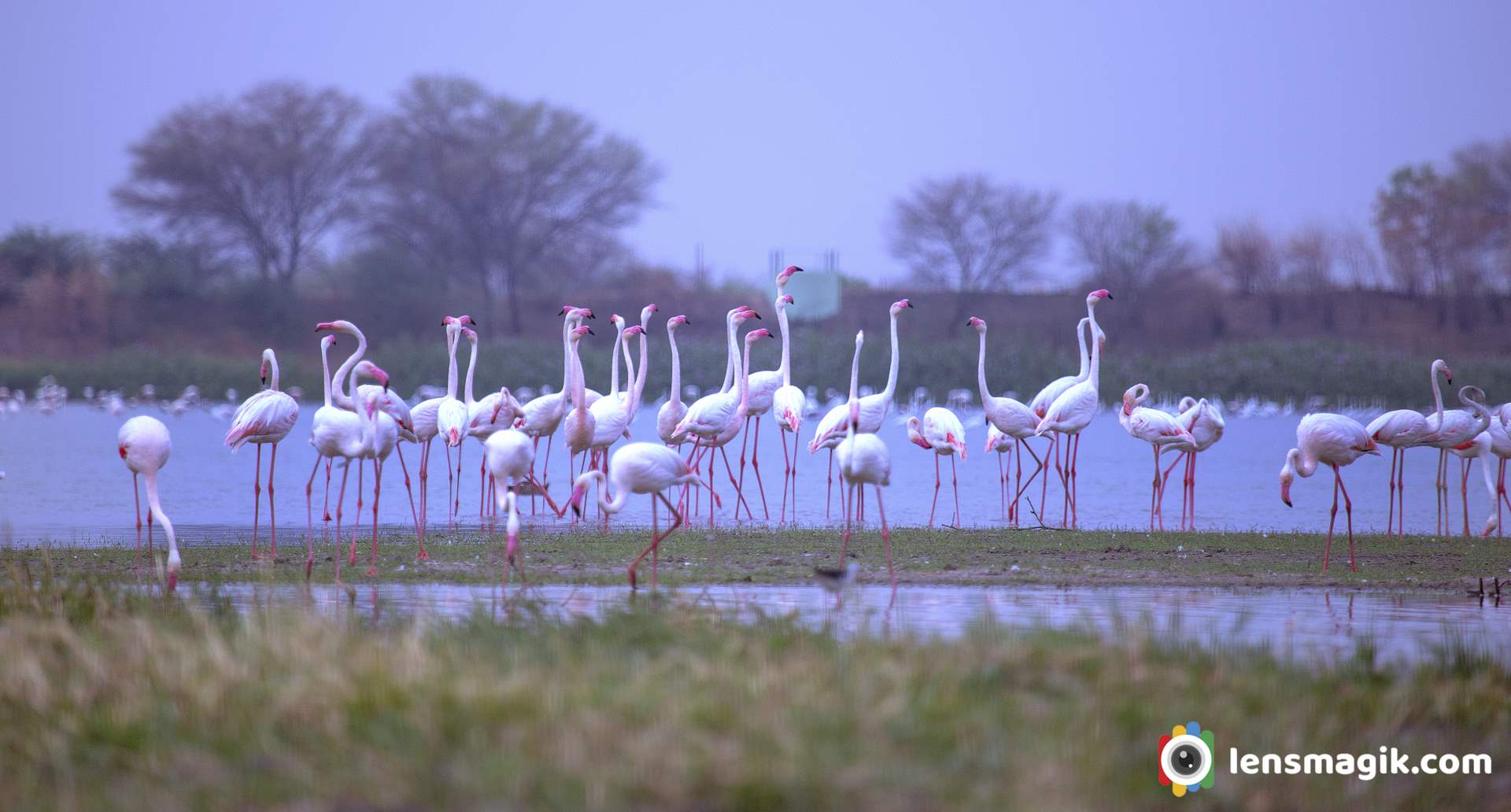
A morning pared time for flamingo birds. A beautiful Greater flamingo birds are in a raw make image nice and show their unity.
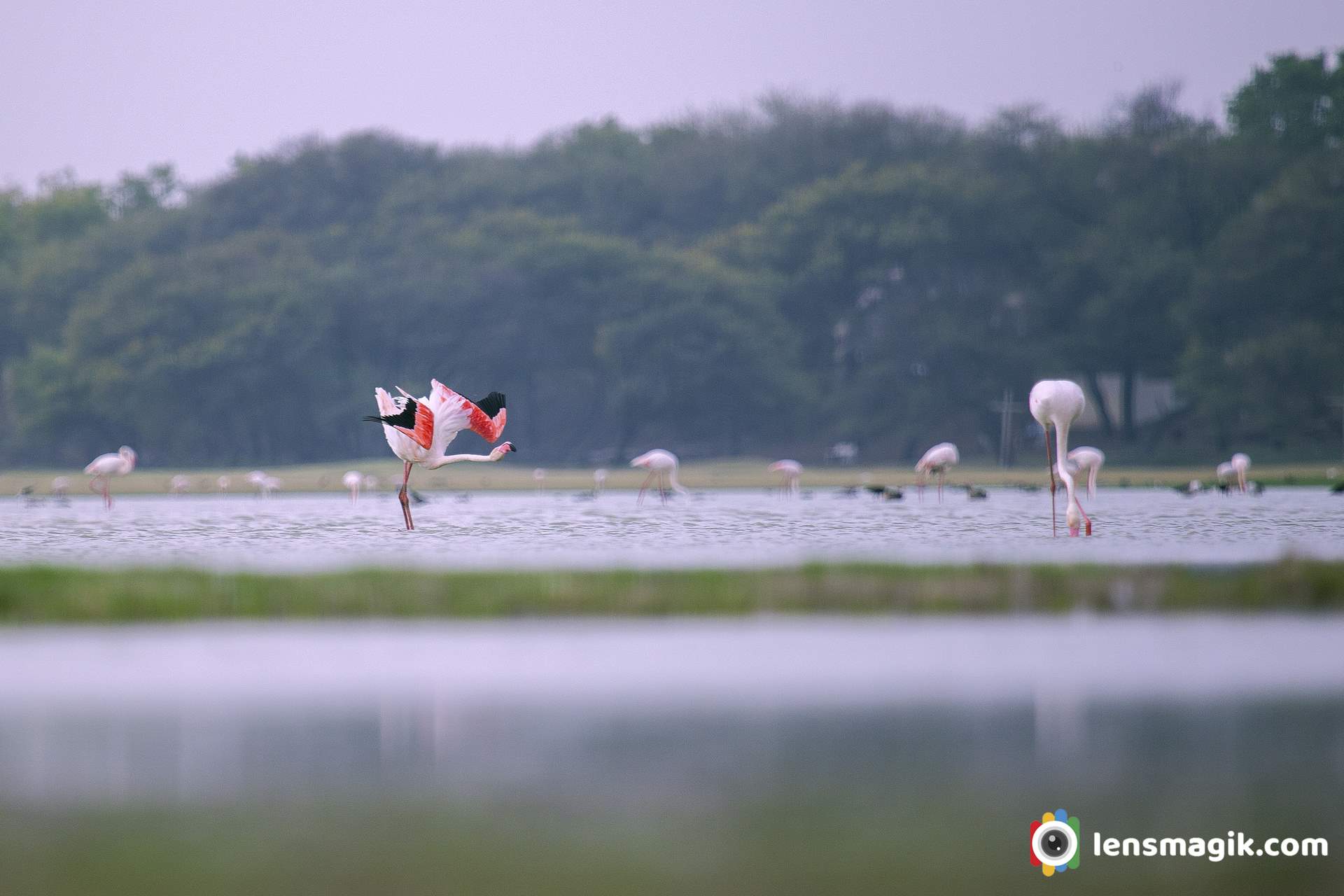
Perfact wingspan of Flamingo bird looks great. Pink Wings make image more attractive.
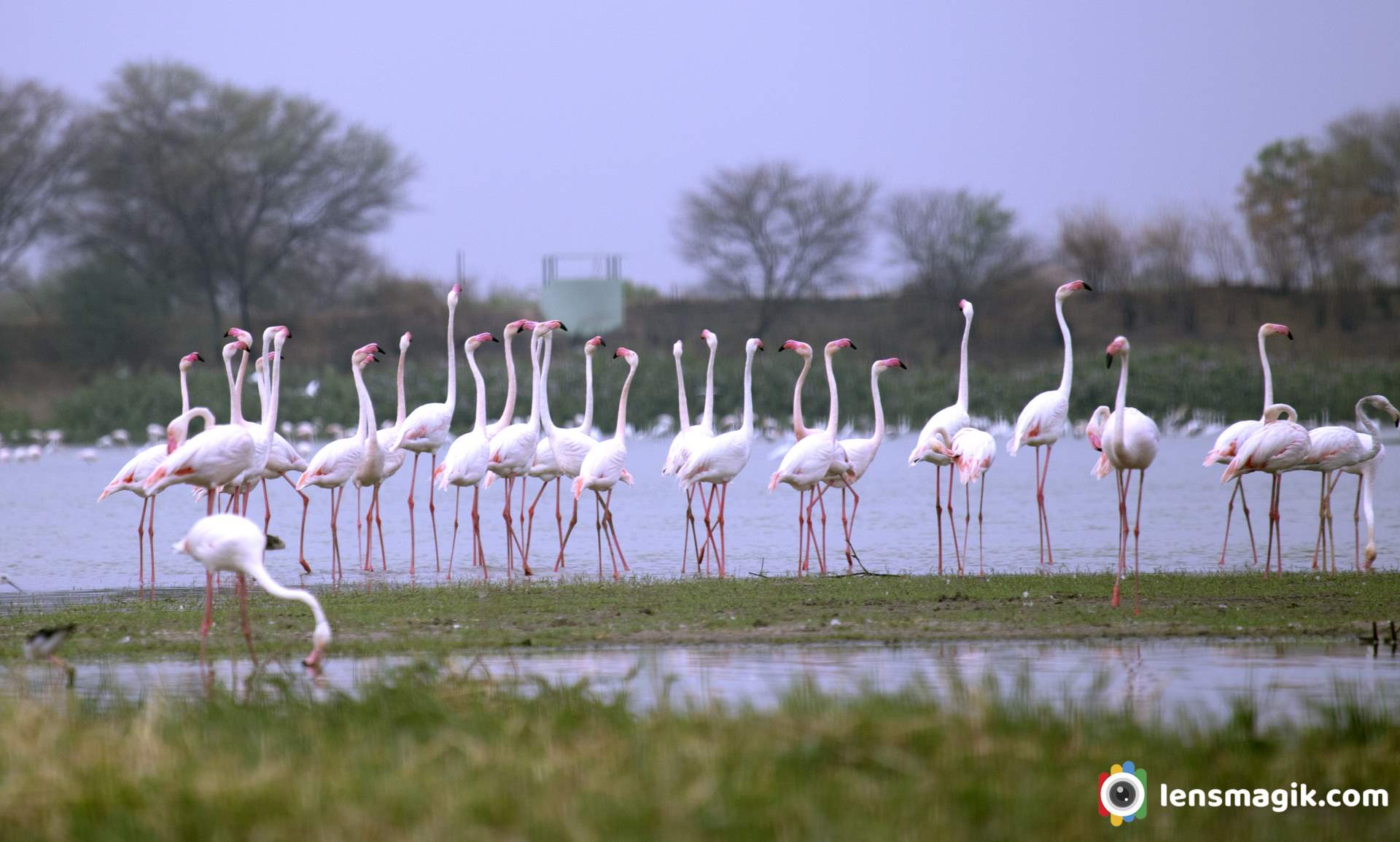
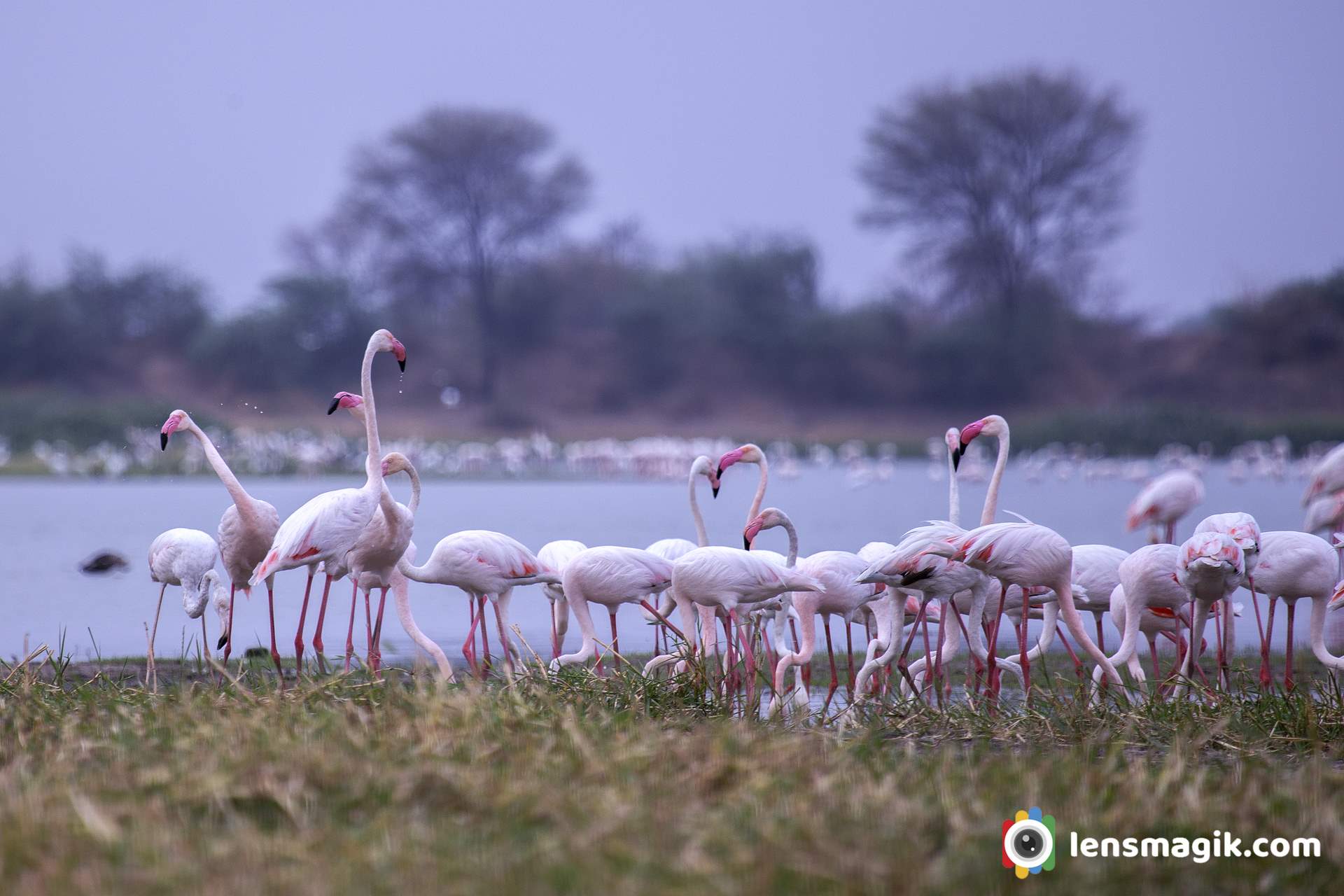
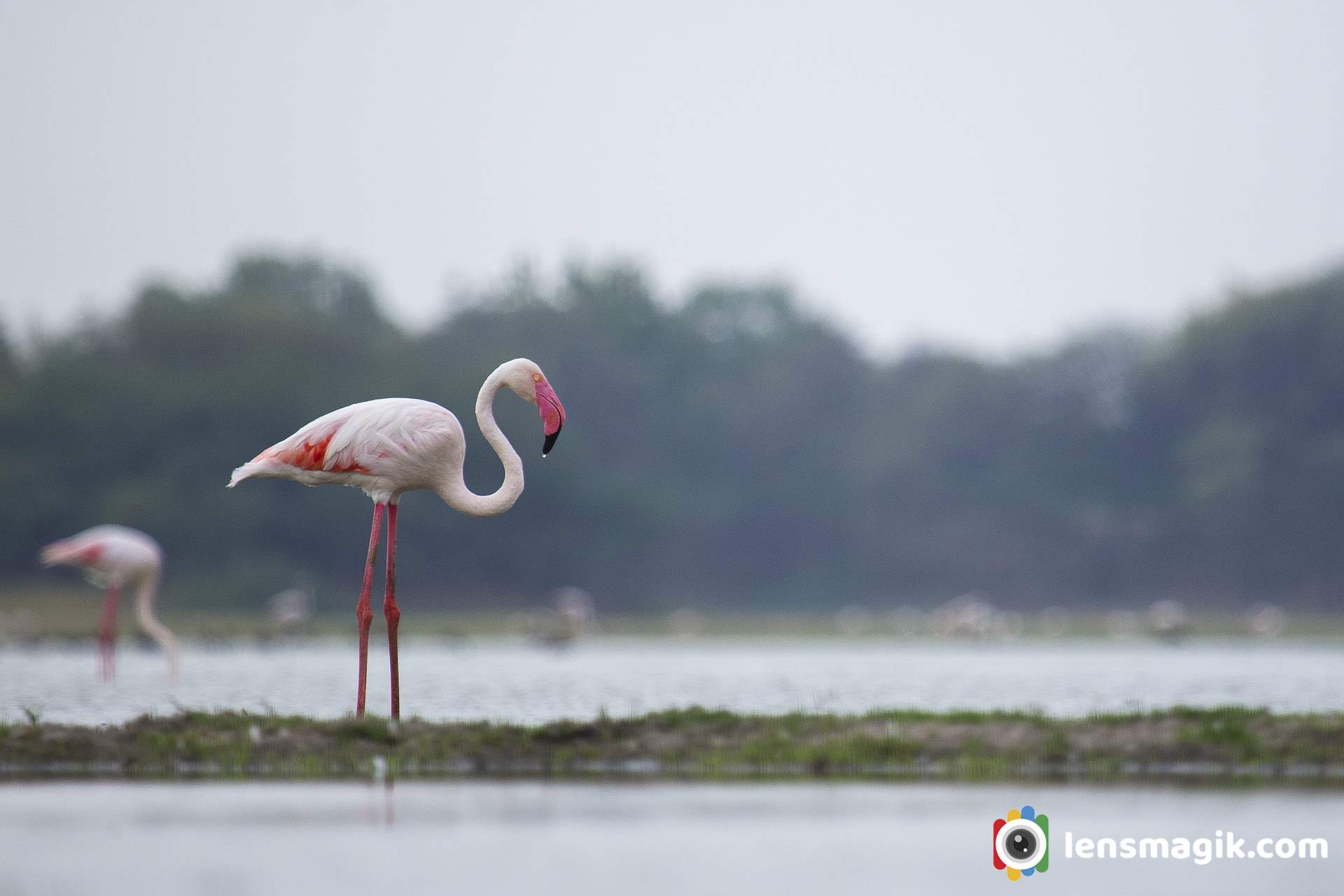
Solo Greater flamingo bird
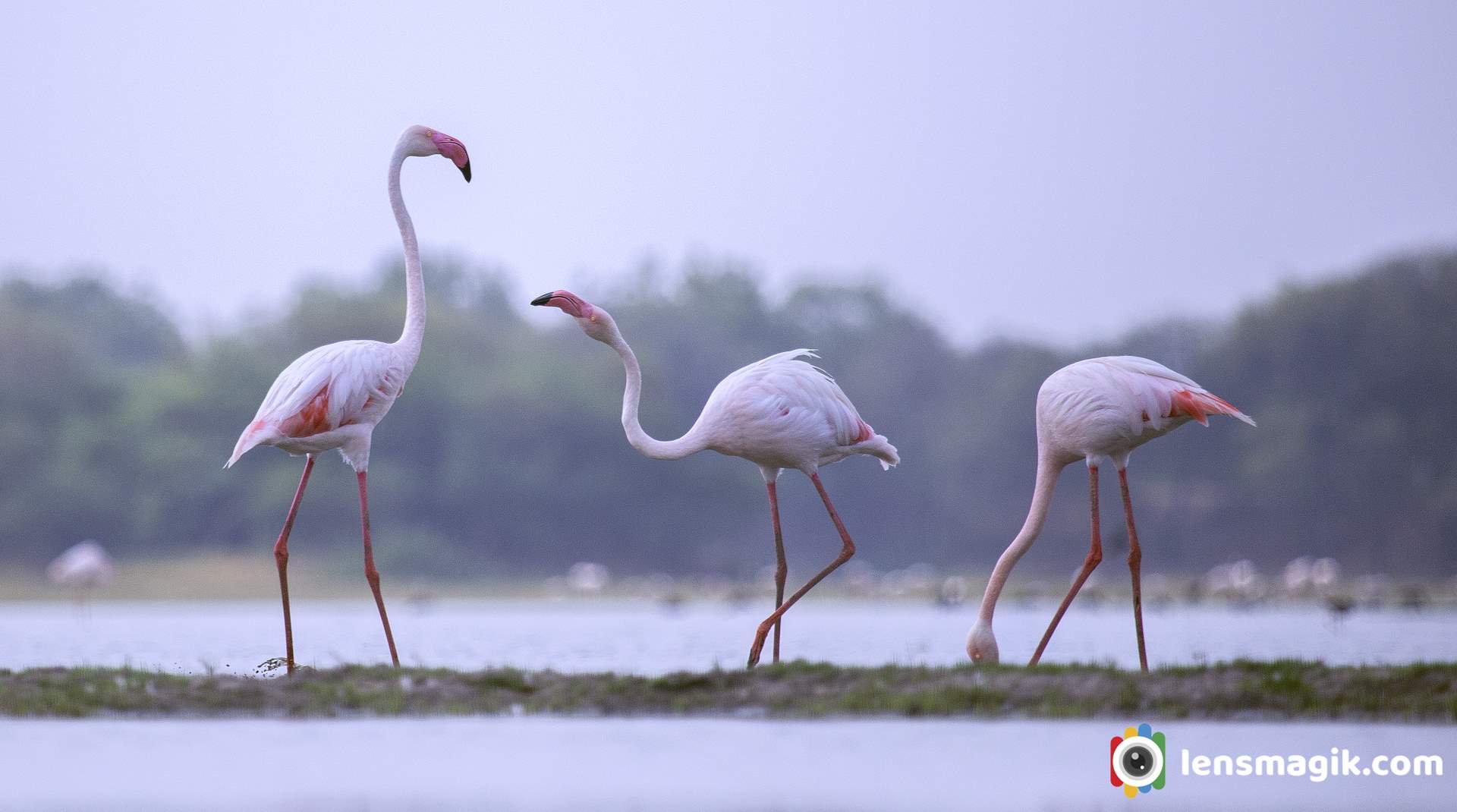
Some masti time for two flamingo birds .
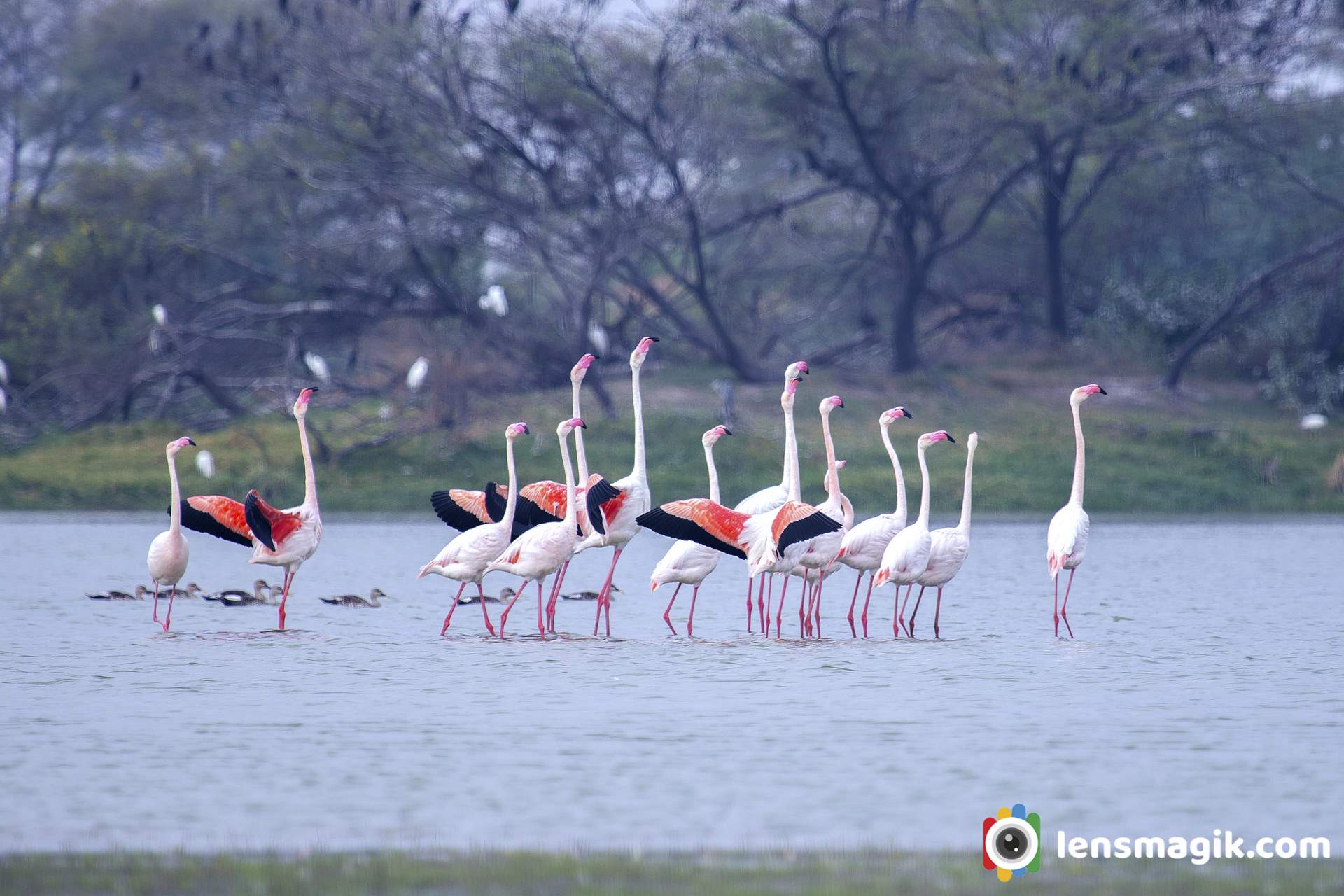
Above image shows the discipline of Flamingo Bird and looks like a morning pared they are doing .
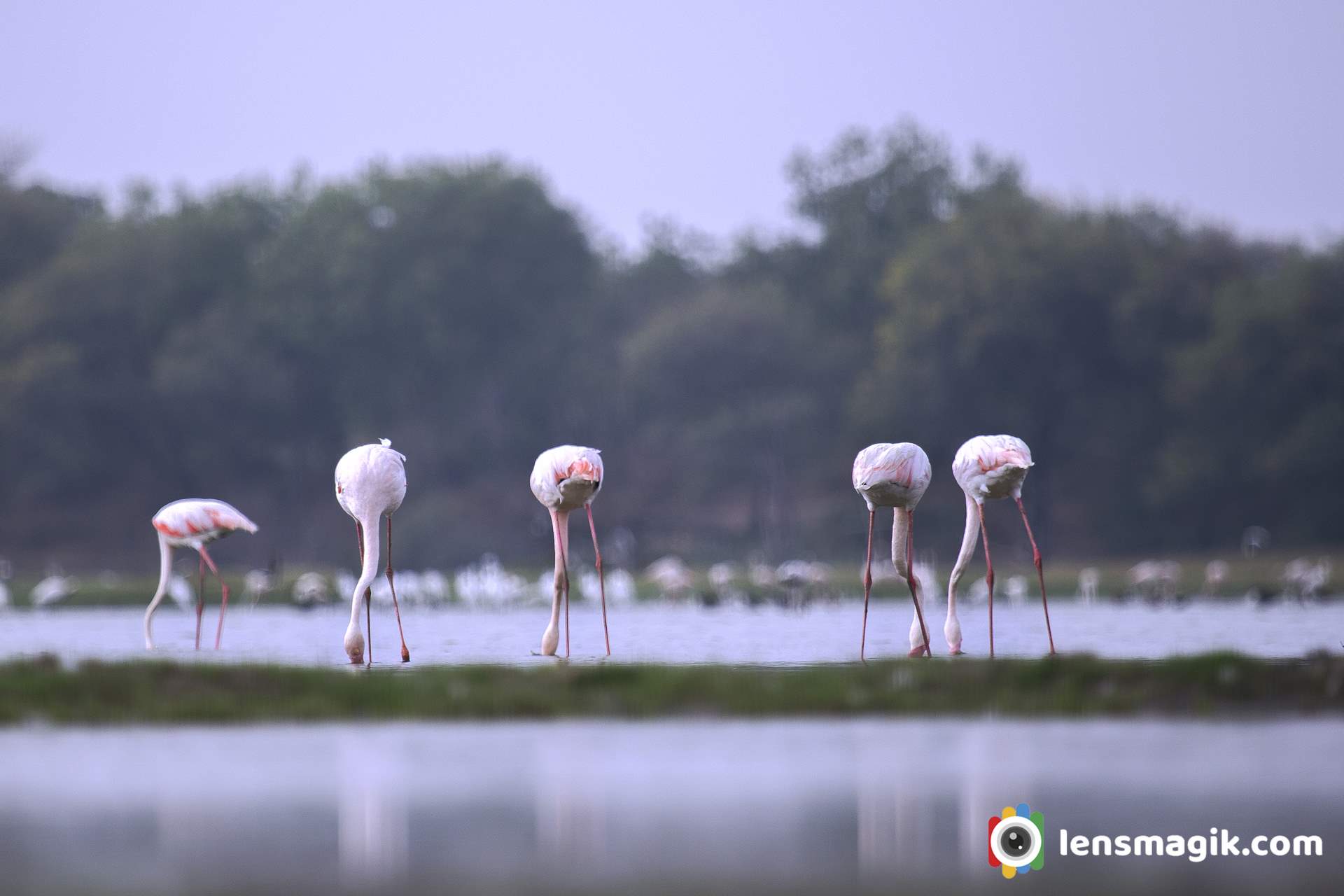
https://youtu.be/9dVBrR9NSOo
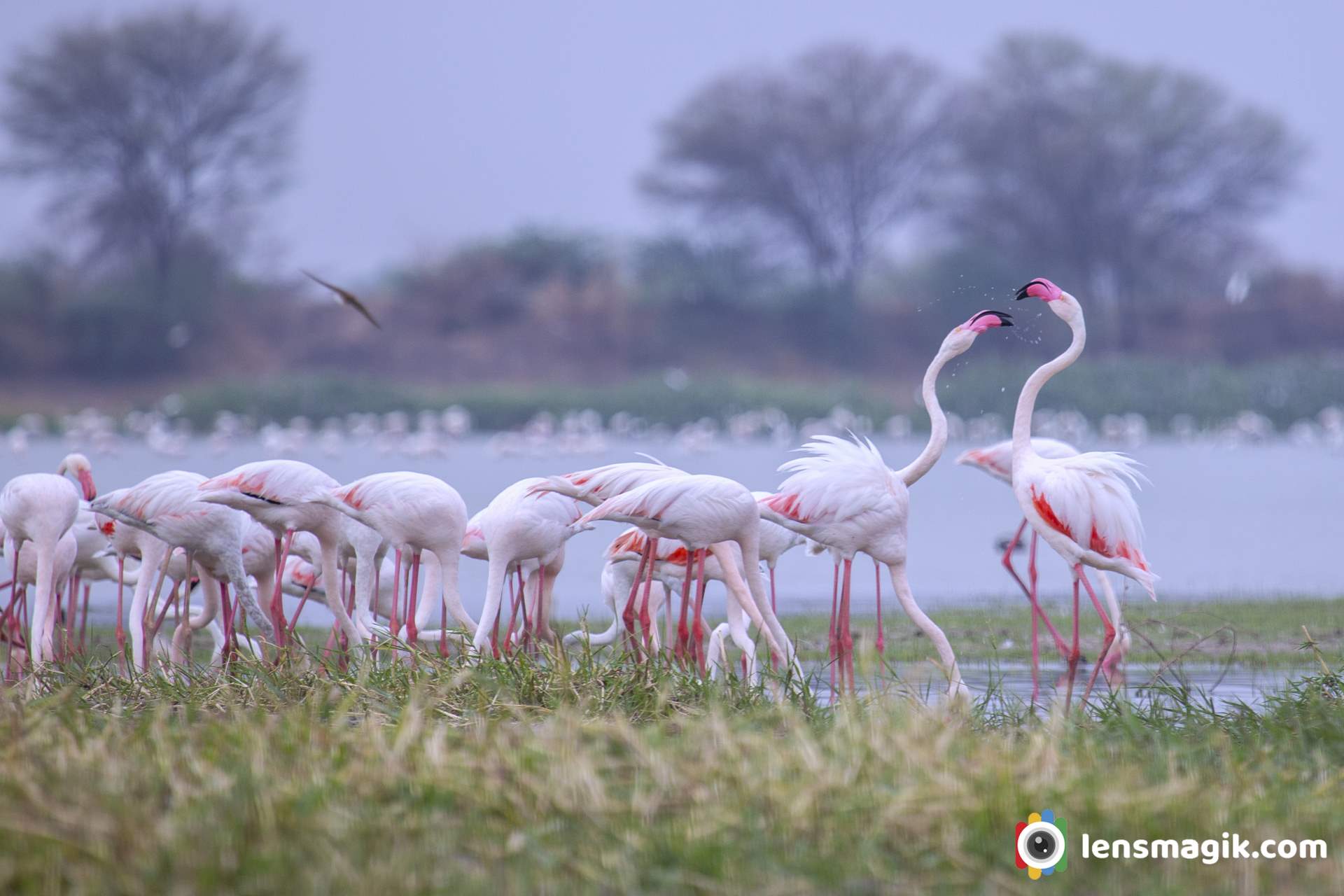
A group of Flamingo Birds at Thol Lake make your frame awesome.
Location : Thol Lake, Gujarat
Thol lake is just 25 km approx. from Ahmedabad. You can visit one day for Thol lake is enough. Also you can find another migratory birds like pelicans , bar headed goose, river tern and many more resident spices.
Ahmedabad to Thol lake distance about 25km
Thol bird sanctuary is located in Kadi Taluka in Mehsana District near sanand Gujarat. It is an artificial lake located near village Thol. In 1912 thol lake was built and it was declared as a Sanctuary in 1988. The main use of lake is use of water for irrigation. The Thol Bird Sanctuary or a Thol lake wildlife Sanctuary India is a habitat of more than 150 spices of birds. Also it is famous for migratory birds Flamingos and Sarus Crane which breeds here.
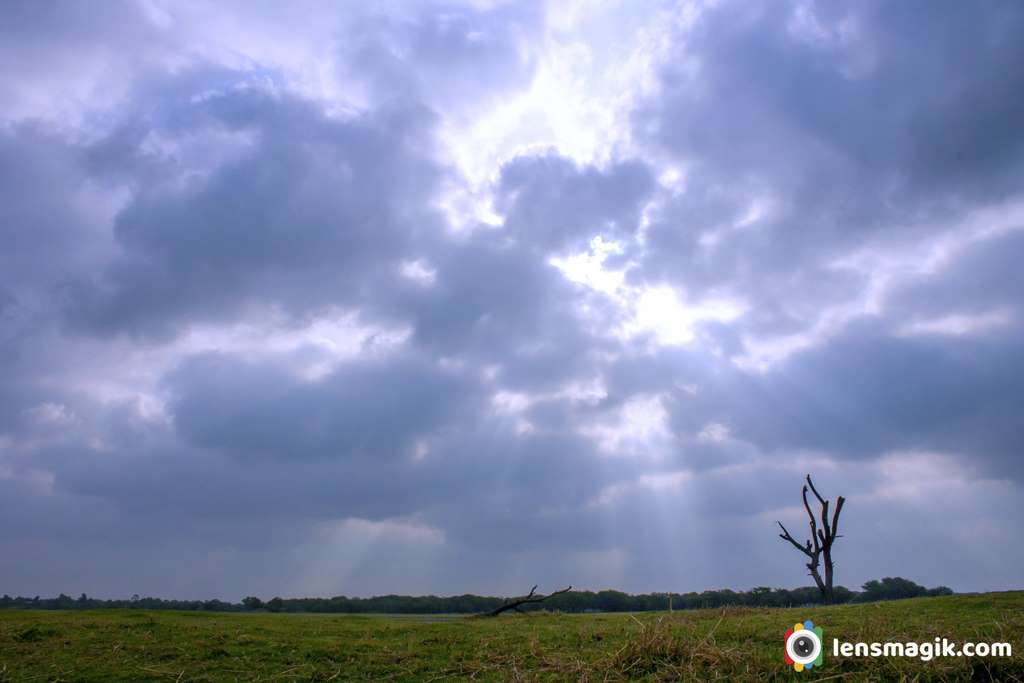
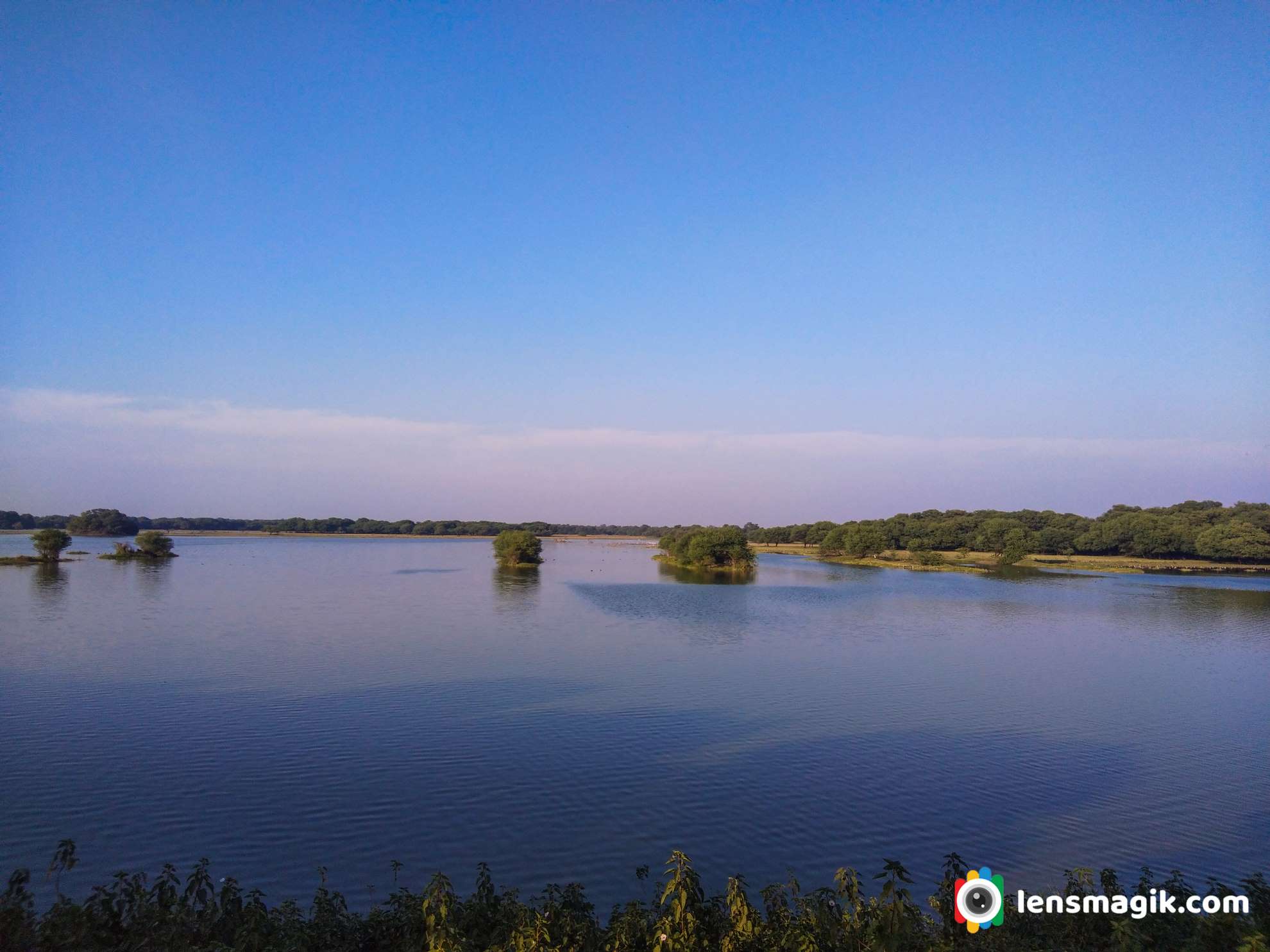
About Thol Lake / Thol Bird Sanctuary
Thol lake is located near Thol village and its area around 38000 acres. Lake faces all season winter , summer and monsoon. During winter temperature goes to 8 degree and in summer temperature goes to 43 degree. Thol lake is under control of Forest and Irrigation department of Gujarat. Thol lake water storage capacity is around 84 million cubic meters. Thol wildlife sanctuary is declared as Eco Sensitive Zone .
Flora and Fauna Thol Sanctuary :
Thol lake has many vegetation plants like Zizyphus, Acacia nilotica, Ficus, Capparis, Azadirachta indica etc. There are also some mix flora of Marshy and Aquatic plants reported in Thol Lake.
Thol lake is protected area and it is very good habitat for water birds. In thol bird sanctuary there are more than 150 spices of birds found . Among these more than 60 % of birds are water birds. Flamingo bird is most prominent bird of Thol Lake. Also Sarus Crane nest in large number here.
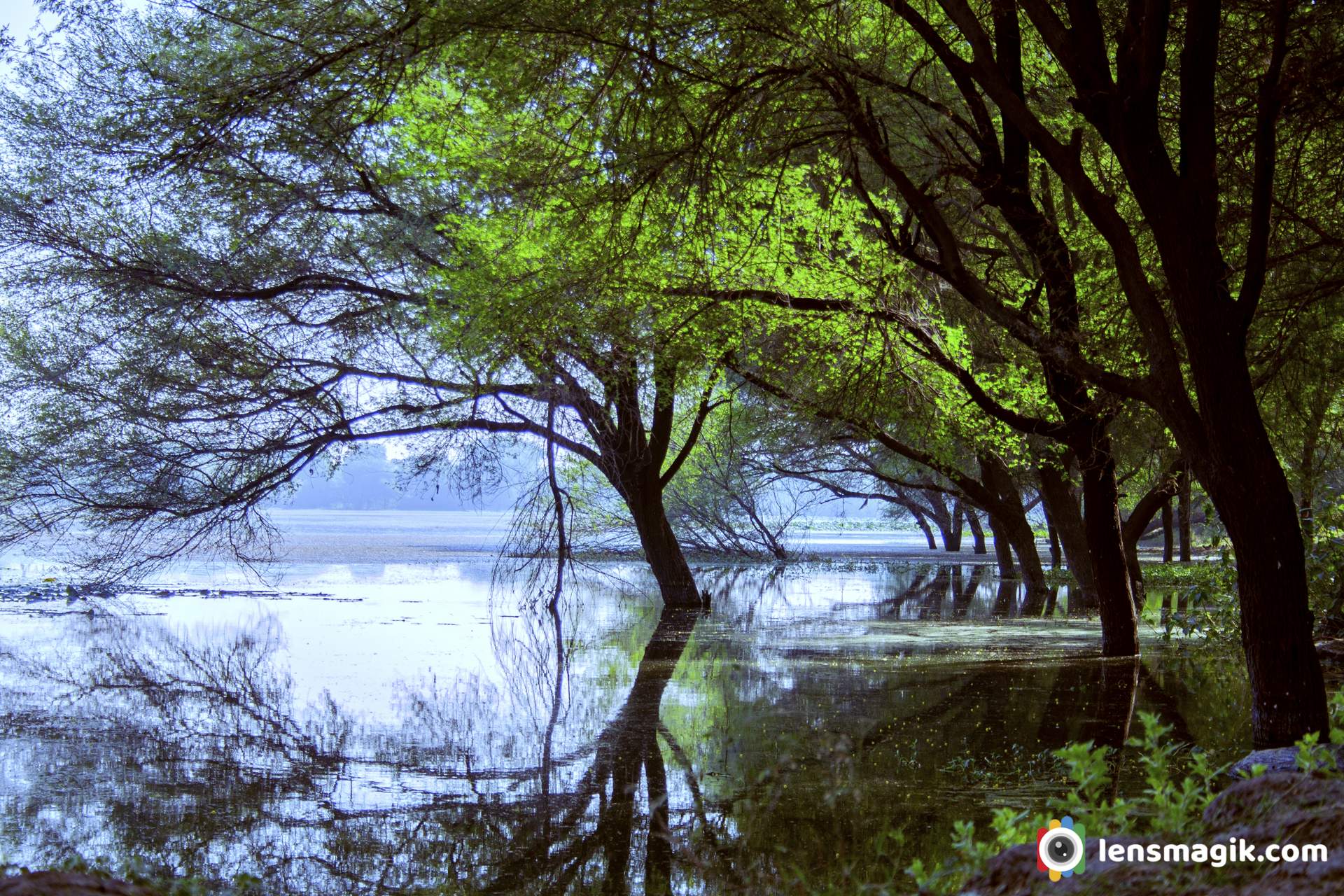
Famous Migratory Birds of Thol Lake
• Flamingos
• Sarus Crane
• Great White Pelican
• Mallards
• Bar Headed Geese , Grey Headed Geese
• Waterfowl
There are also some spices reported here like Dalmatian Pelican, Indian Skimmer, Greater Spotted Eagle, Indian Vulture and white rumped Vulture etc. In Mammals Bluebull, Blackbuck and Golden jackal reported here.
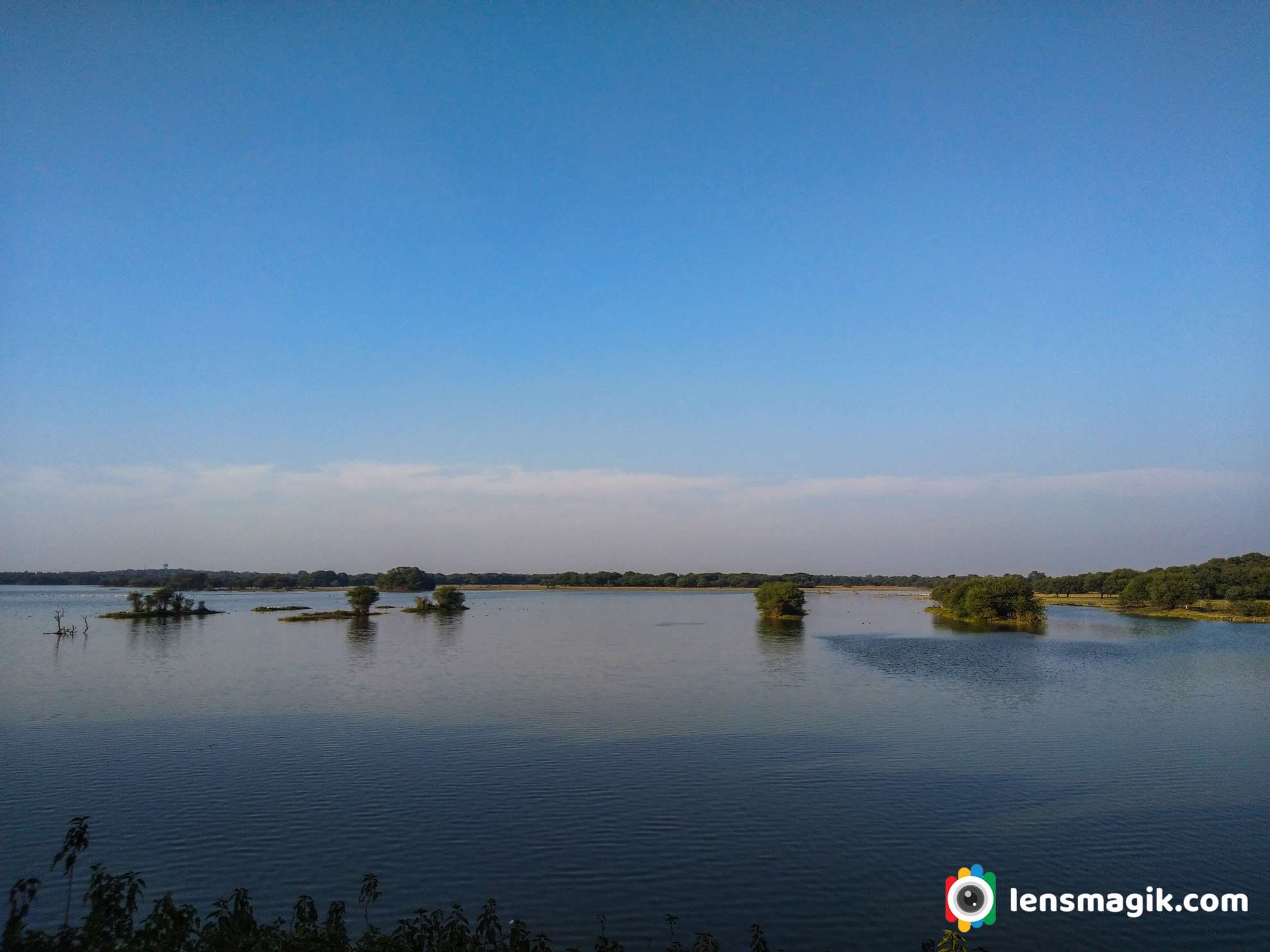
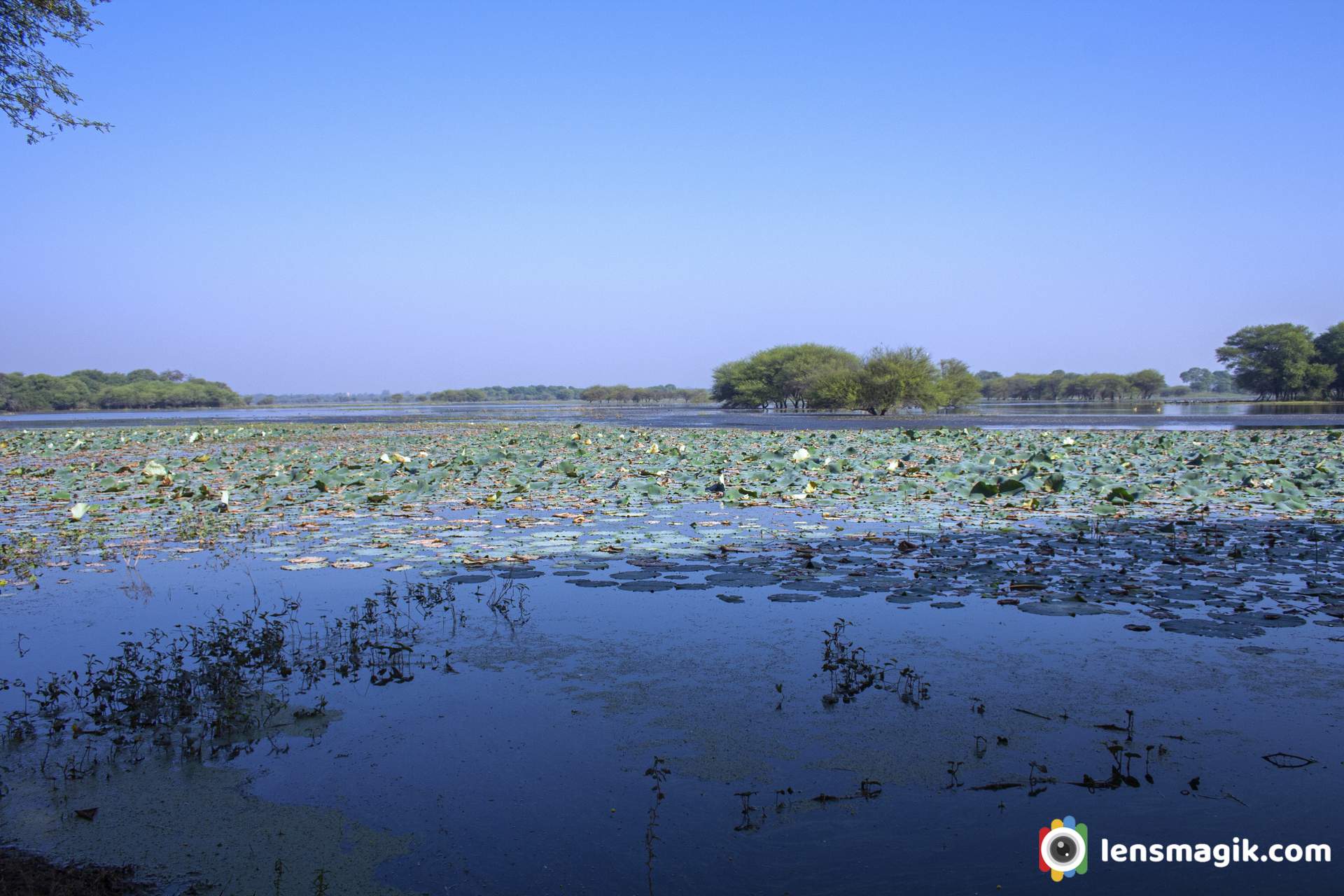
Thol Lake Timing and Fees :
Thol lake open everyday at 6 AM in morning and close at 5.30 PM in evening. Entry fees for Thol Lake or Thol sanctuary is 50 INR for per person. Also Camera fees extra at 200 INR and if you go via car then car fees also 500 INR. Foreigner fees are 10 $ per person.
Best Time to Visit Thol Sanctuary / Thol Lake :
Best time early morning for Thol Lake. In winter if you go before sunrise you can see Twilight sky amazing with lake shore and birds sound .During all season Thol lake has its own beauty. Every season you can visit at Thol Lake. But mostly during winter from November to March season is best for Thol Sanctuary visit. Because during winter lots of Migratory birds came here and stay for long time so for birding winter season is best at Thol Lake. Also during summer some of birds stays here like flamingos and pelicans, geese etc. So you can also see them in summer too. Also during summer water level of lake is low so may be the birds you can get in deep or sometimes closer. During monsoon most people don’t visit but if you like macro photography then you must visit Thol lake in monsoon. You can get some excellent macro subjects like waterdrops , Spiders, Insects etc.
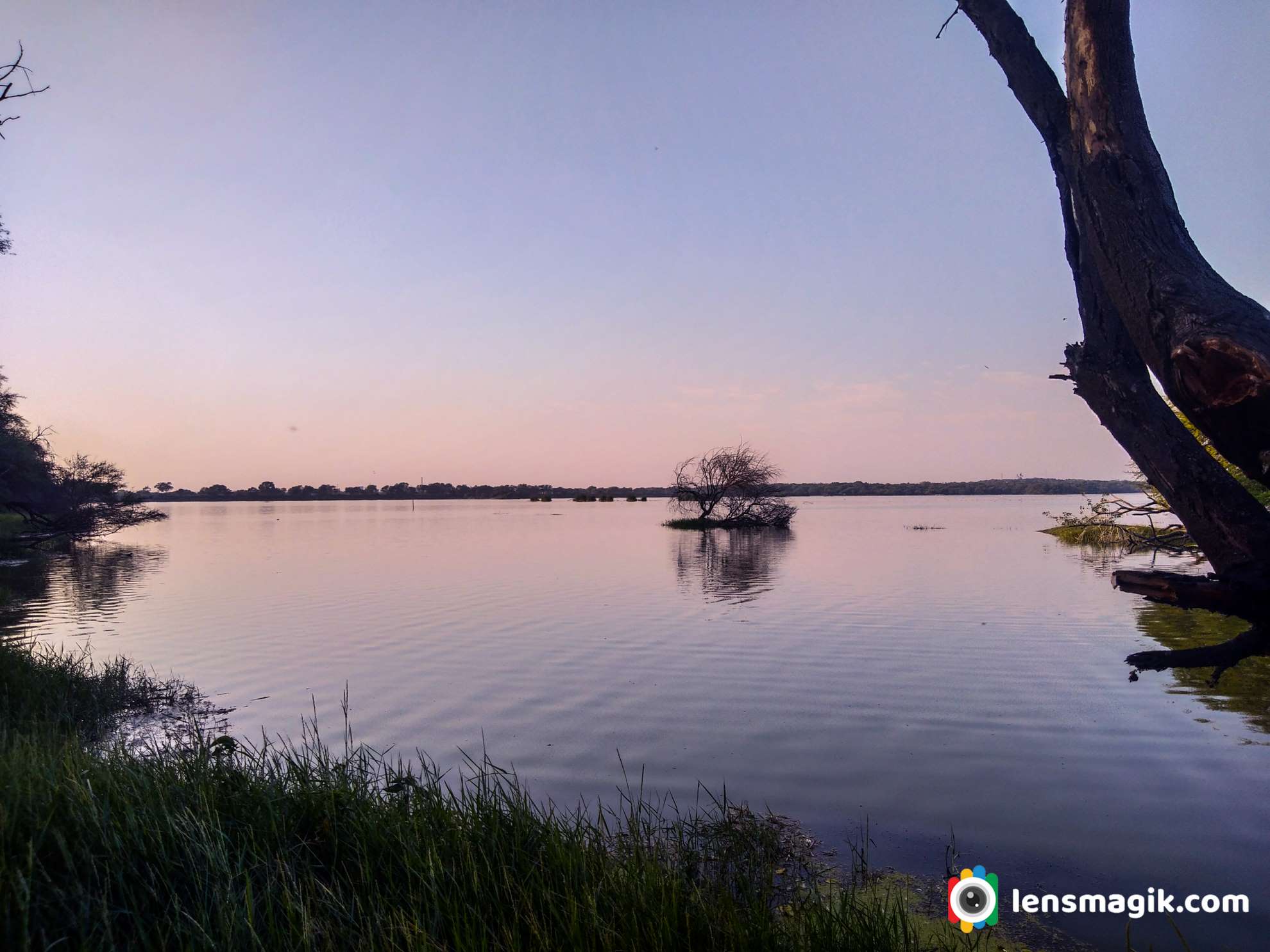
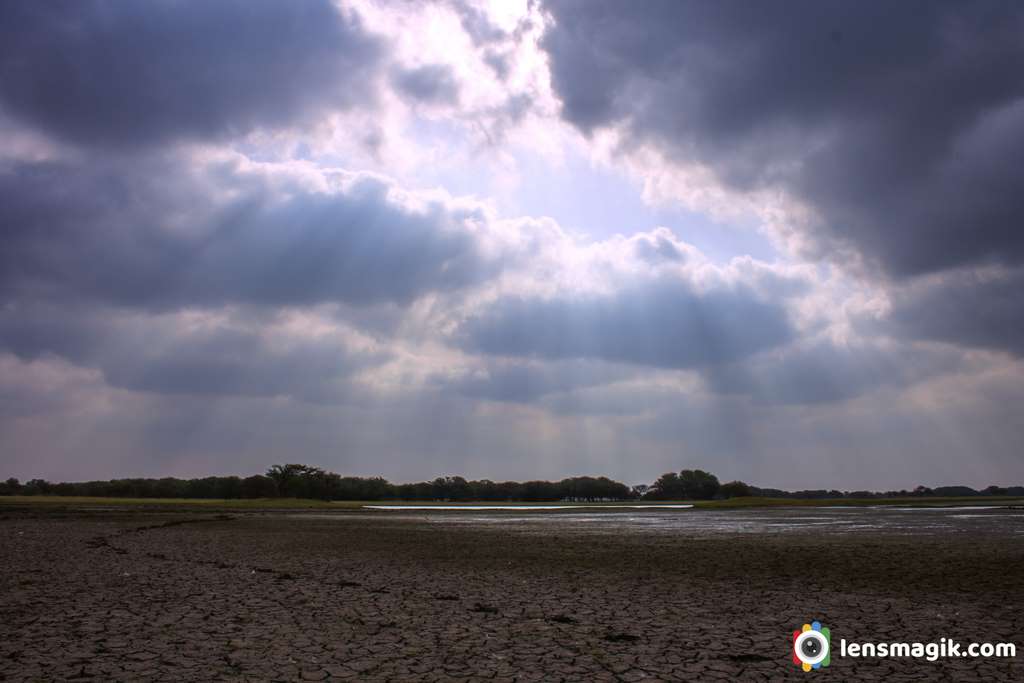
What to do and What not to do in Thol Lake / Keep in mind while visiting sanctuary in India :
• Keep silence in sanctuary
• Maintain discipline
• Keep sanctuary clean
• Do not throw plastic waste anywhere in sanctuary
• Protect wildlife
• Observe birds, mammals etc and protect them and identify them
• Follow rules of wildlife protection act -1972
• Don’t disturb birds and animals
• Don’t enter in sanctuary with liquor and inflammable objects
• Don’t make loud noice.
• Enter in sanctuary with permit only and keep receipt till you leave sanctuary
• Don’t feed birds and animals
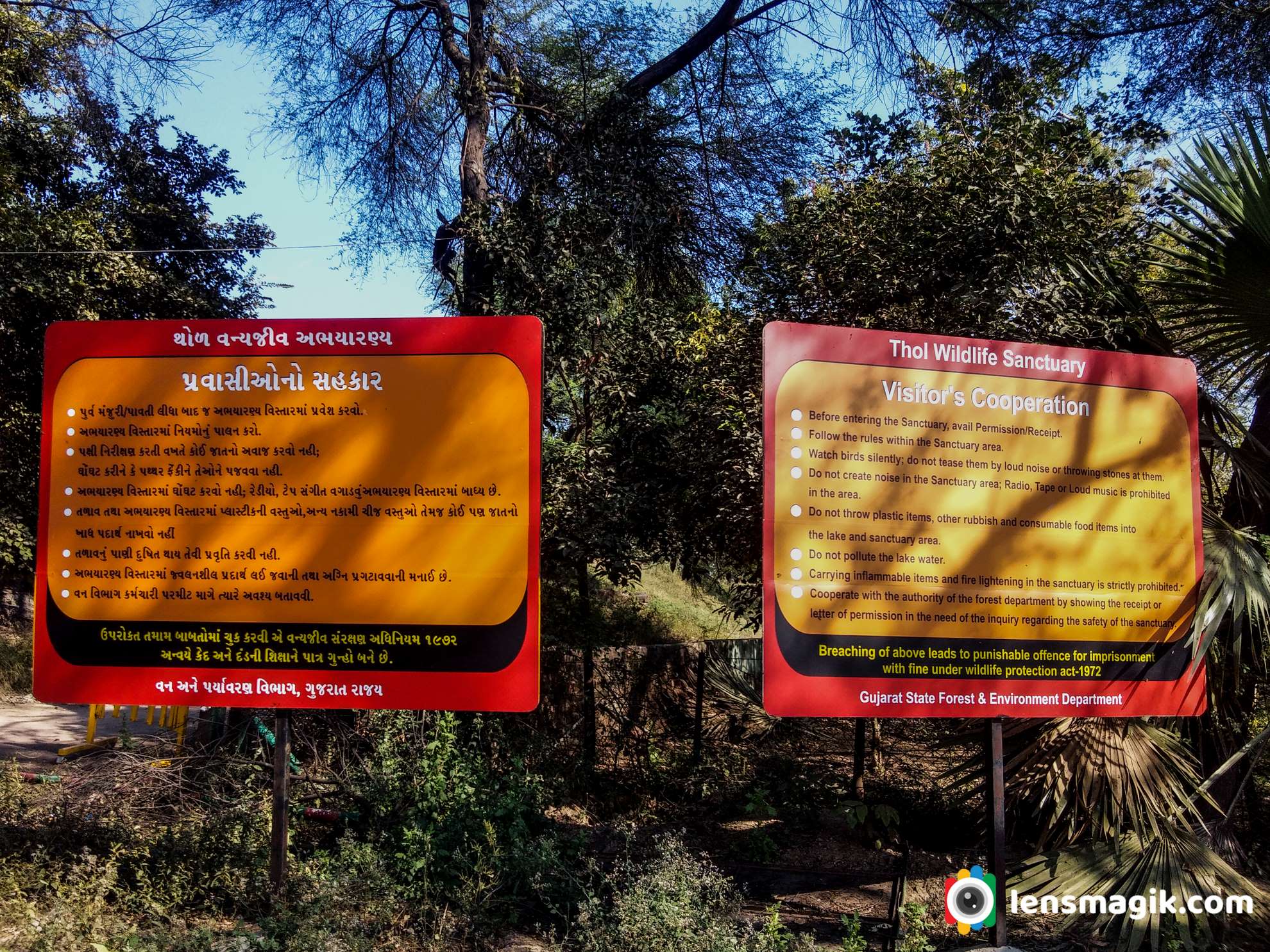
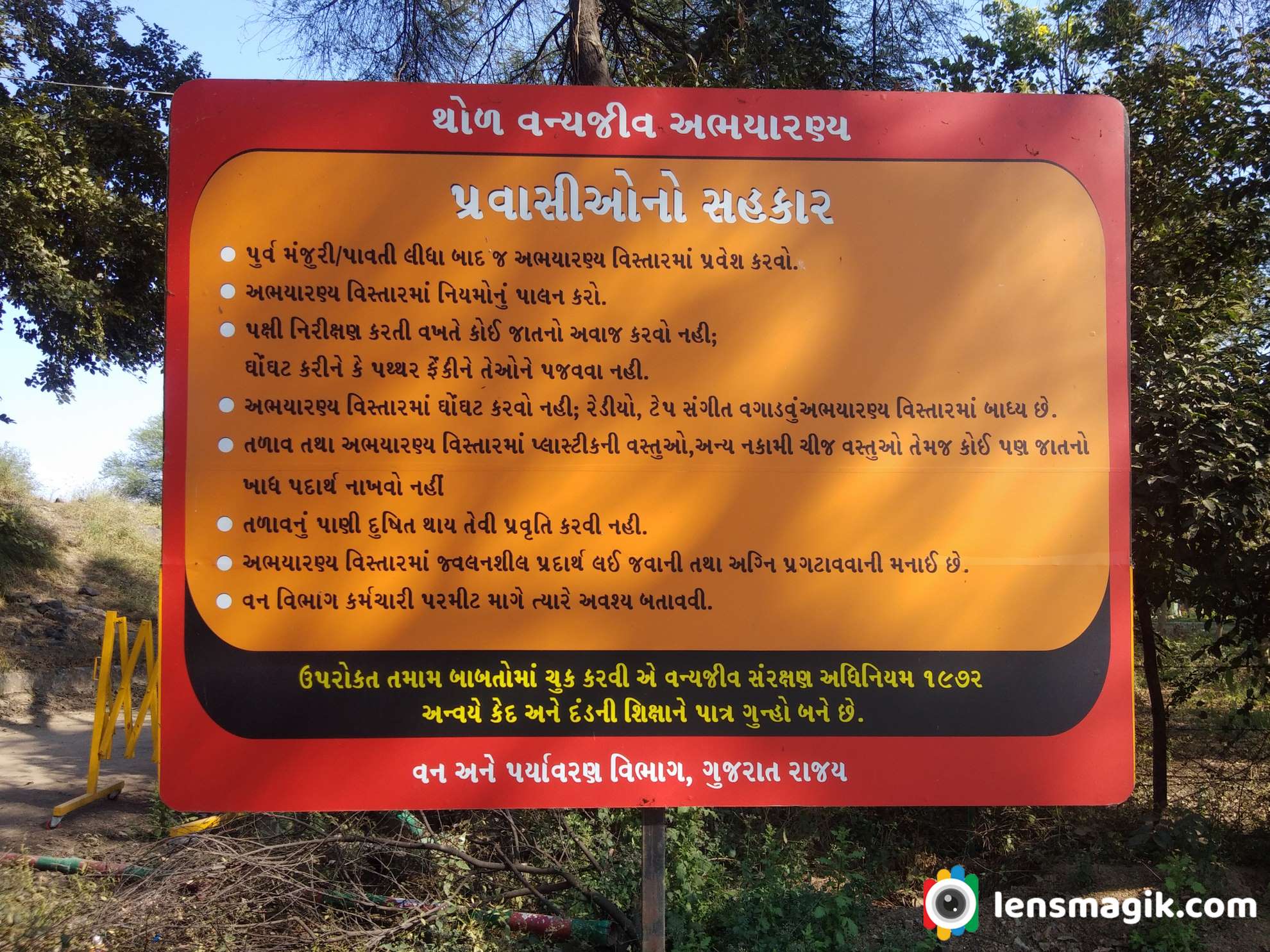
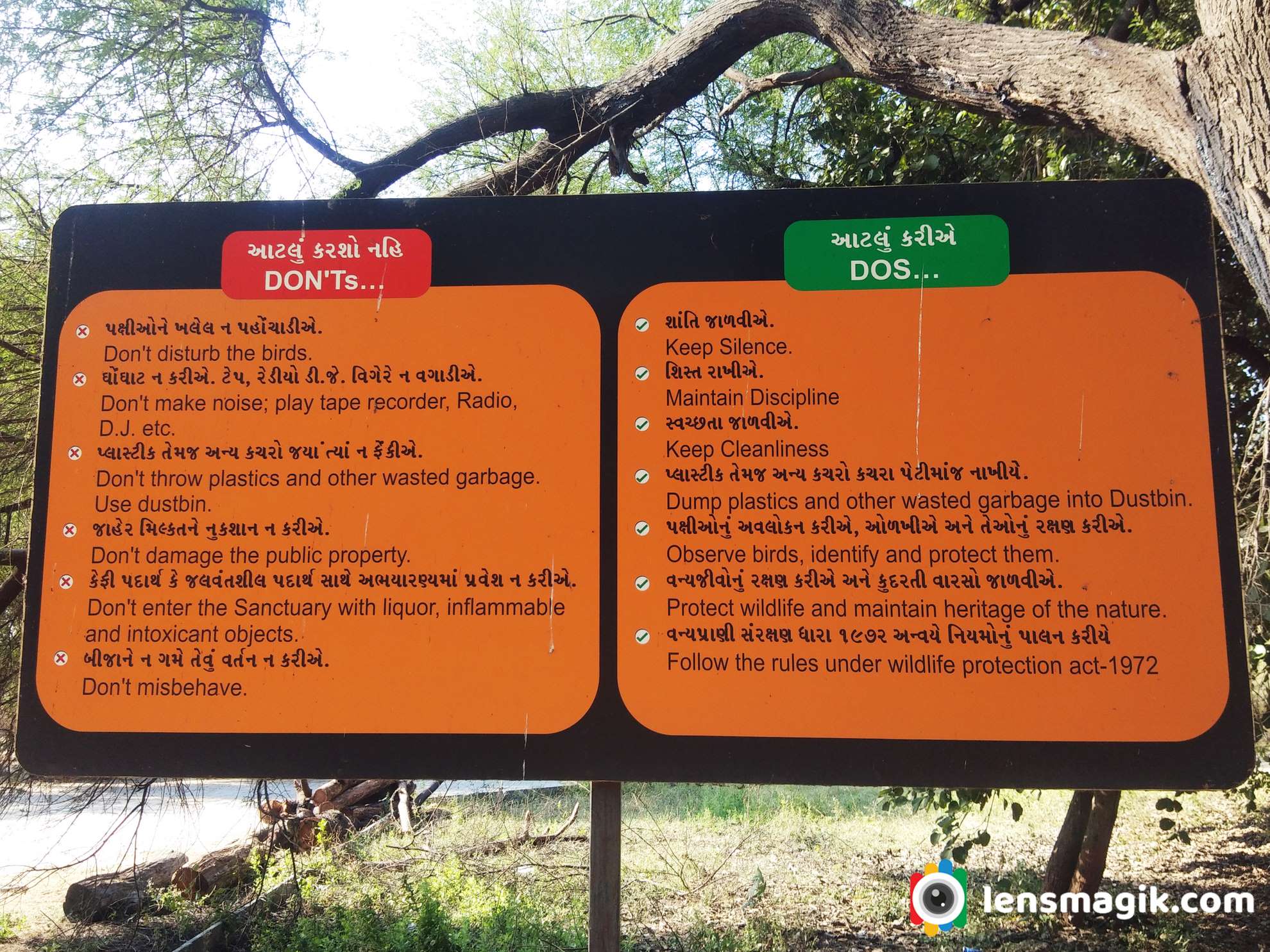
Where to Stay near Thol Lake :
Well near to Thol Lake there are not good places to stay at night but you can go near to destinations like Kadi, Kalol or Gandhinagar , Ahmedabad where you can get good places to stay at night. Nearest I suggest Kalol around 15-18 km or you can go Ahmedabad around 25 km.
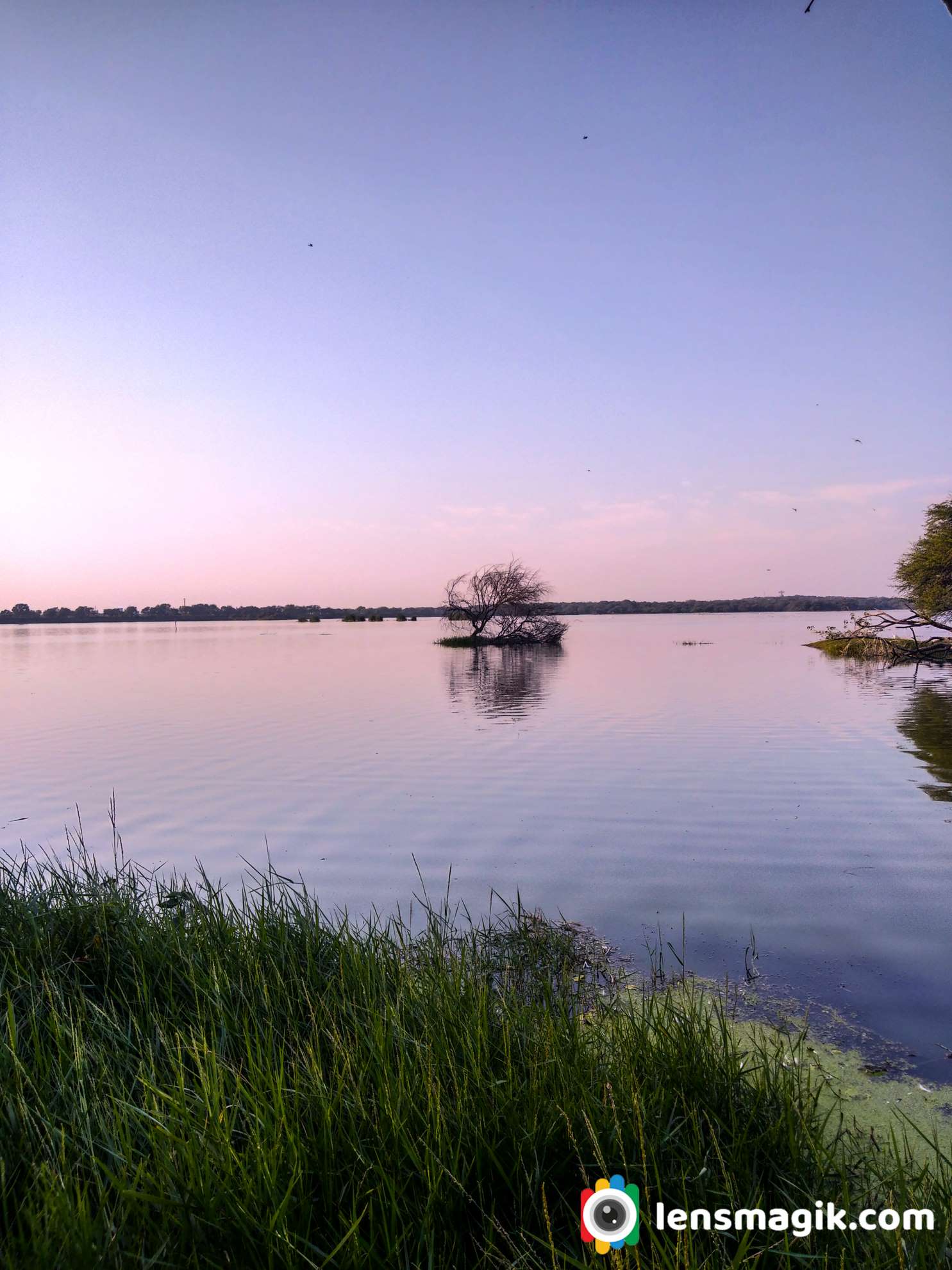

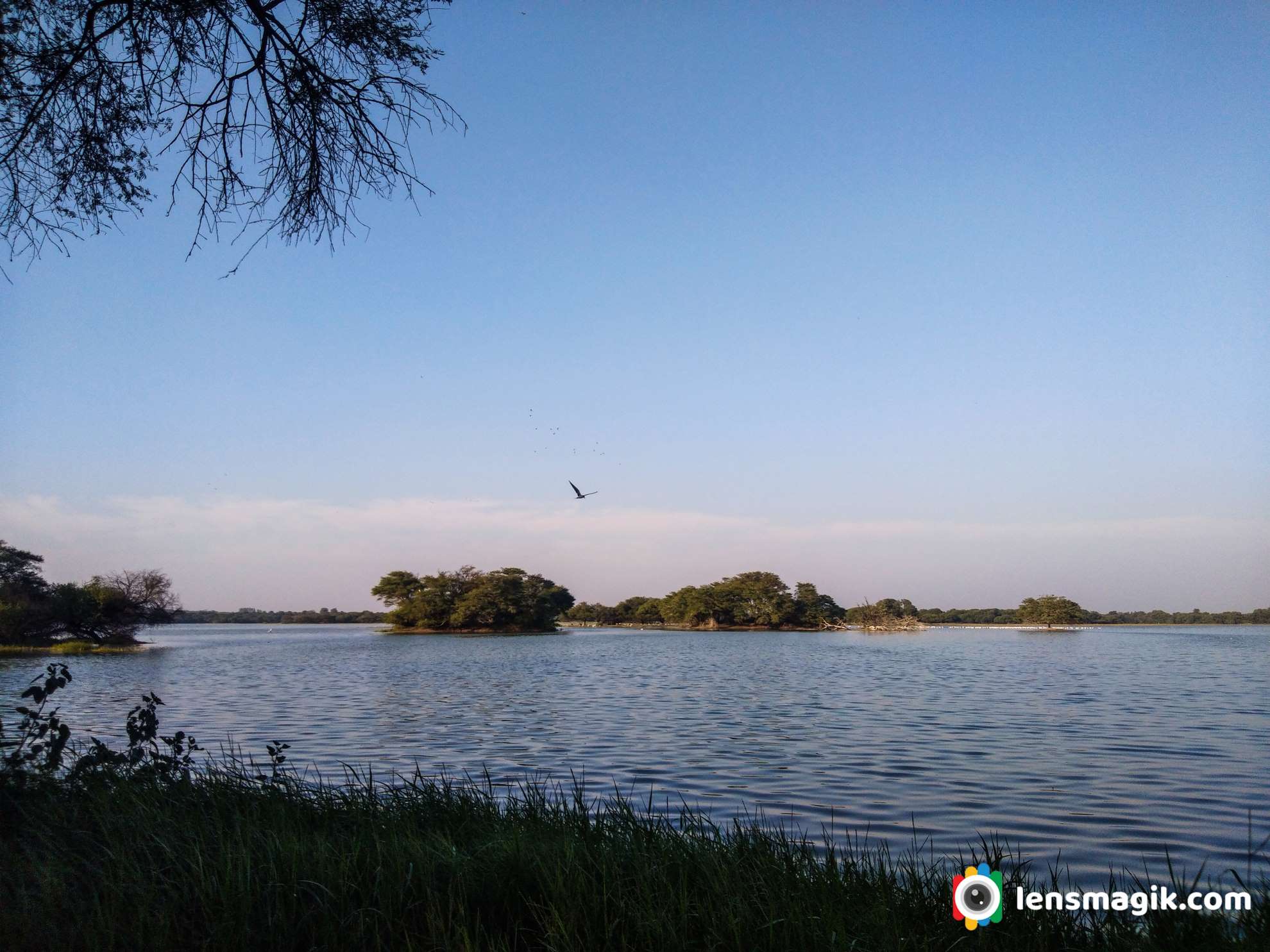


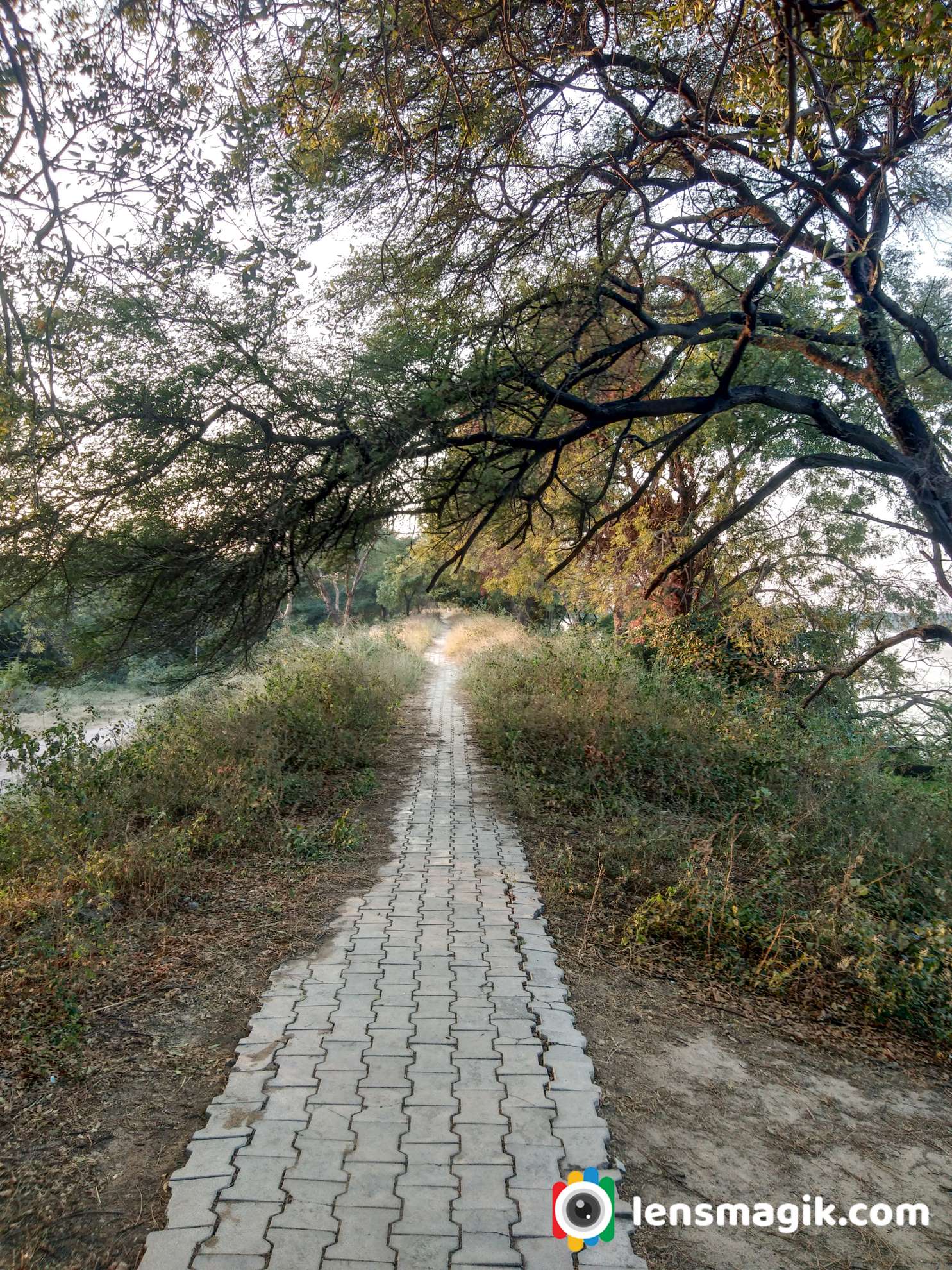
Places to Visit near Thol Lake :
If you are staying at Ahmedabad then go for Ahmedabad Darshan , Pol area of Ahmedabad and Adalaj Ni Vav ( Heritage places ) etc. Also go for fast food test at night at Manek Chauk and SindhuBhavan road there are lots of option for food lovers like Urban Chauk, Freezbee etc.
If you stay at Gandhinagar then visit Mahatma Mandir at Gandhinagar, Sarita udyan , Akshardham Temple etc.
I would suggest Modhera Sun Temple if you had some more time which is around 100km from Ahmedabad. For bird lovers and bird photographer I would suggest visit Little ran of Kutch (LRK) during Winter season, Pariej Lake, Indroda park Gandhinagar, Jessore Sanctuary Banaskantha etc.
How to Reach Thol Sanctuary :
Nearest airport is Ahmedabad and from Ahmedabad thol lake distance is around 30-40 km
Also for Railway station is Ahmedabad because you can get all frequency and destinations from Ahmedabad railway station.
Mt Kanchenjunga or Mt Kangchenjunga both spellings right and whatever you say located in west Bengal India. When i was on my Singalila National park trek i visit it. It was really gesture to see Mt Kanchenjunga from own eyes. A beautiful Mountain surrounded by snow and little bit clouds looks like you are in Heaven. The view i capture makes me very happy to see first time snow mountain in my life. When i was at my last location of my trek at Sandakphu we go for birding and v had a clear mountain view of Kanchenjunga. Kanchenjunga is also spelled Kangchenjunga. Height of Mt. Kanchenjunga/Kangchenjunga is 8586 m . The view of Mt Kanchenjunga from India is amazing as you can see in photos. This Mountain range in wide angle as shown above image looks like Sleeping Budda so this mountain range also known as Sleeping Buddha Mountain Range too.
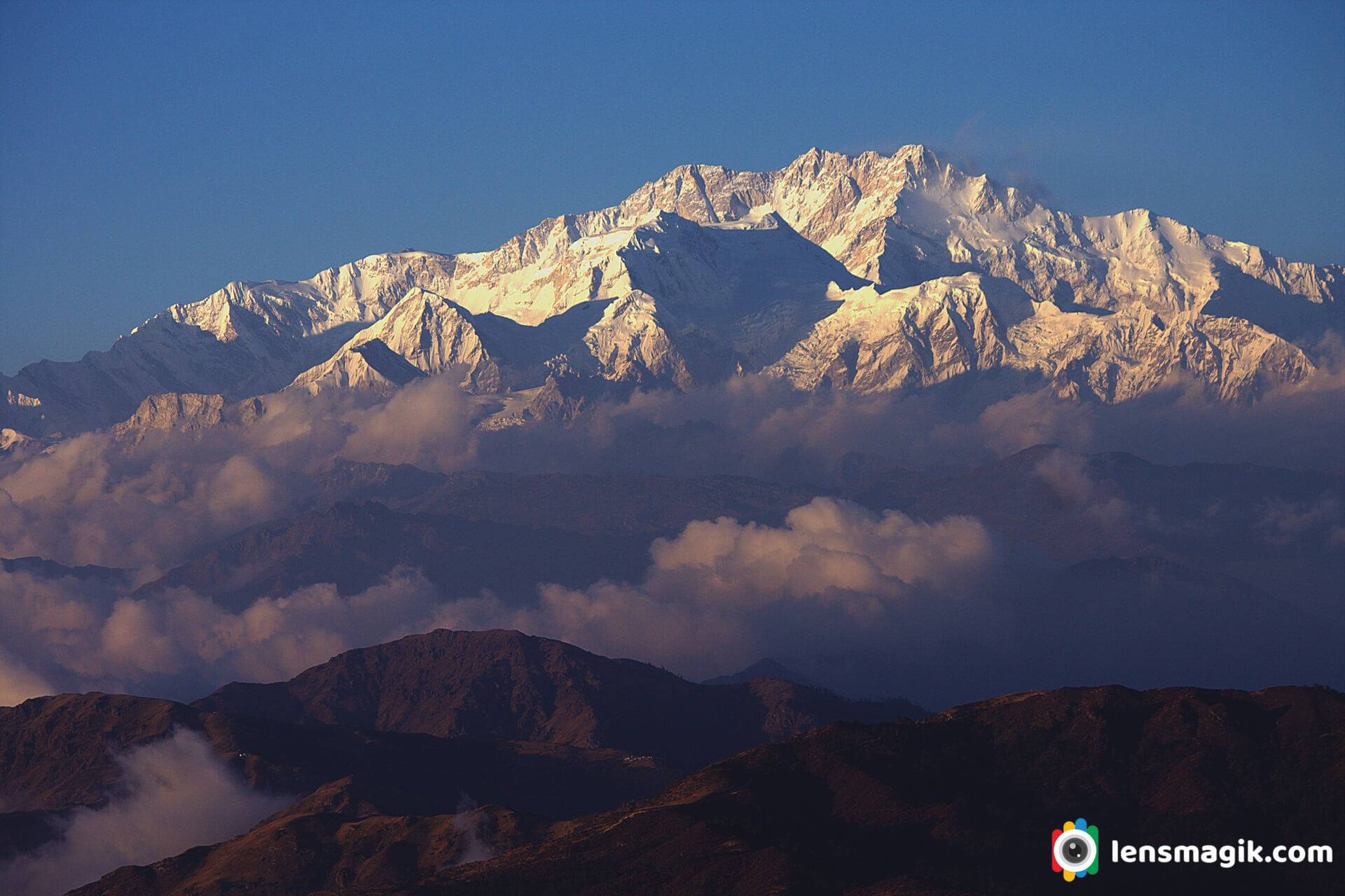
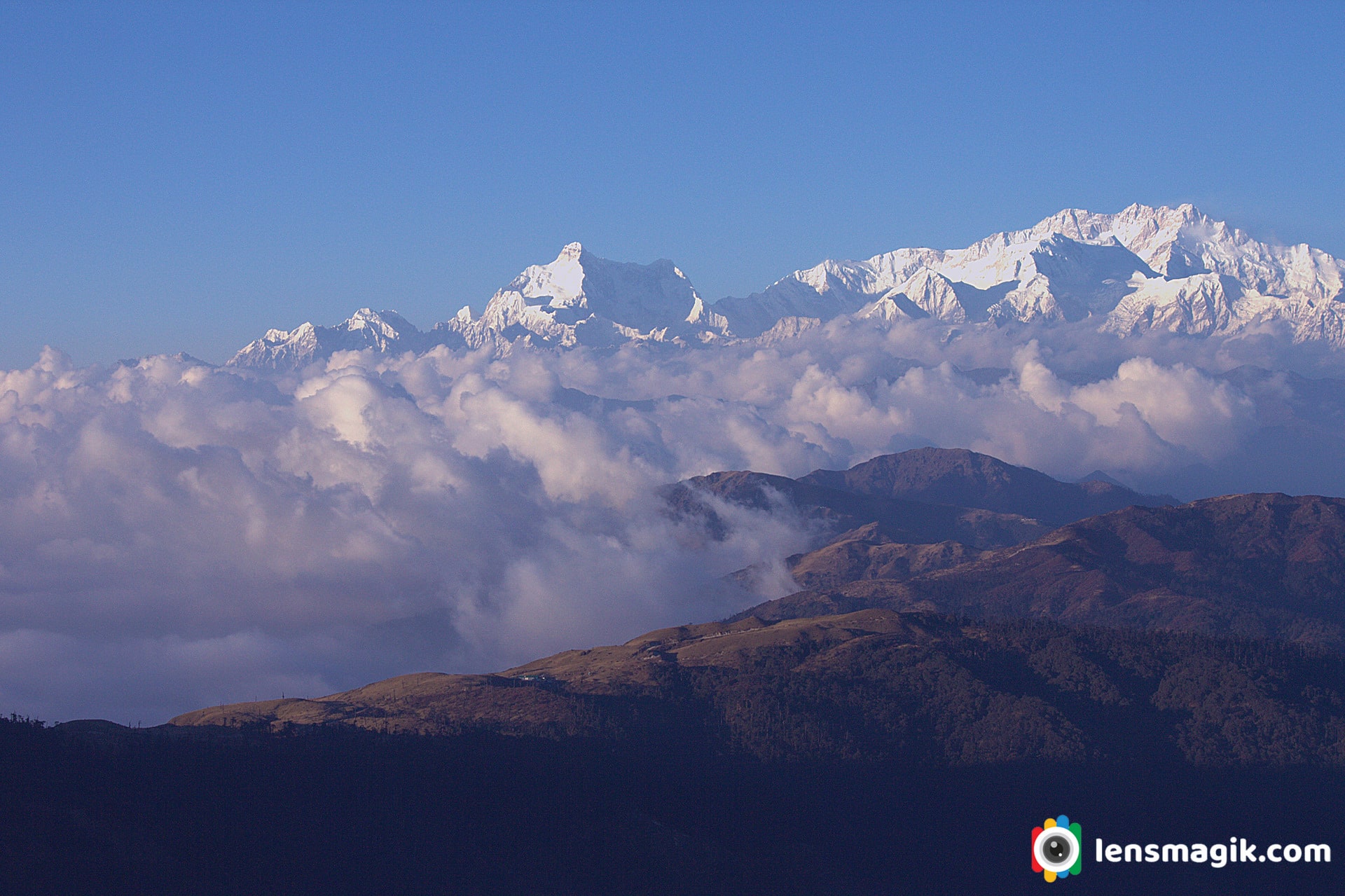
The name Kanchenjunga is derived from sanskrit kanchana ganga . Kanchana means gold and ganga is the river which flows in the region. The river shines like gold and hence the name Kanchana Ganga was given to this mountain.
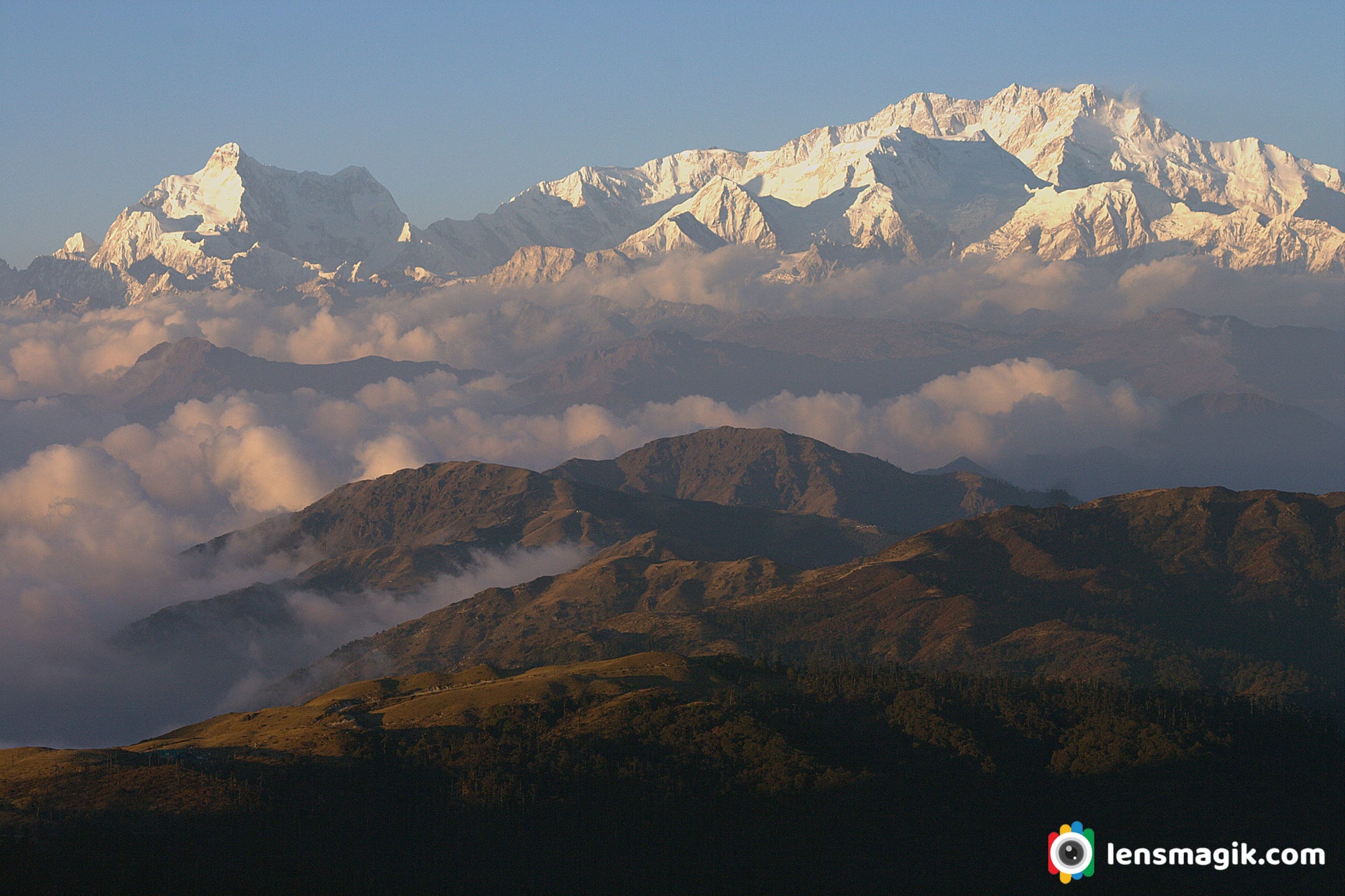
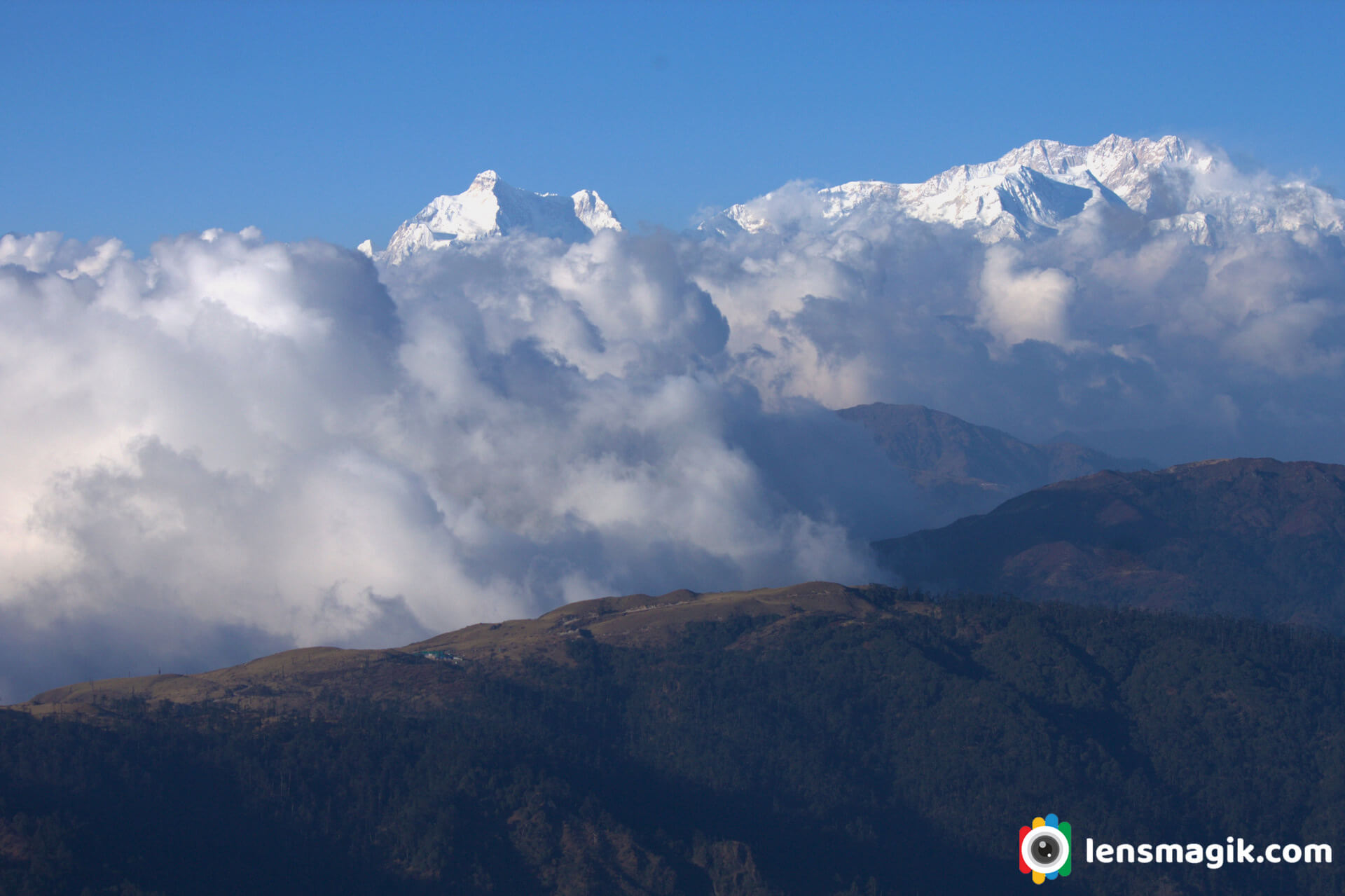
Things to know About Mt. Kanchenjunga/ Mt. Kangchenjunga :
- Kanchenjunga Mountain is about 28,169 ft height and located along the Nepal-India border in the Himalayas.
- It is the third highest mountain in the world.
- It contains 5 peaks and four of them above 27,700 ft of heights.
- Kanchenjunga is also name of surrounding section of Himalayas and means THE FIVE TREASURES OF SNOWS .
- Joe Brown and George Band was the first climber of Kanchenjunga mountain on 25 may 1955.
- Kanchenjunga mountain boundry shared by Nepal, India, China and Bhutan.
- Total 5 peaks of Kanchenjunga are Kanchenjunga Main ( 28169 ft ), Kanchenjunga West ( 27904 ft ), Kanchenjunga Central ( 27828 ft ), Kanchenjunga South ( 27867 ft ), Kangbachen ( 25928 ft ).
- Kanchenjunga Main is the highest elevation of Brahmaputra River.
- There are four climbing route for Kanchenjunga among them 3 are from Nepal and one from Sikkim India.
- It is also known as Sleeping Buddha Mountain range.
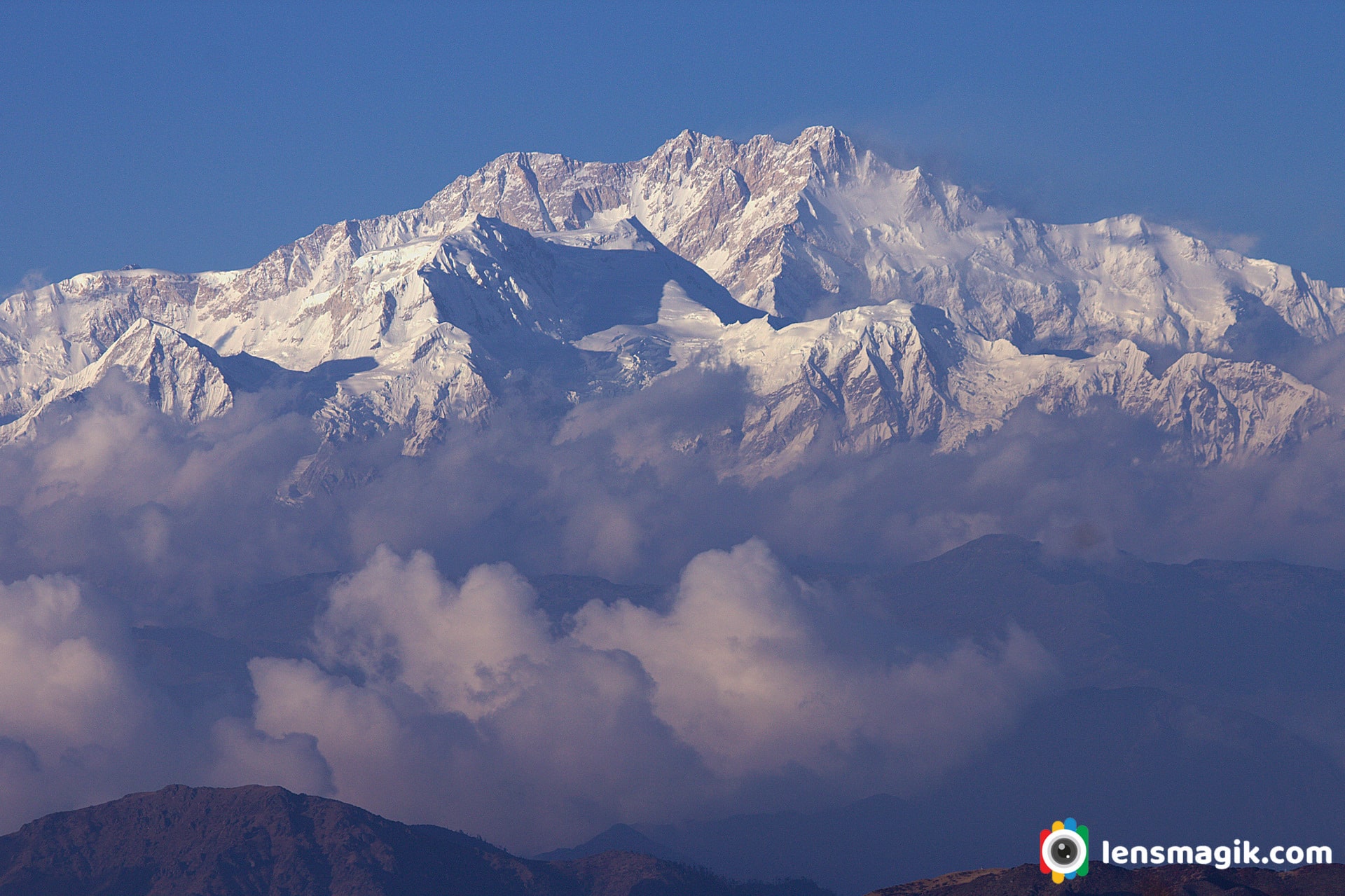
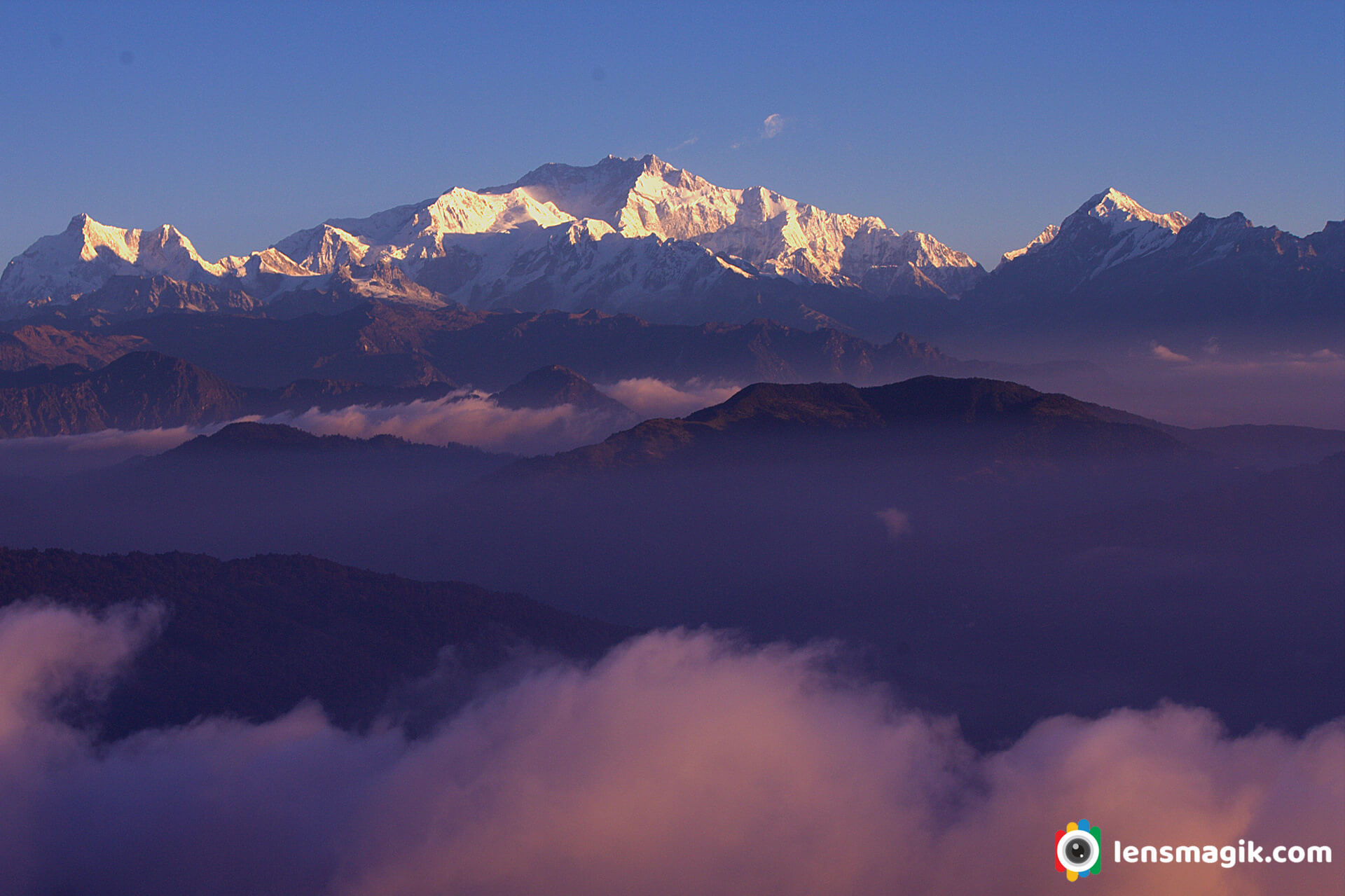
When i was on a tour to Singalila National Park we have a terrific view of Kanchenjunga mountains and also other Himalayan mountains. The best view of Kanchenjunga i saw from Sandakphu located at India-Nepal border. I also saw Mt. Everest from here. Everest is on a long distance but if weather is clear you can see it very clearly.
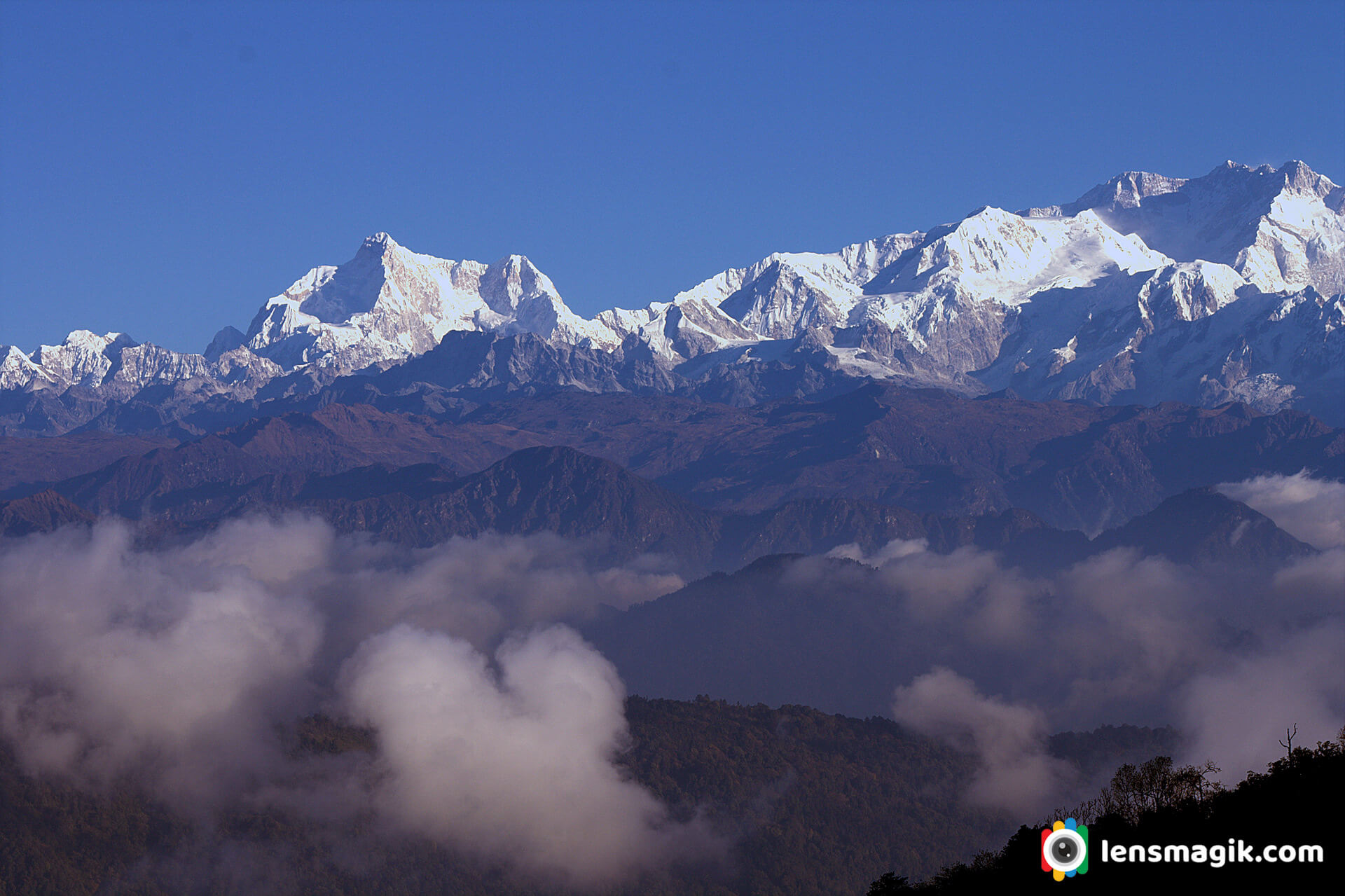
In above picture the mountain shows in left side ( Triangle 3 peaks ) of Mt Kanchenjunga is Kumbhakarna Mountain.




Sandakphu trek is one of the beautiful trek among India and also of Himalayas. During summer lots of trekkers go for these trek and also Phalut trek. At Sandakphu you can stay a night and just see at night the sky is full of stars. I was never seen such stars in my life. A milky way you can see and it was amazing experience of star gazing at Sandakphu. Also after dark a sunrise is beautiful as enough. At 4 or 4:30 am sunrise time and we were ready to see first light of sun rays on Himalayan mountains. The color of rays are red orange color looks beautiful on snow mountain of Kanchenjunga. Thats the beauty of Himalayas.

For climbing Mt. Kanchenjunga you can go from Nepal only because Indian Government has been closed Northeastern Sikkim route of Kanchenjunga since 2000. To See Mt. Kanchenjunga from India Sandakphu is the best place. You can go to Sandakphu via Trek or via Range Rover car hire at manebhanjan village. Nearest airport is Bagdogra or you can go to Kolkata and go for overnight train from Kolkata.
Gear used : Canon 1000 D body, Canon 18-55 mm lens, Canon 55-250 mm lens.